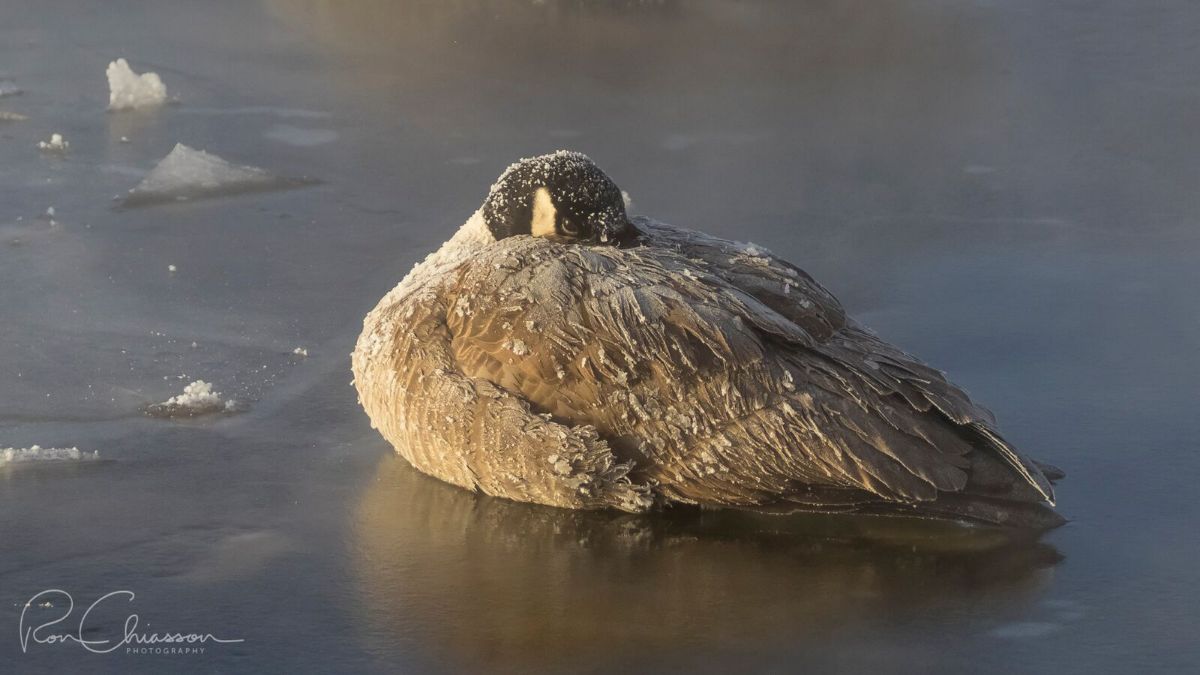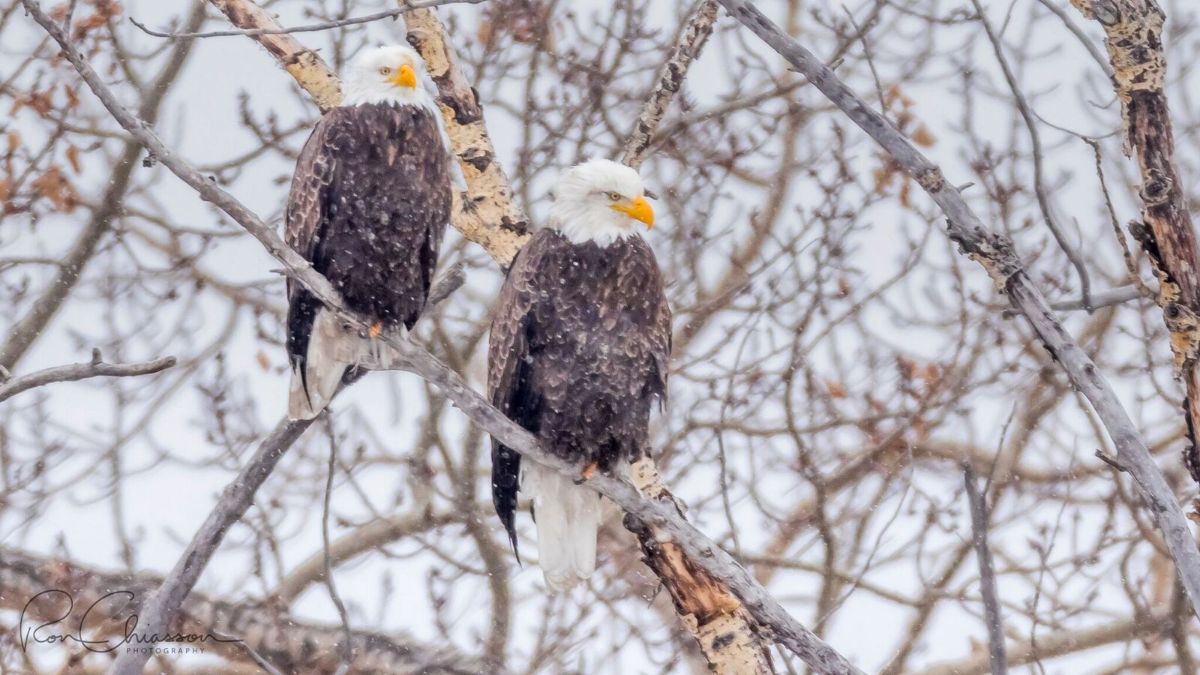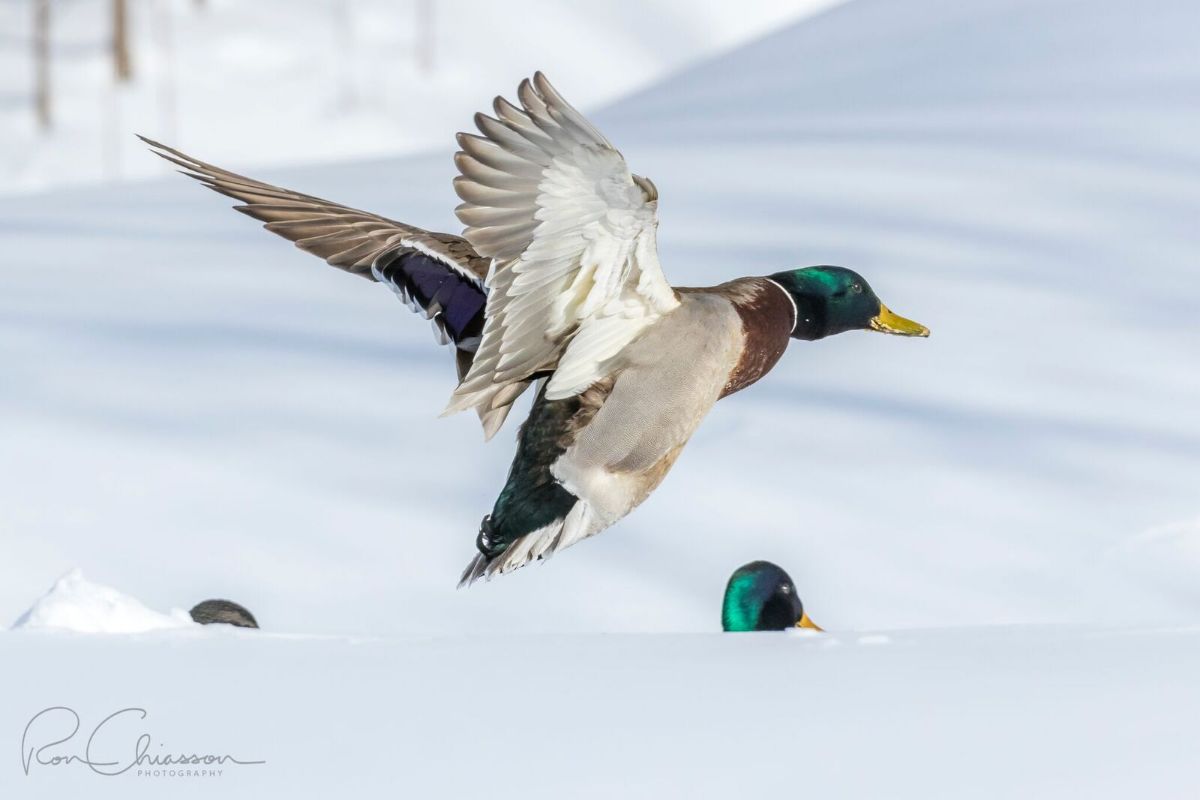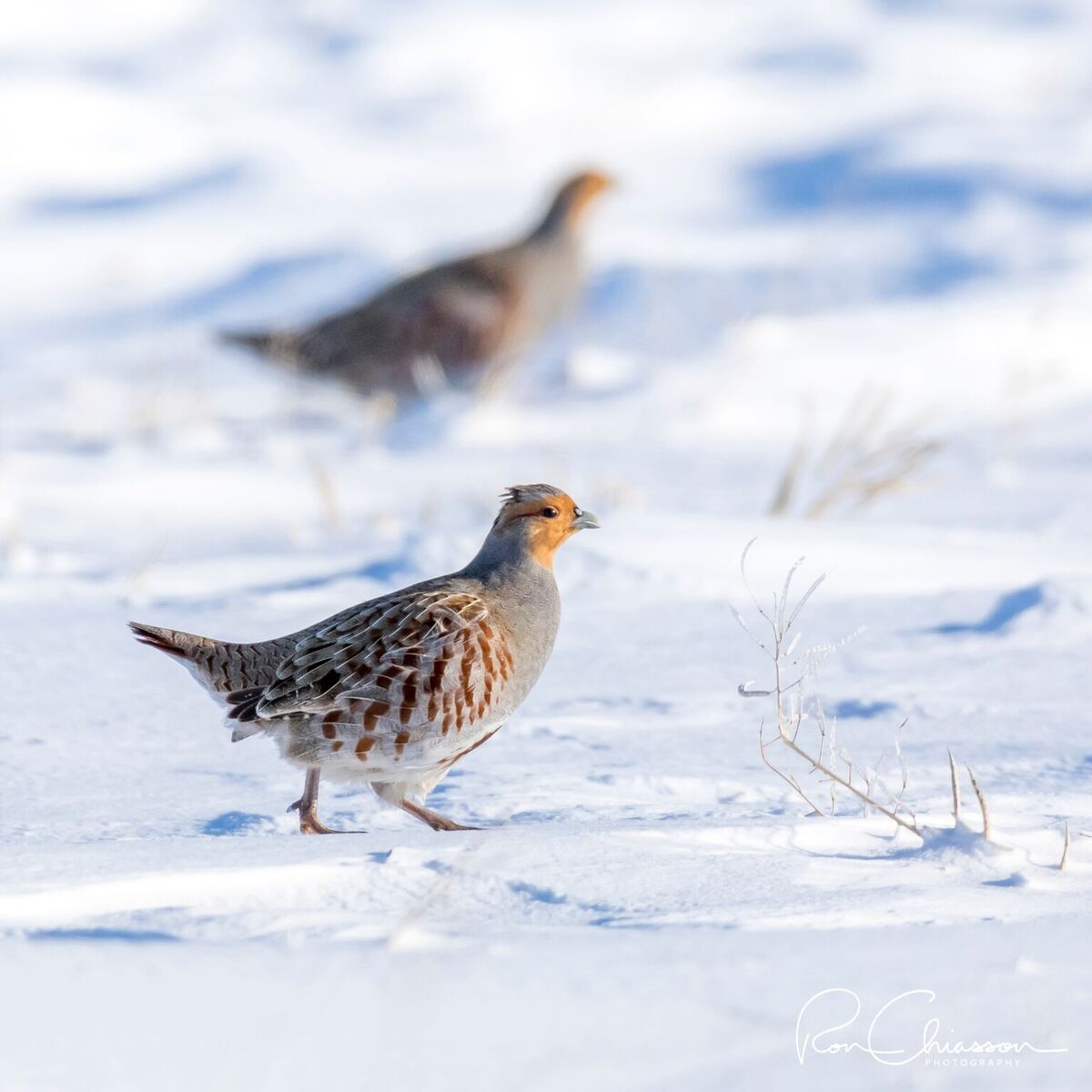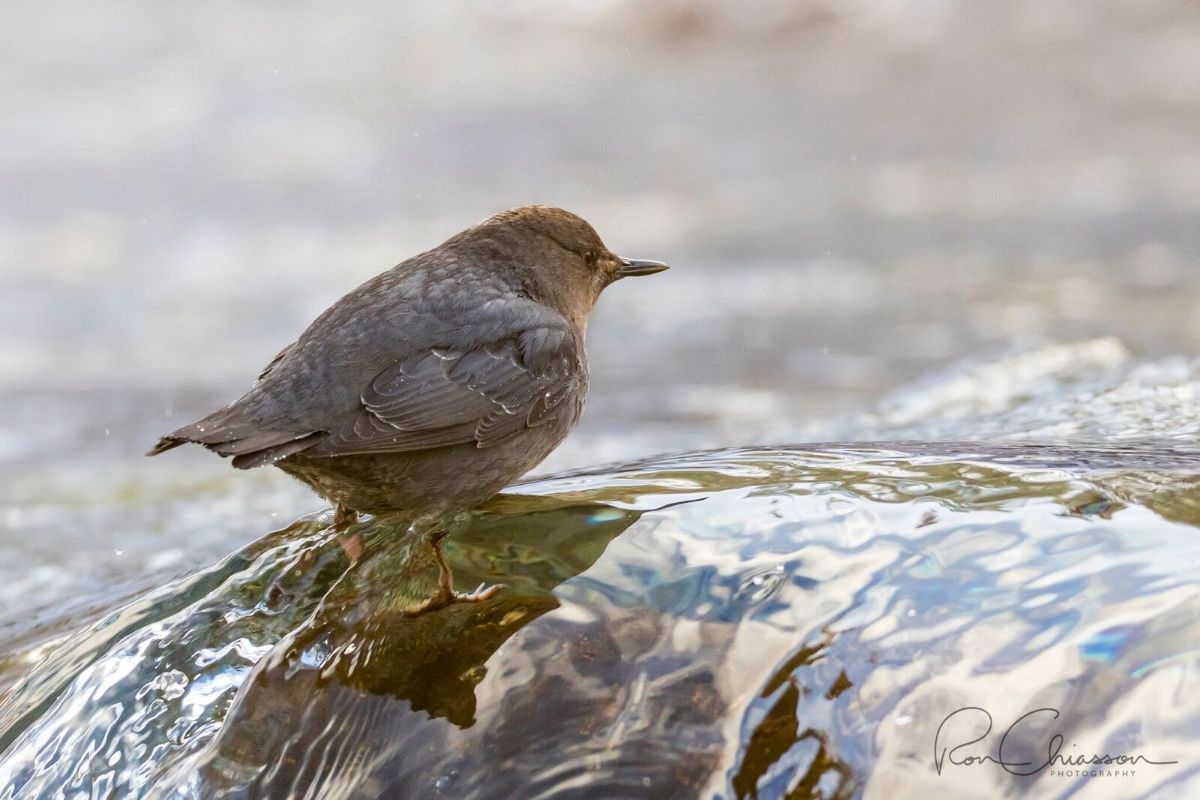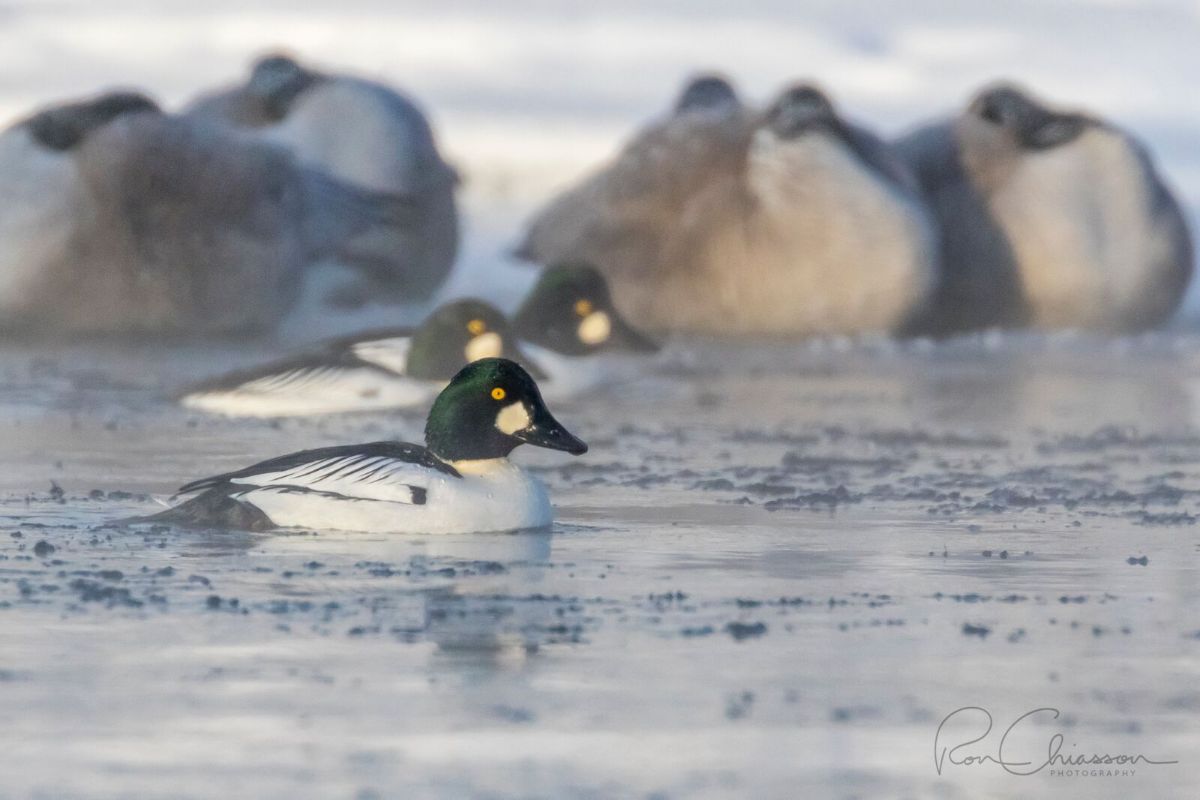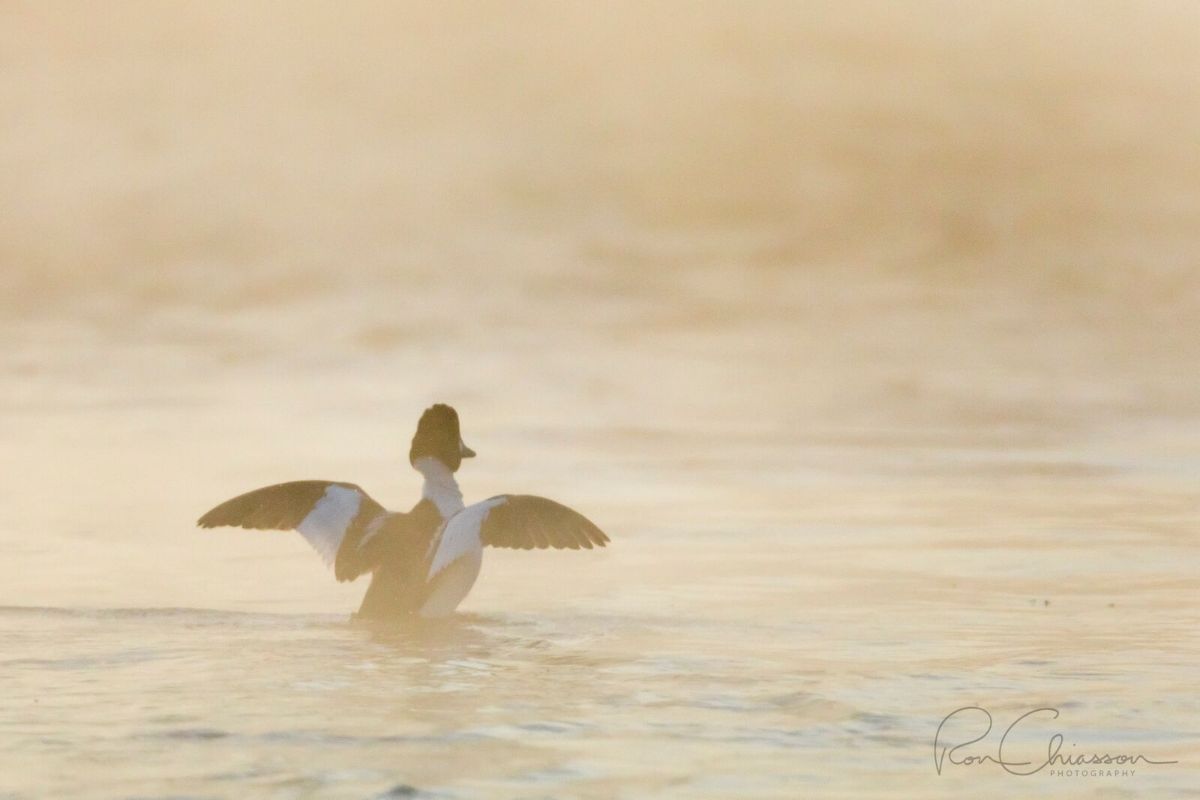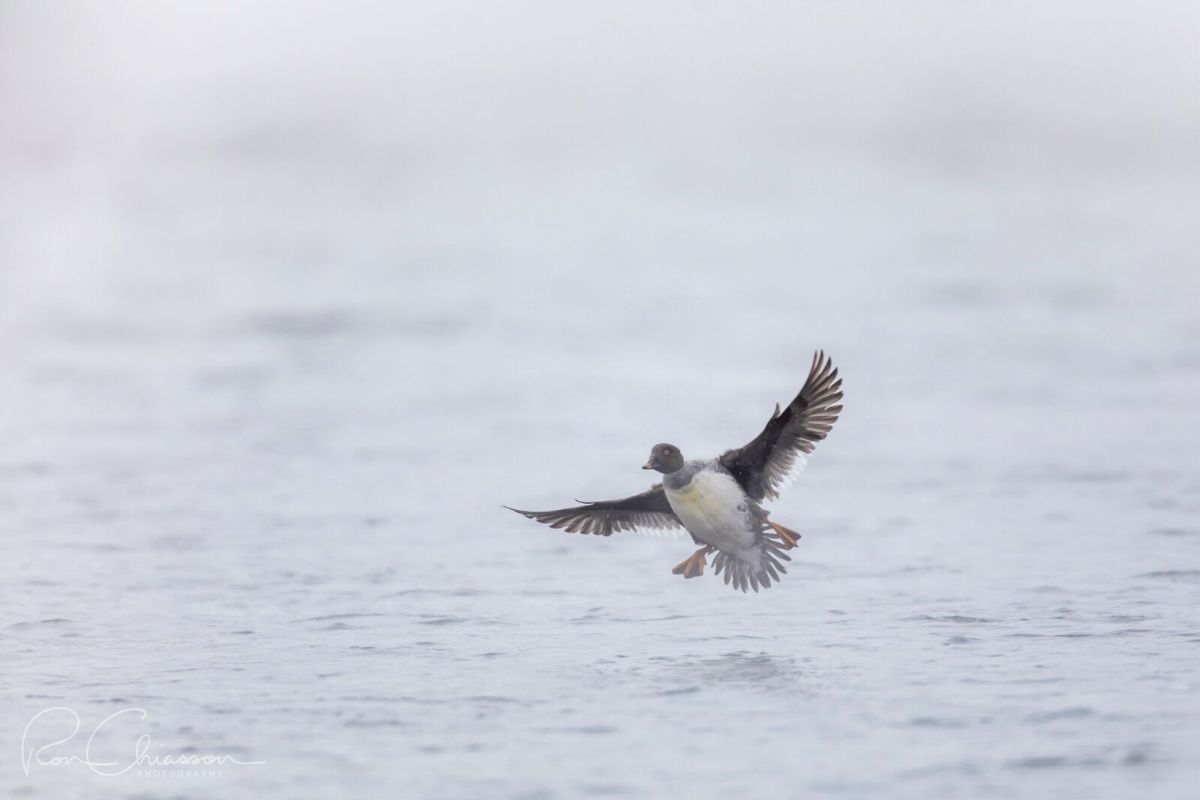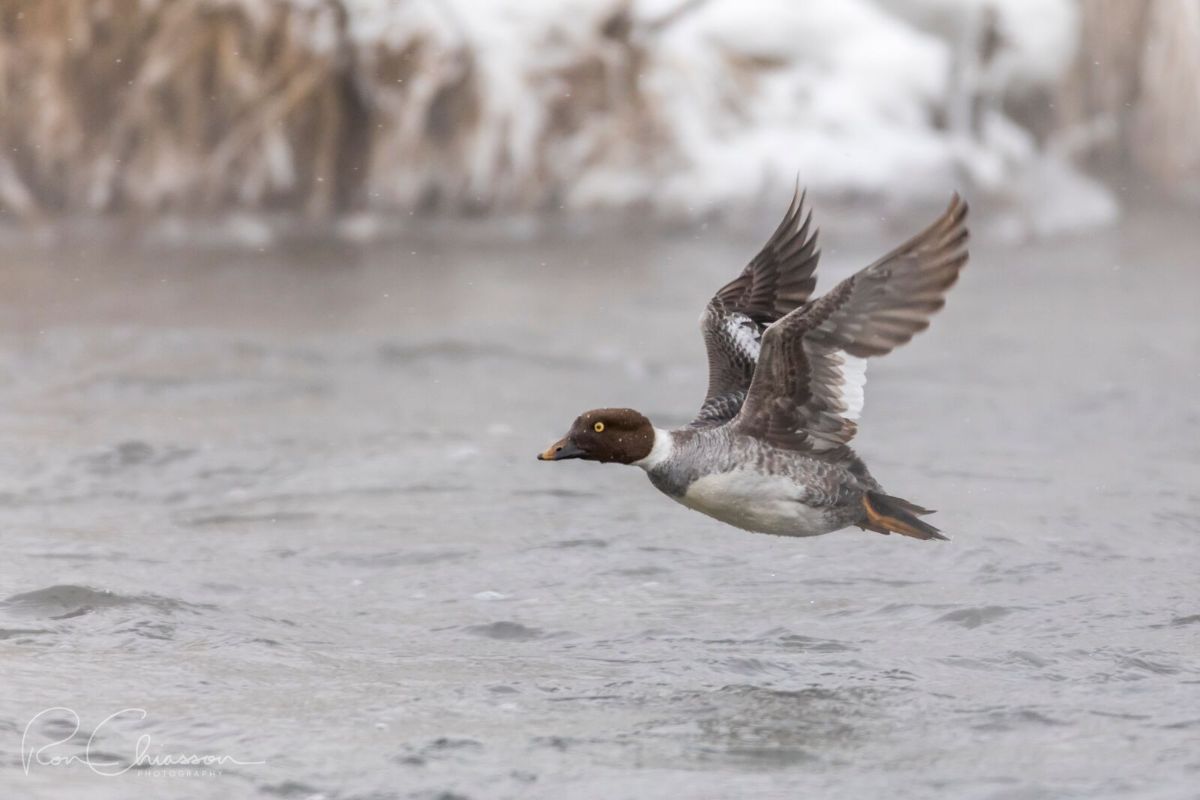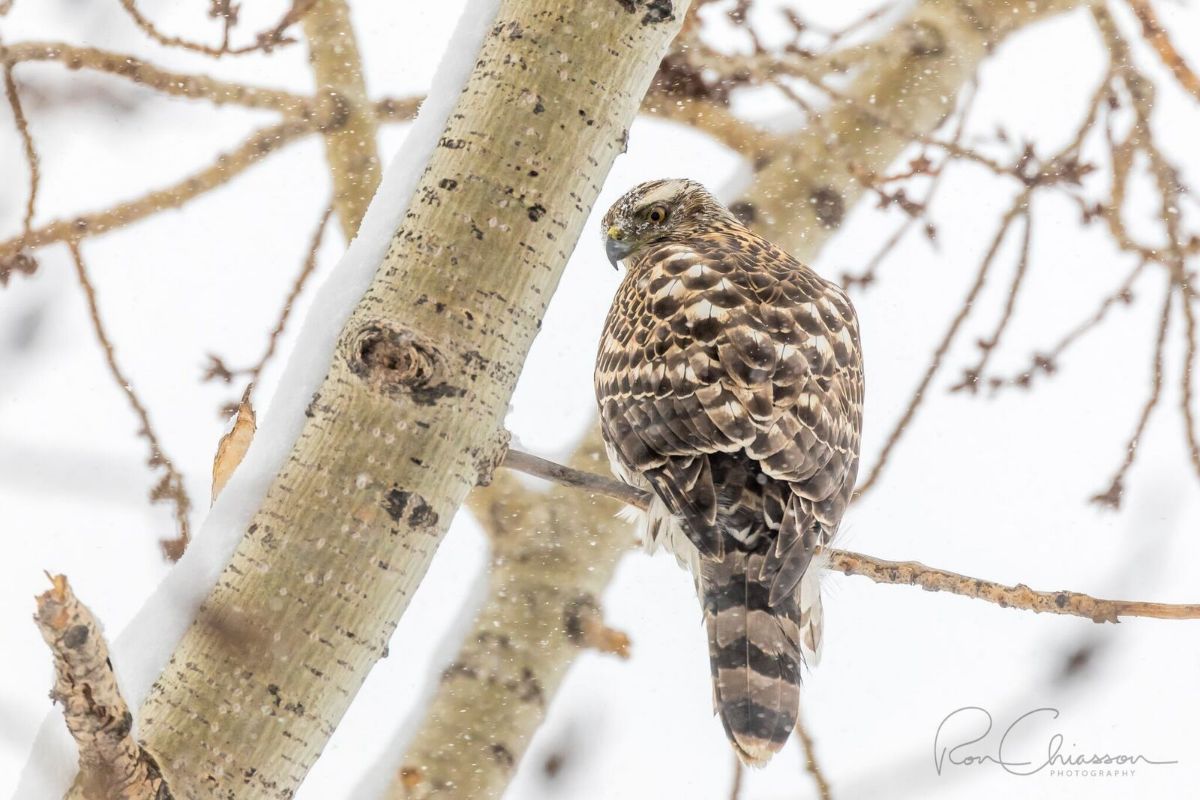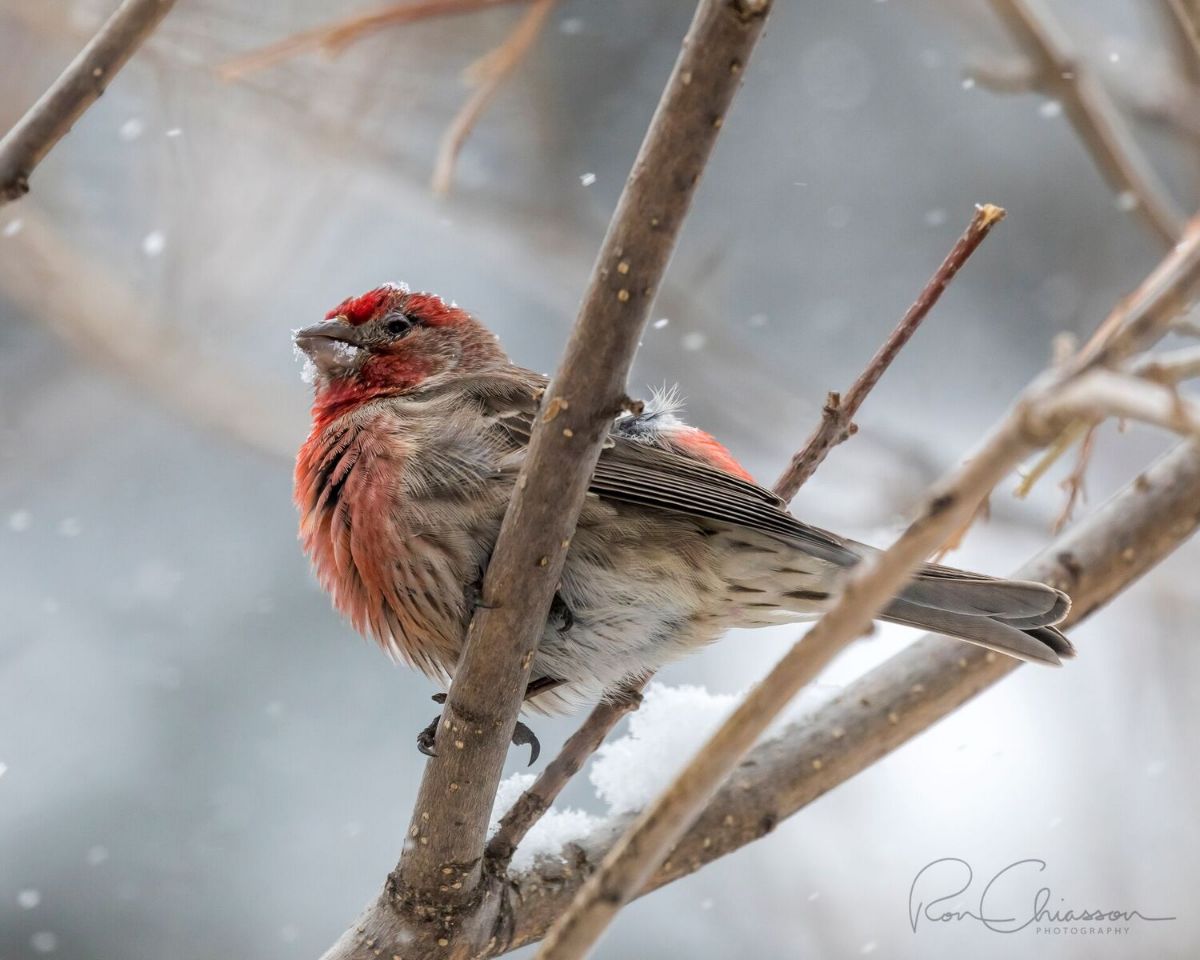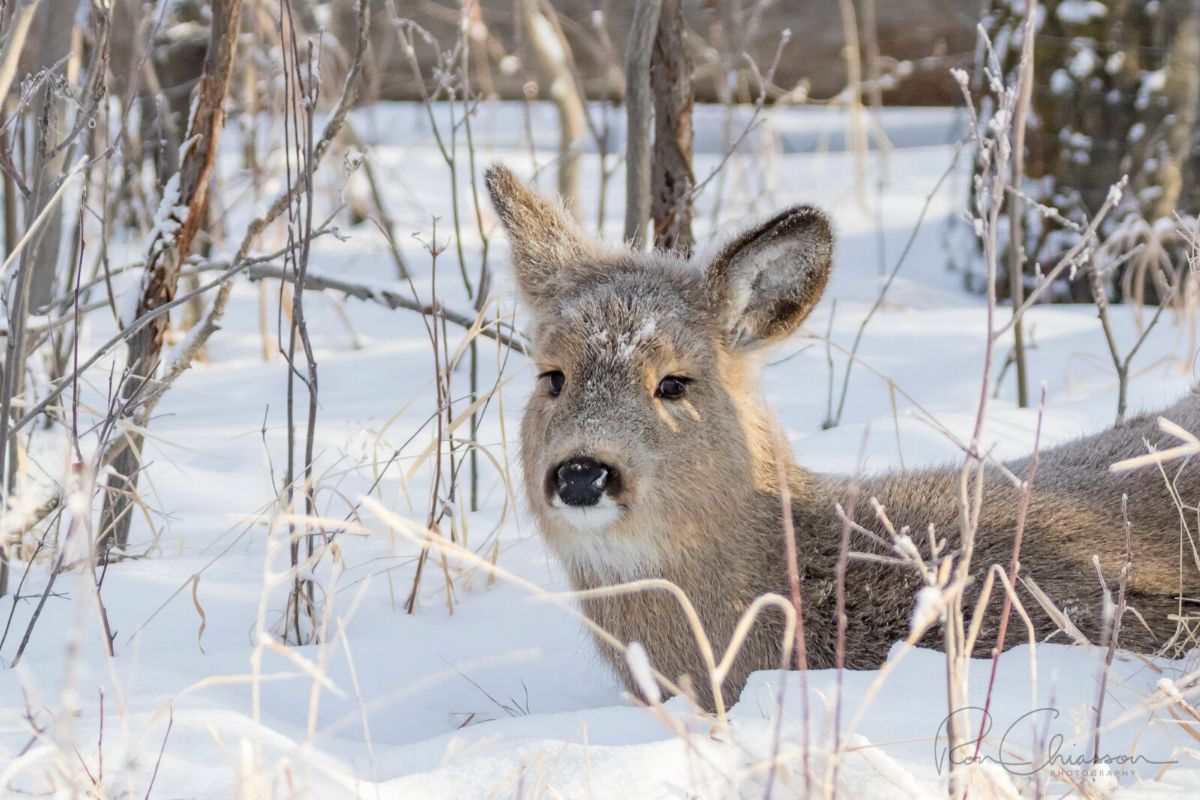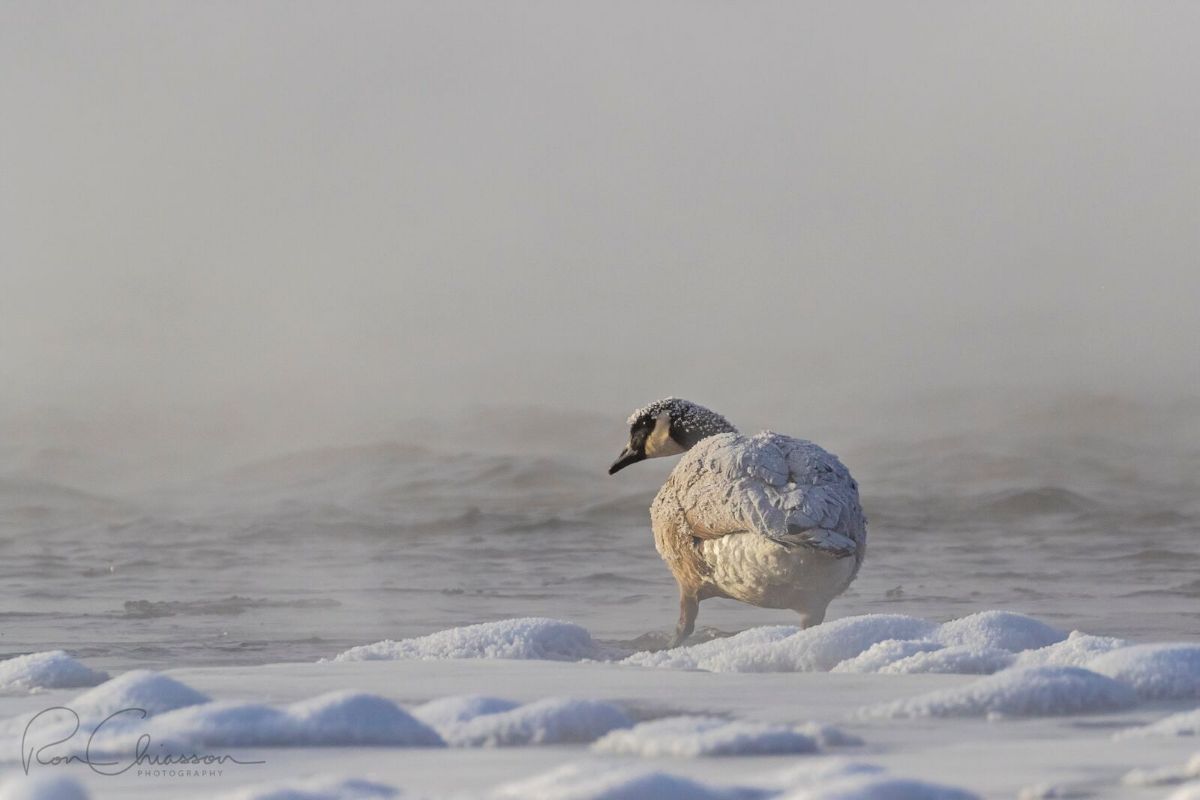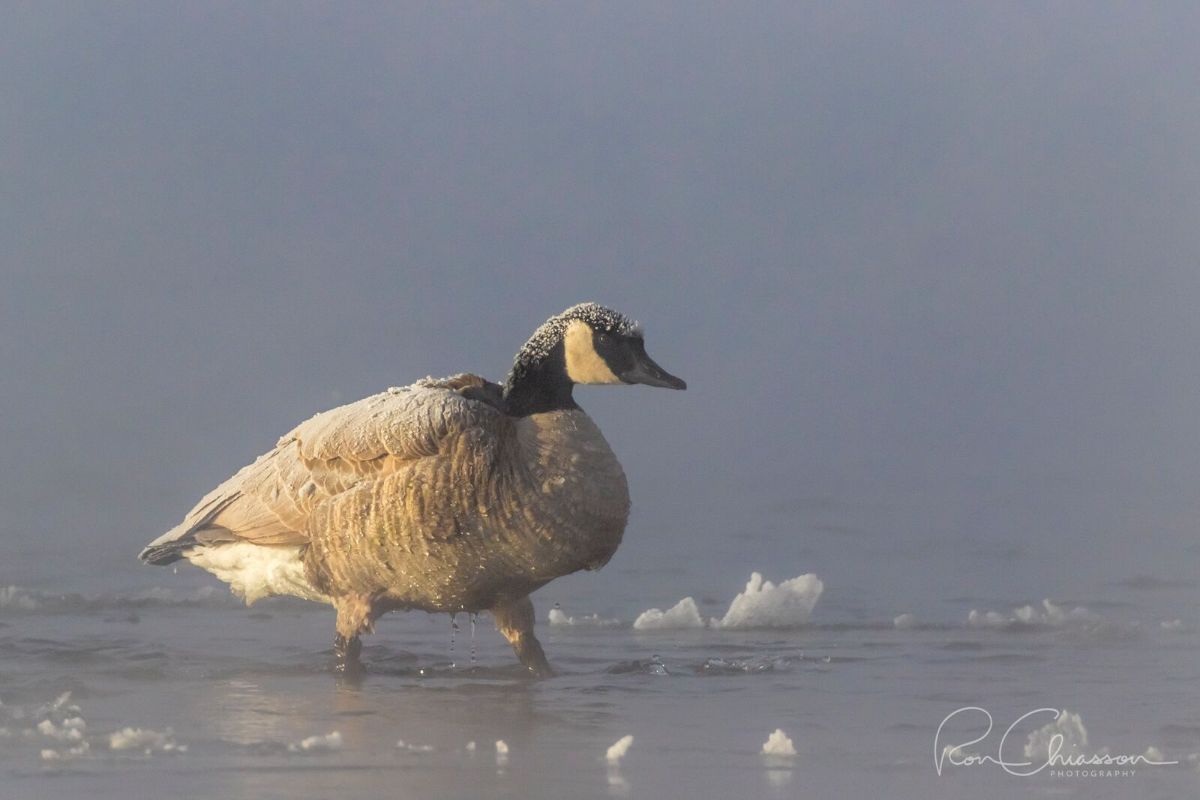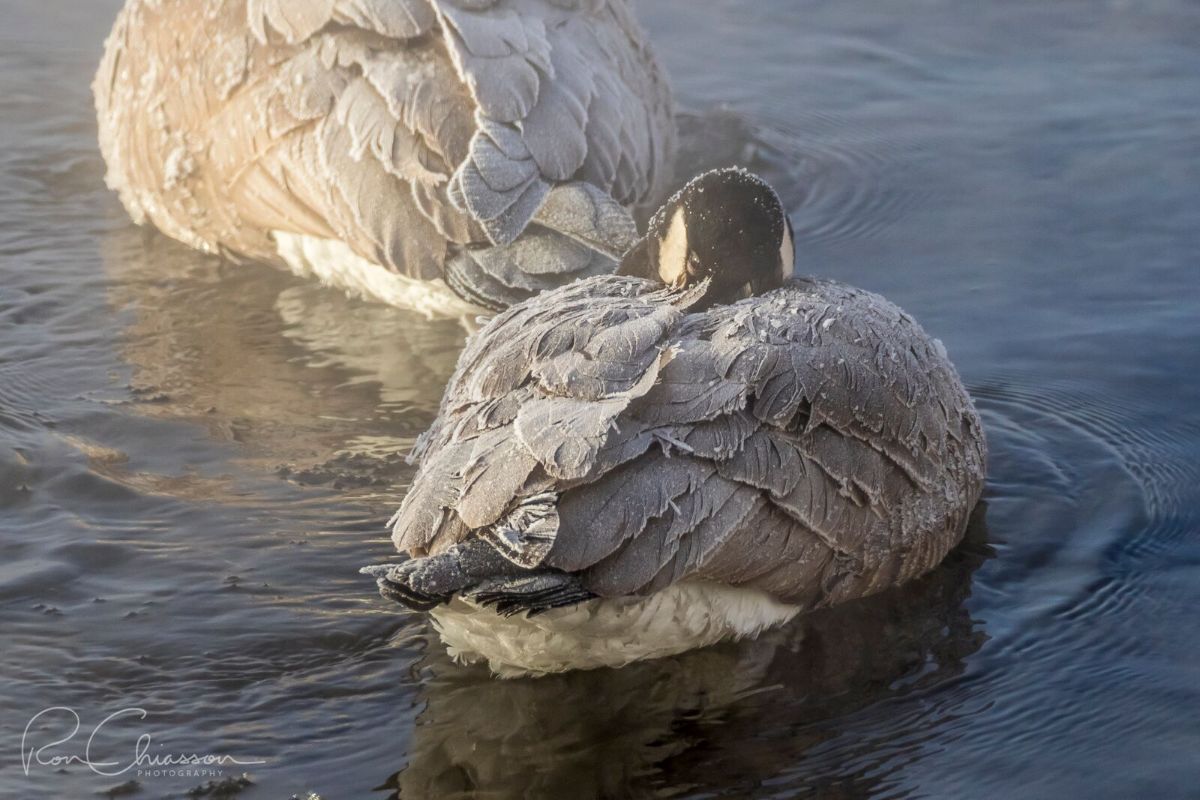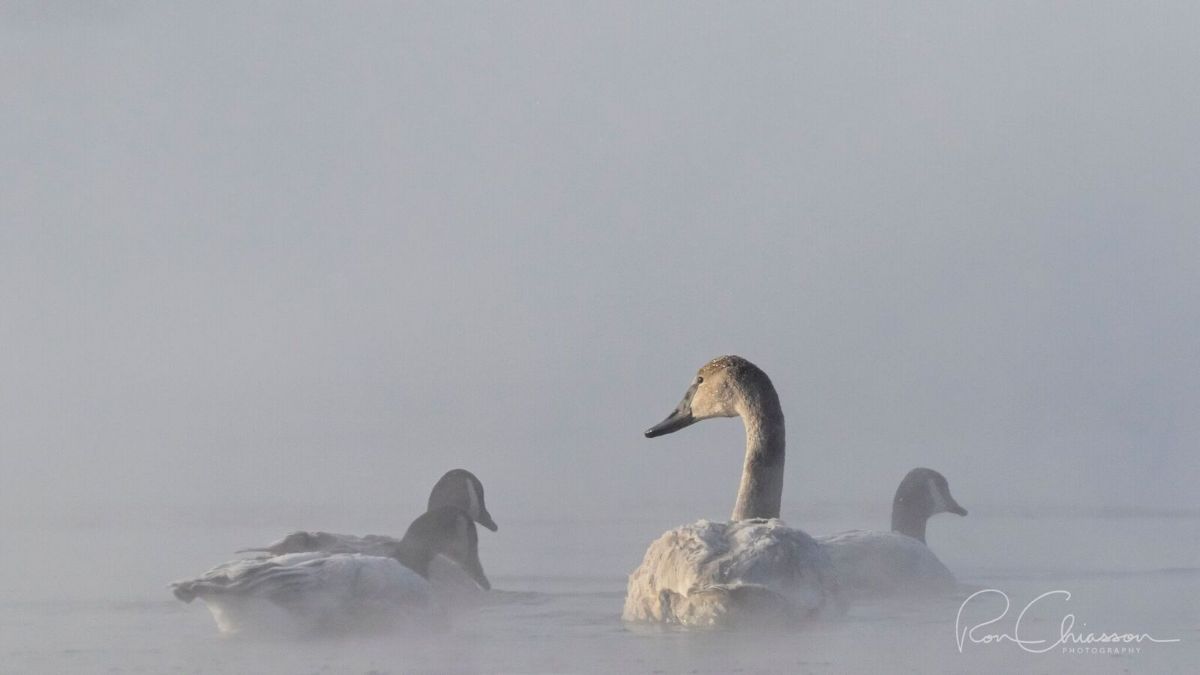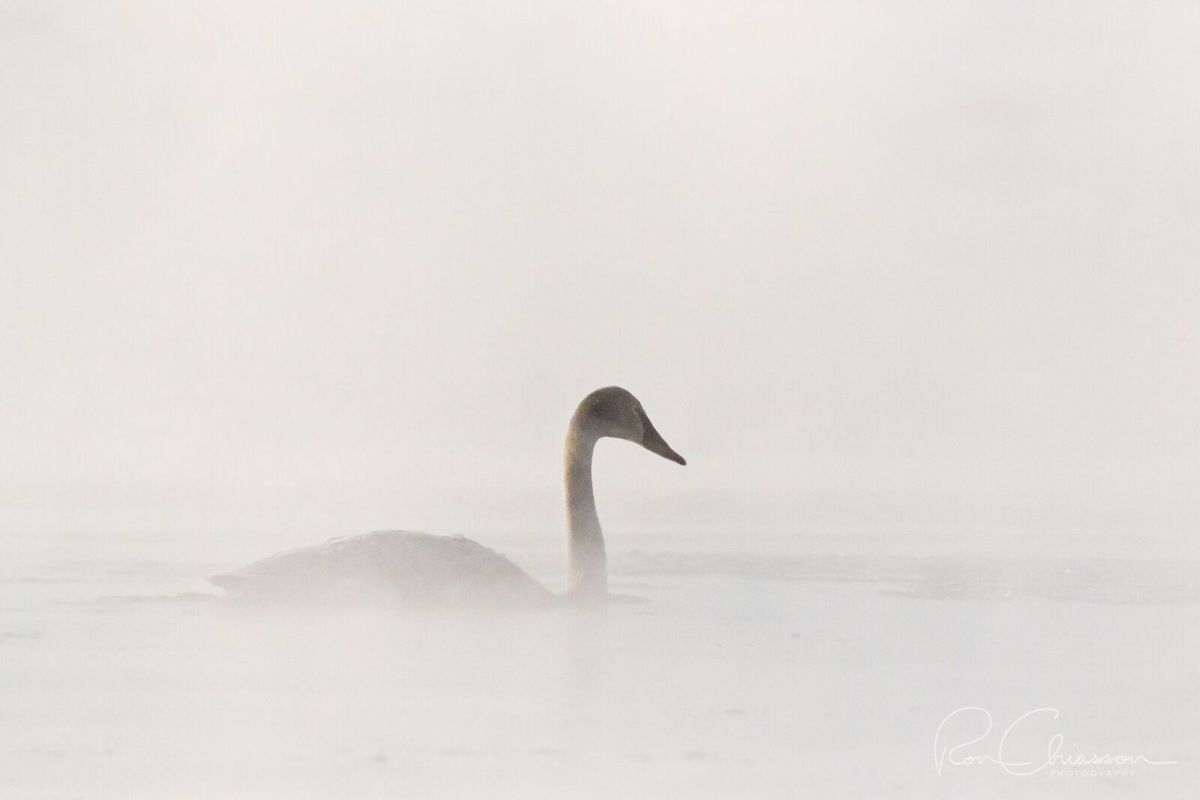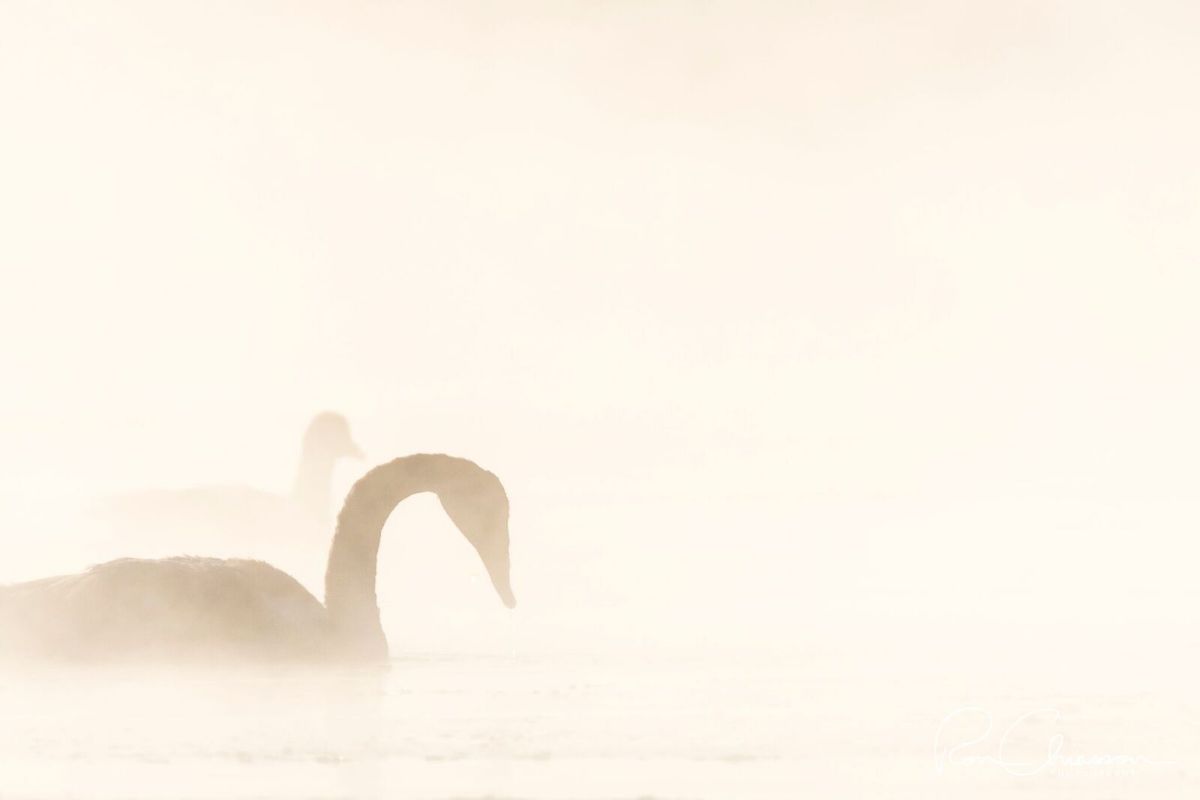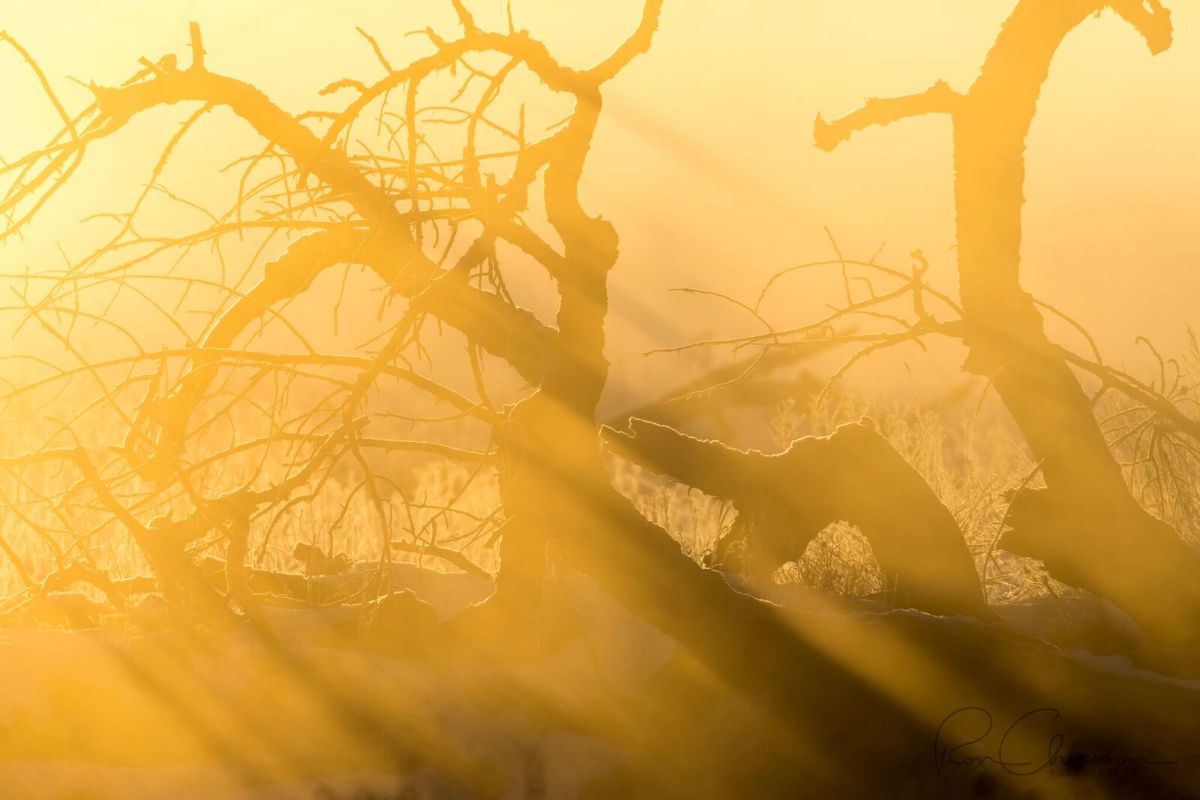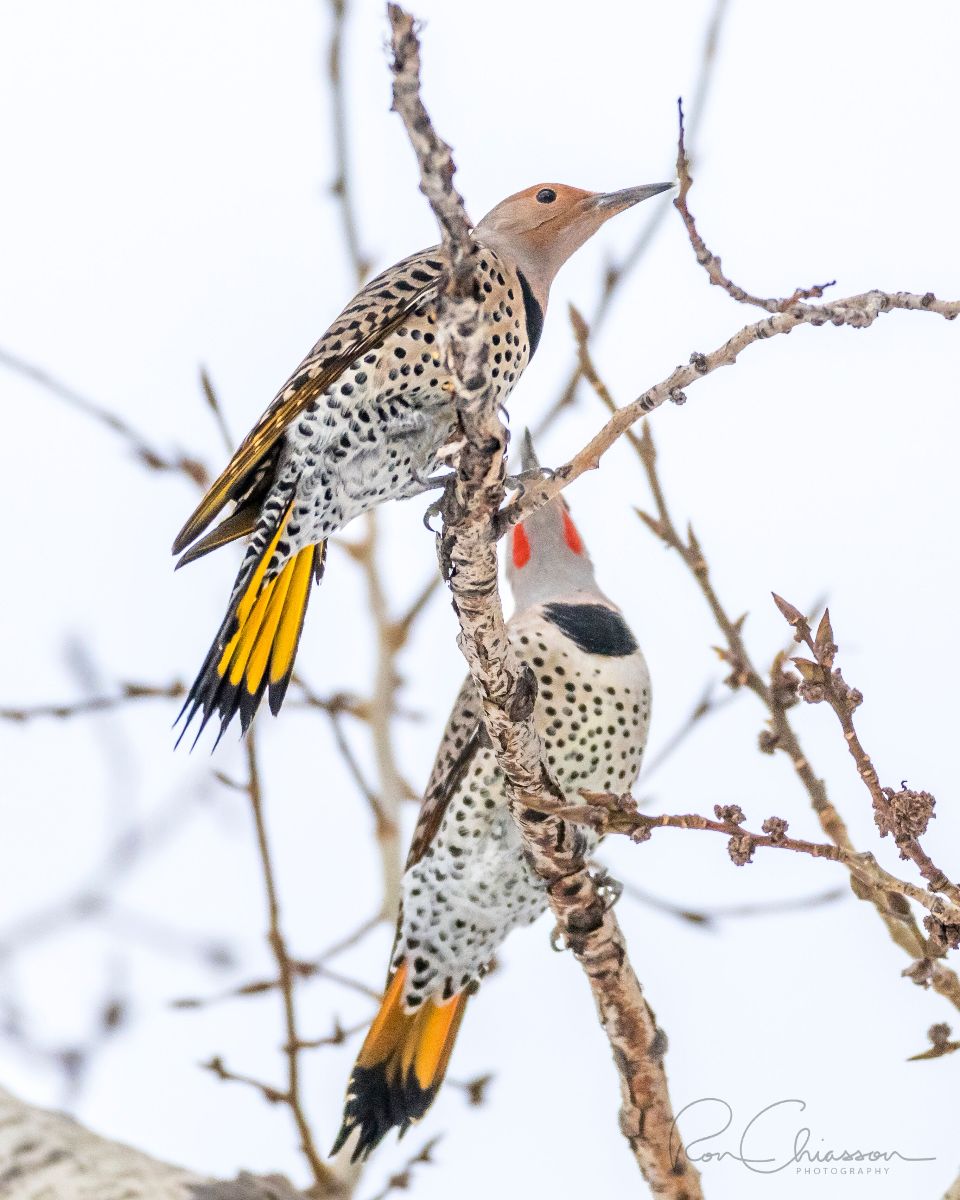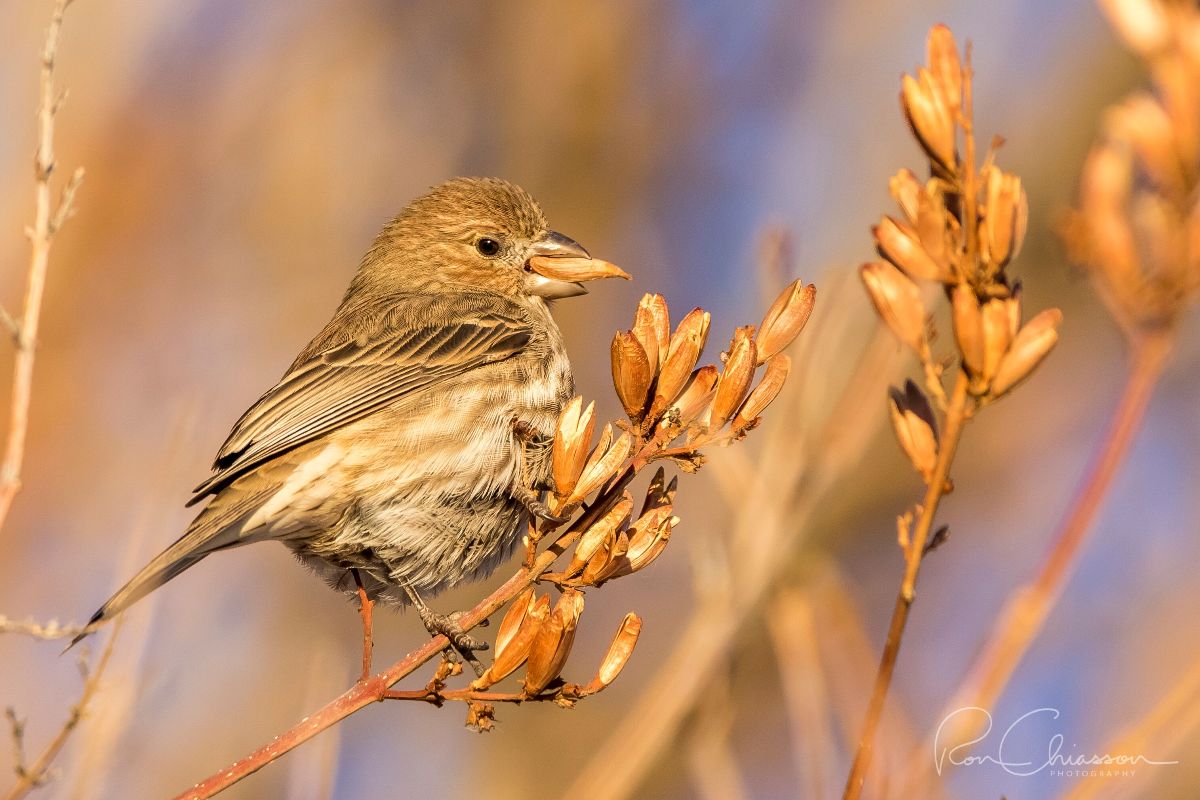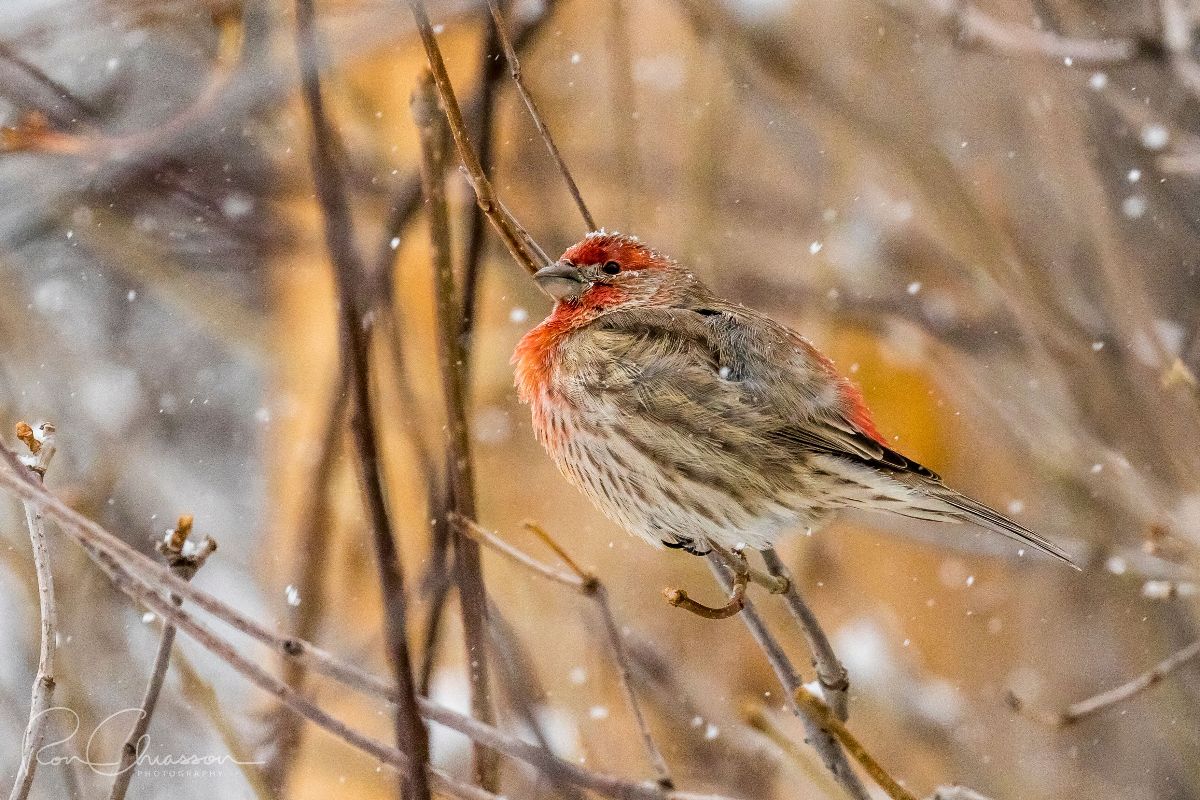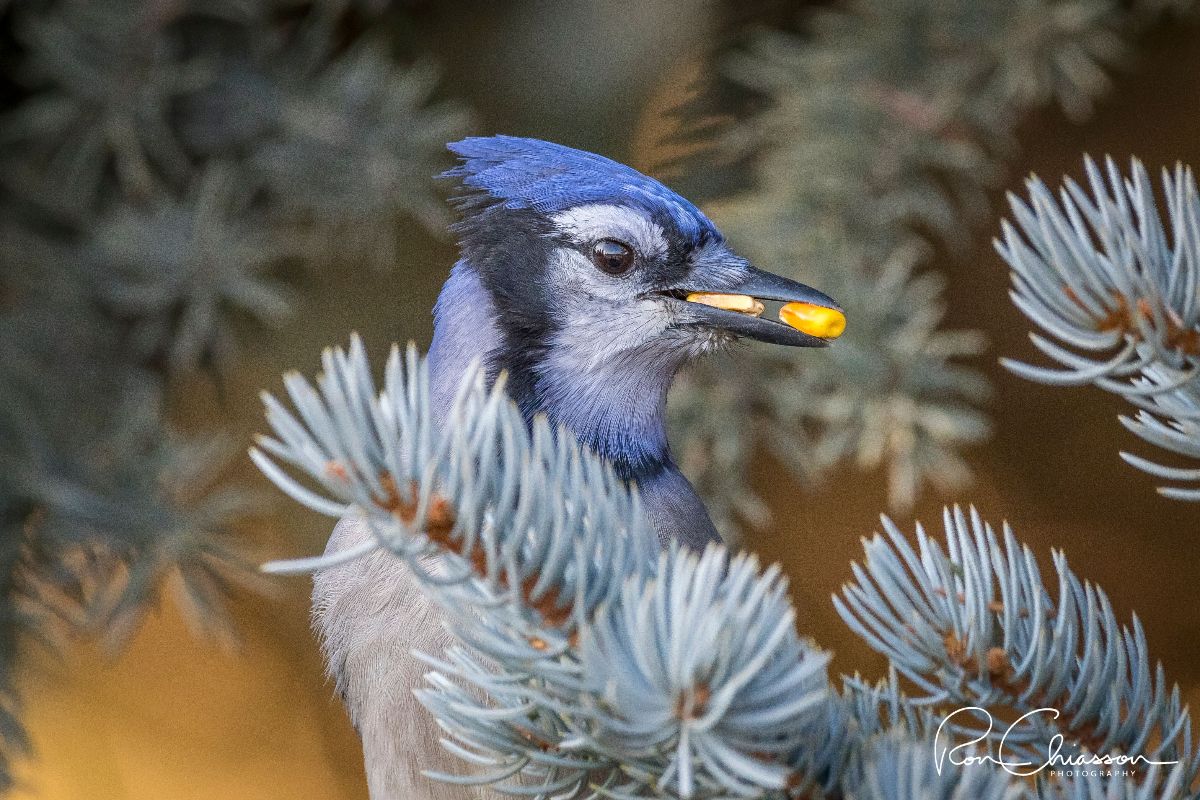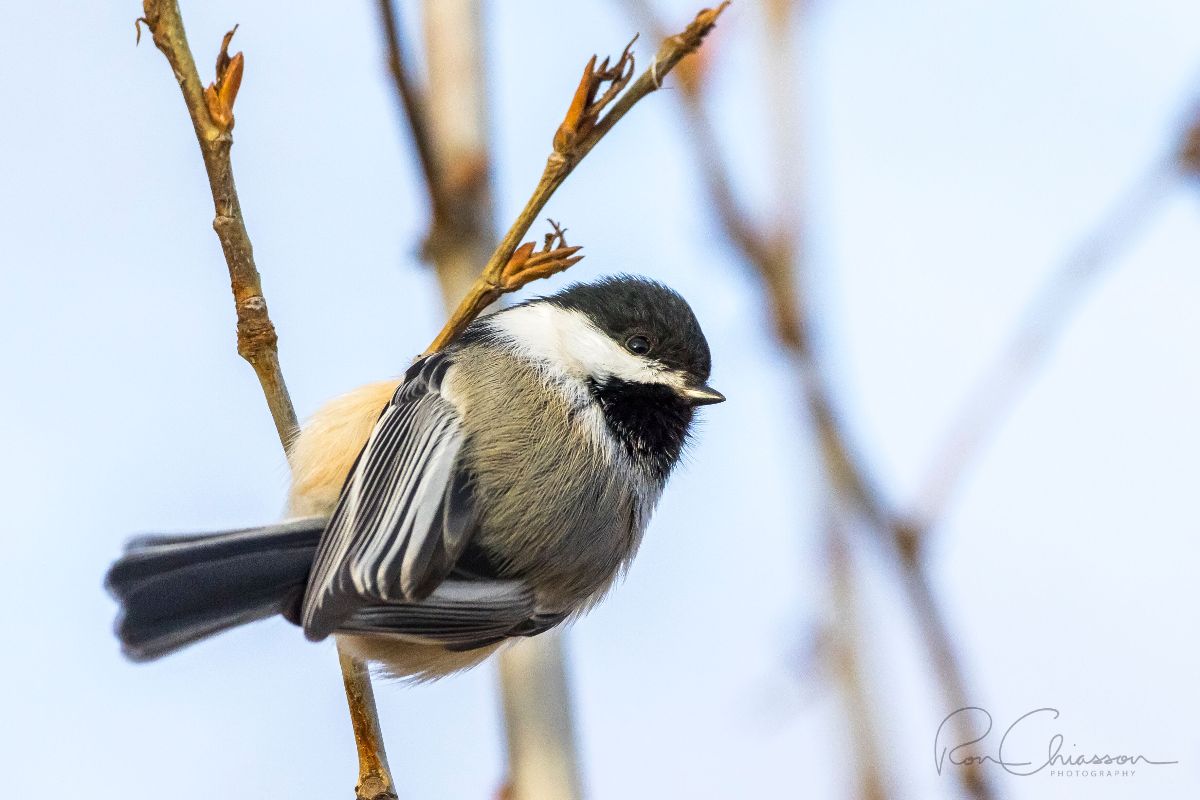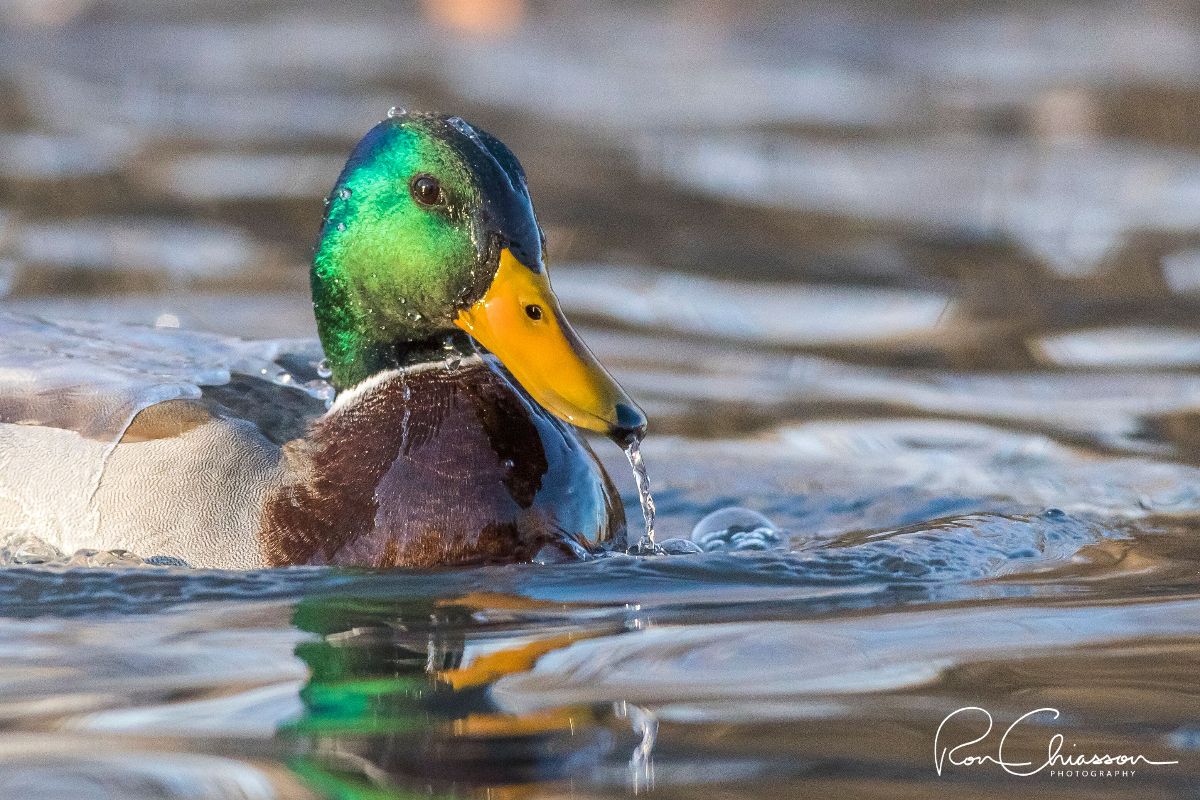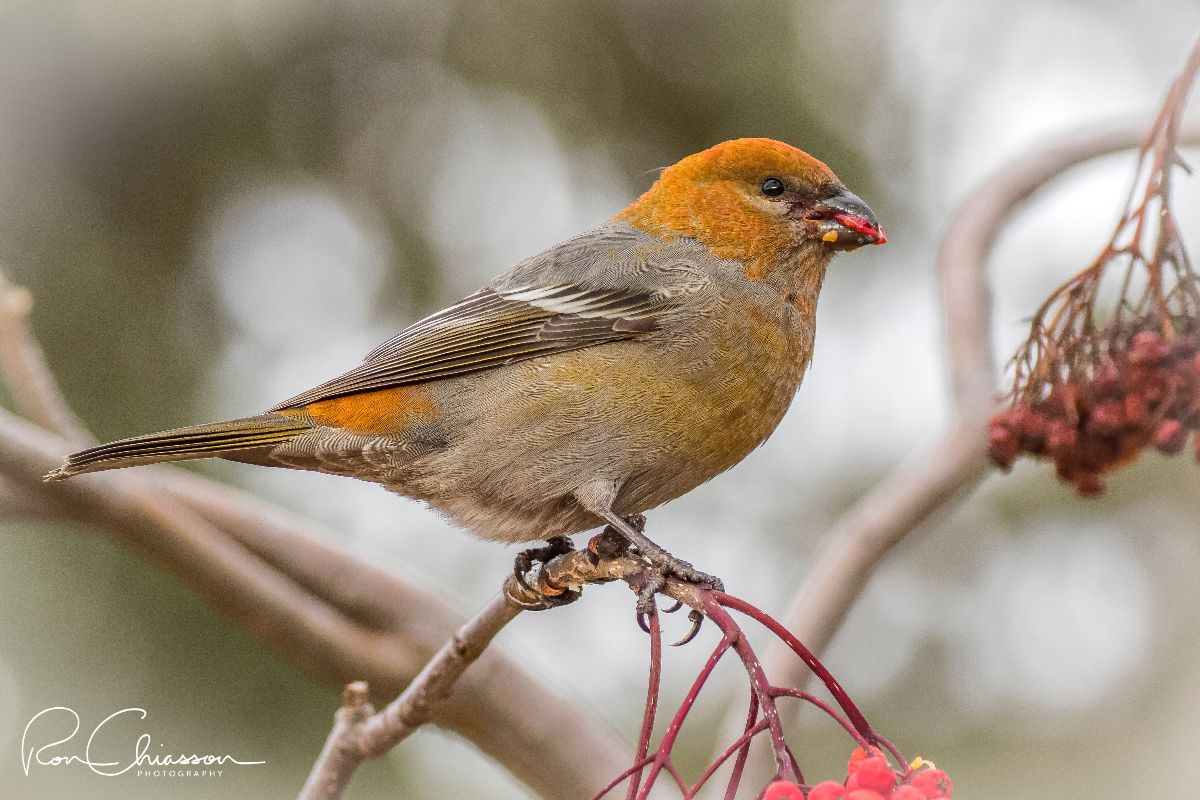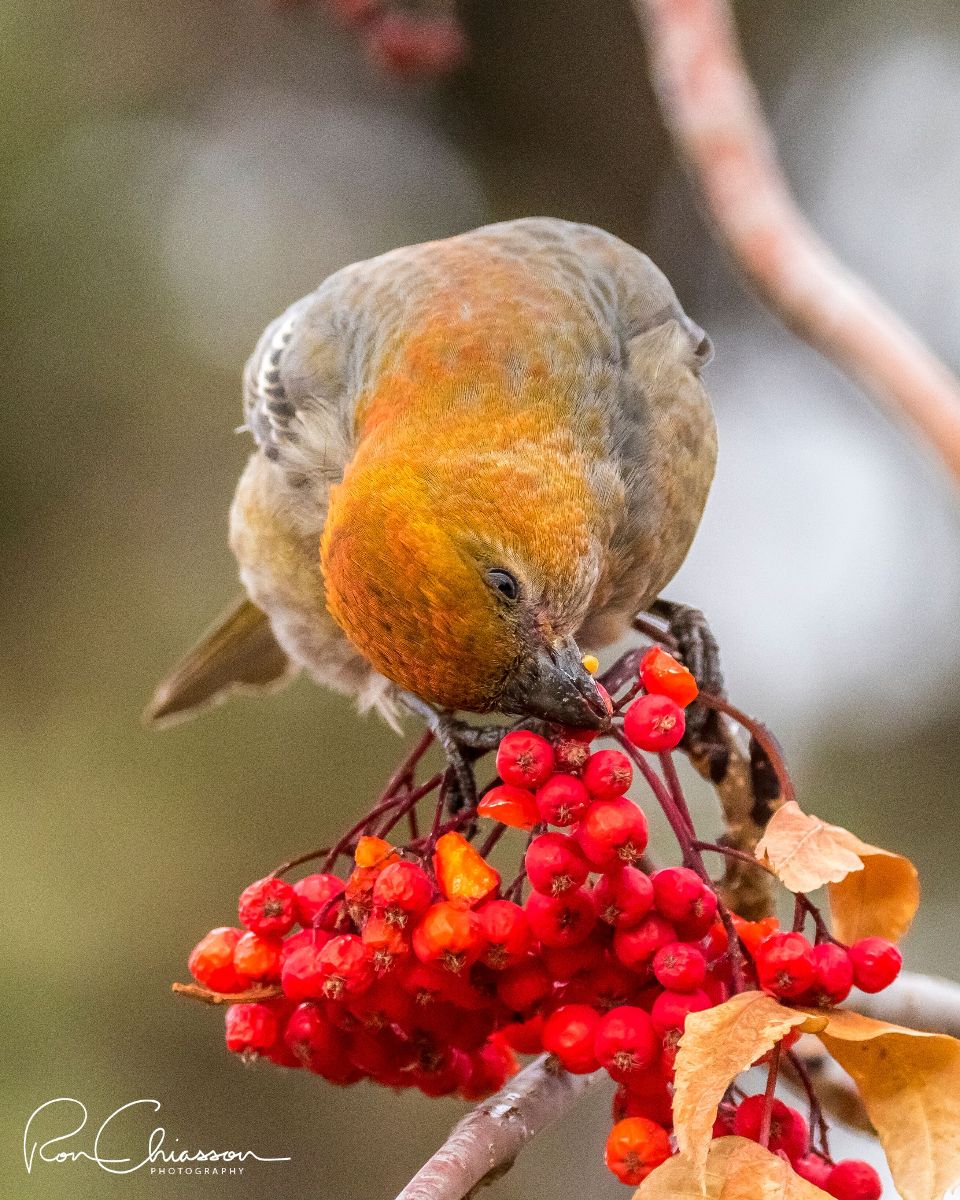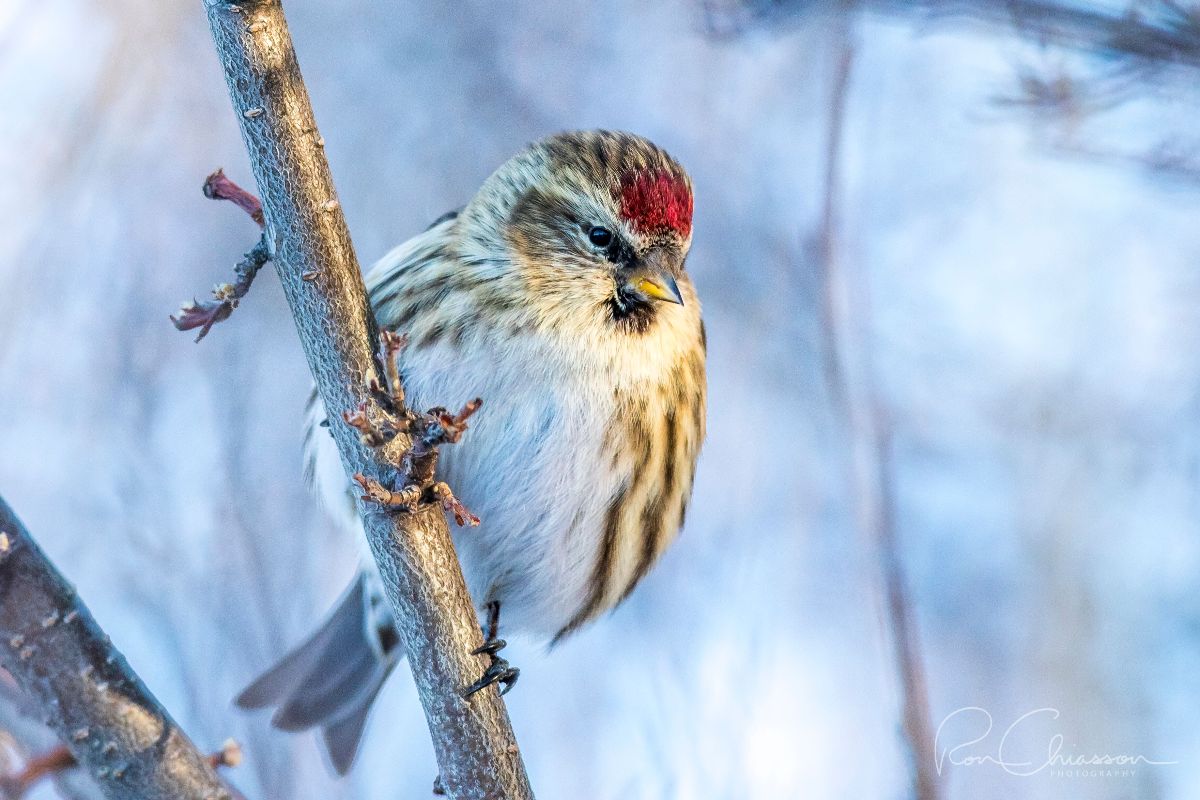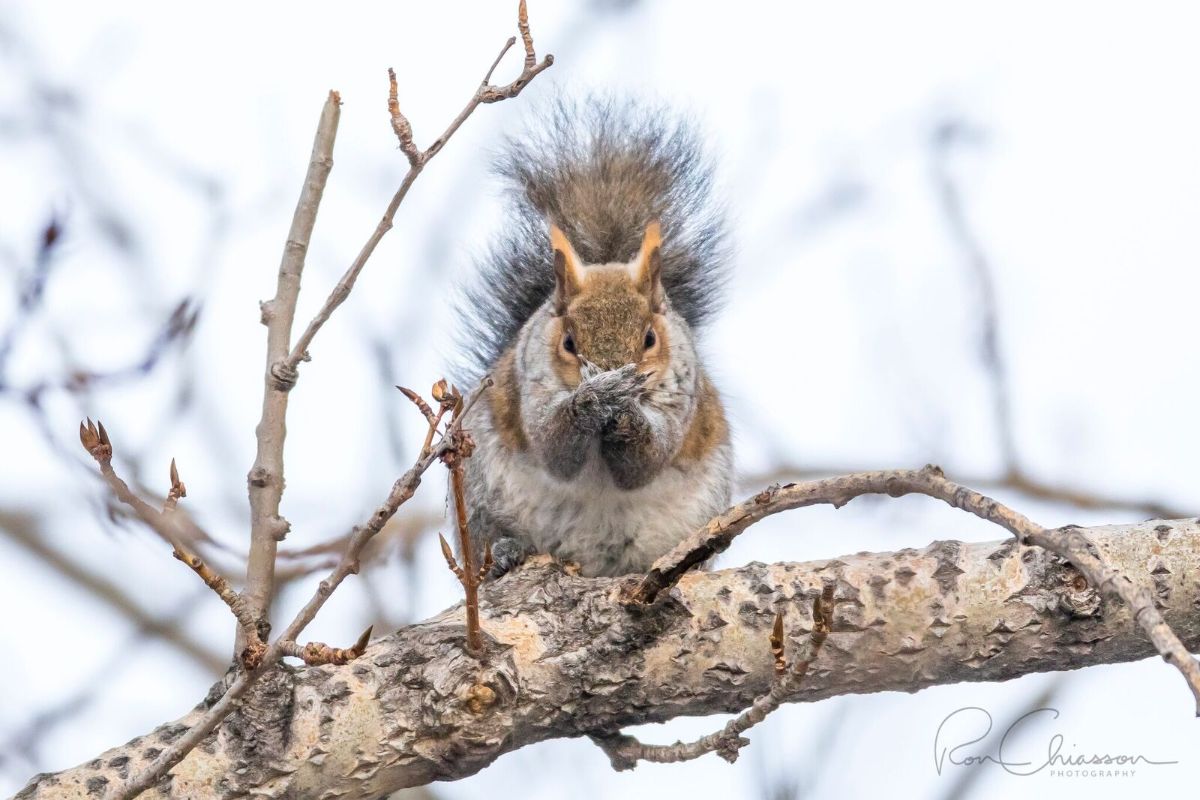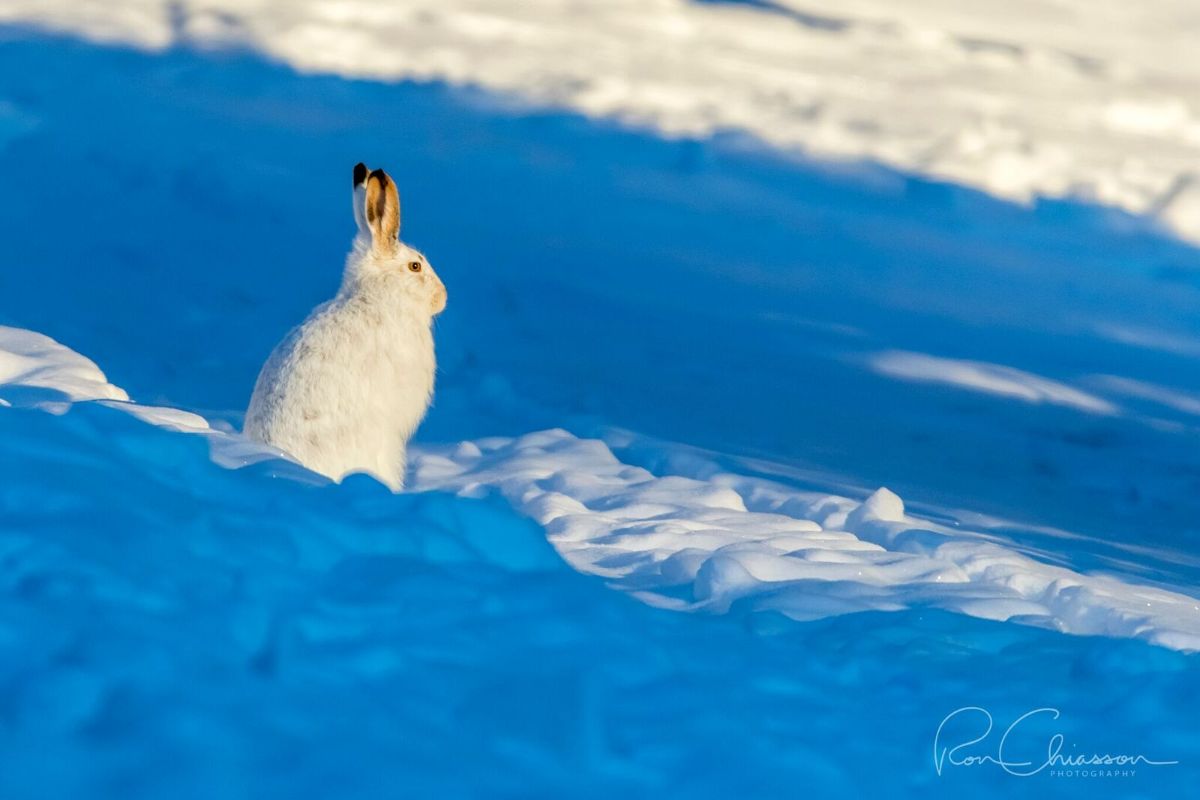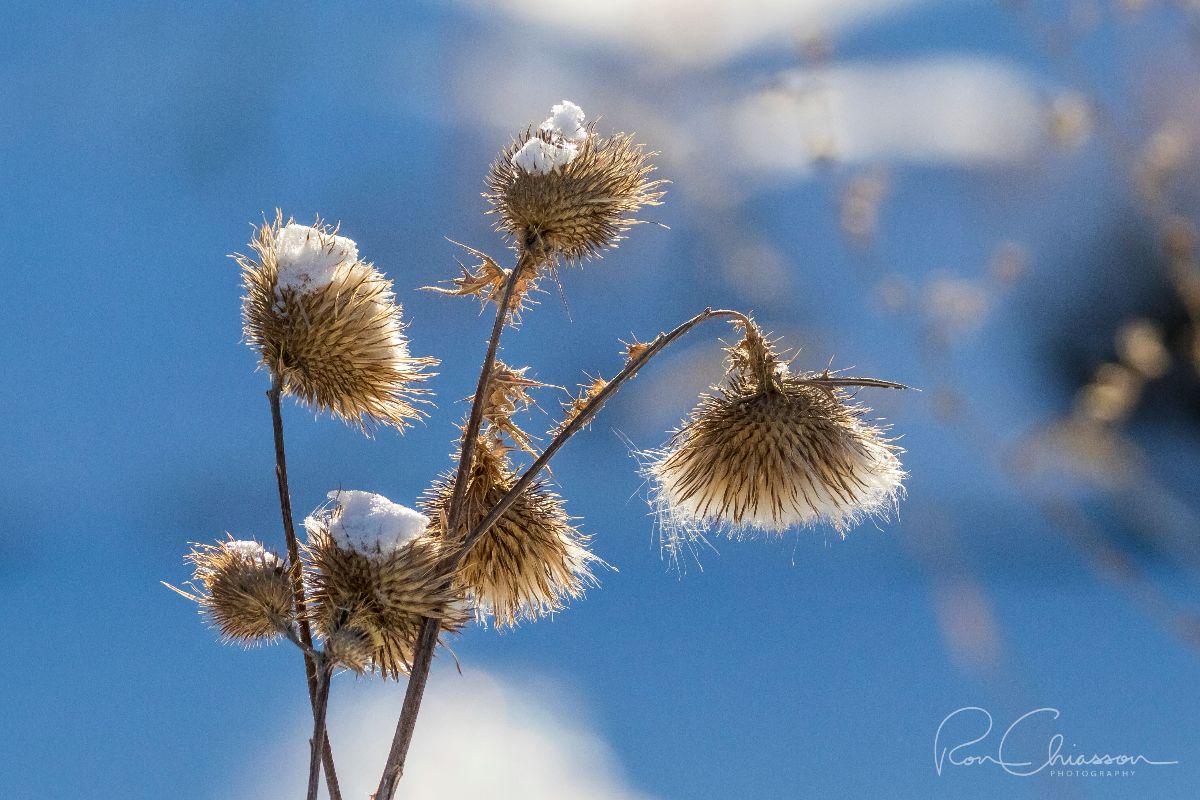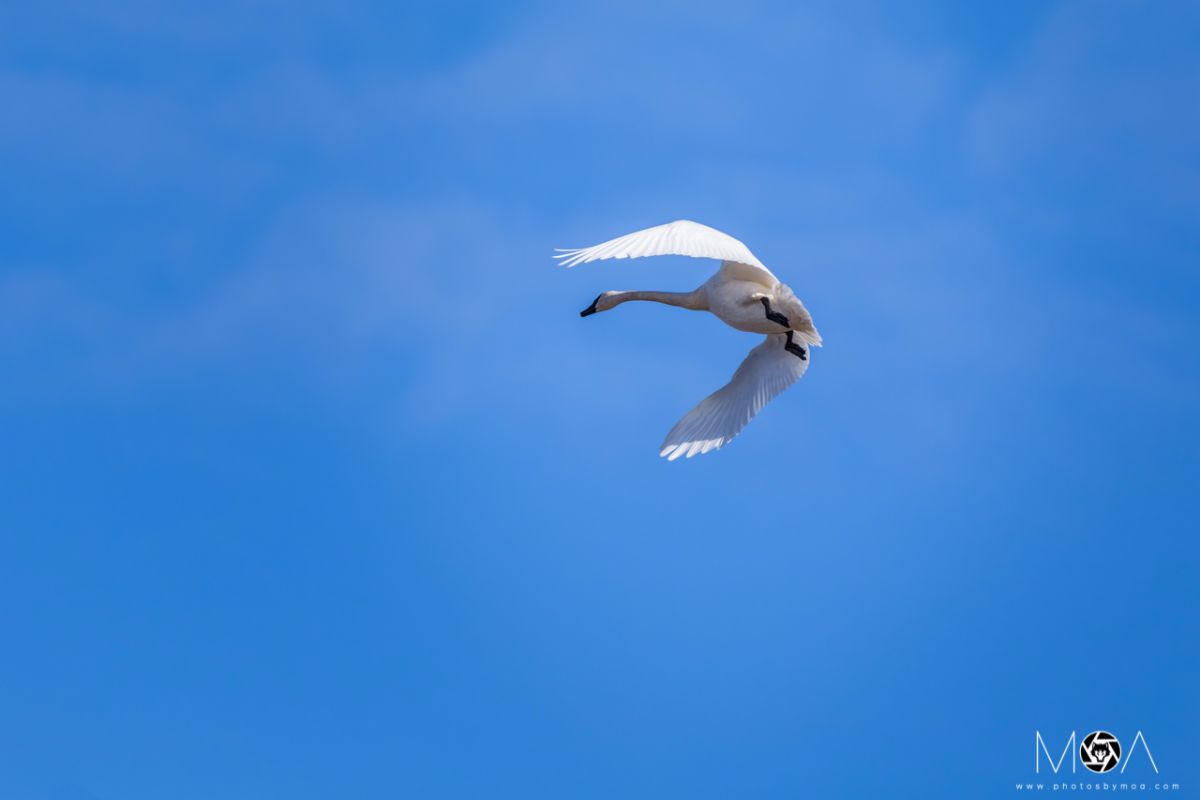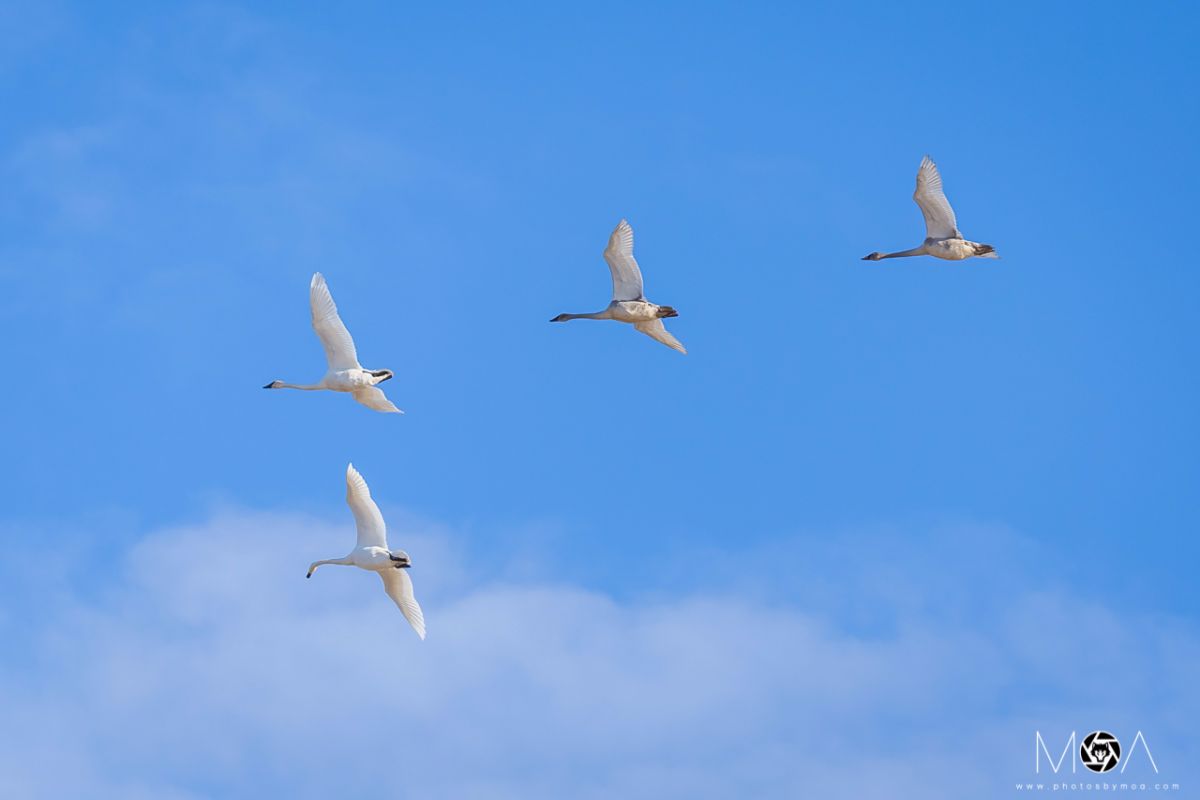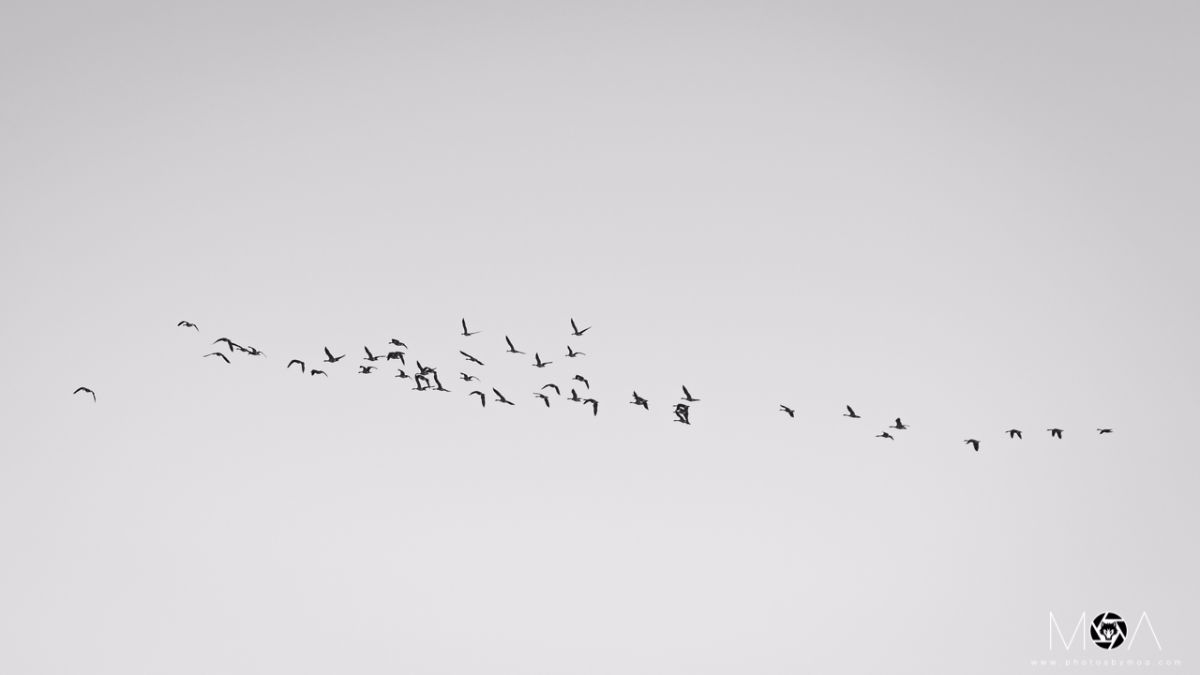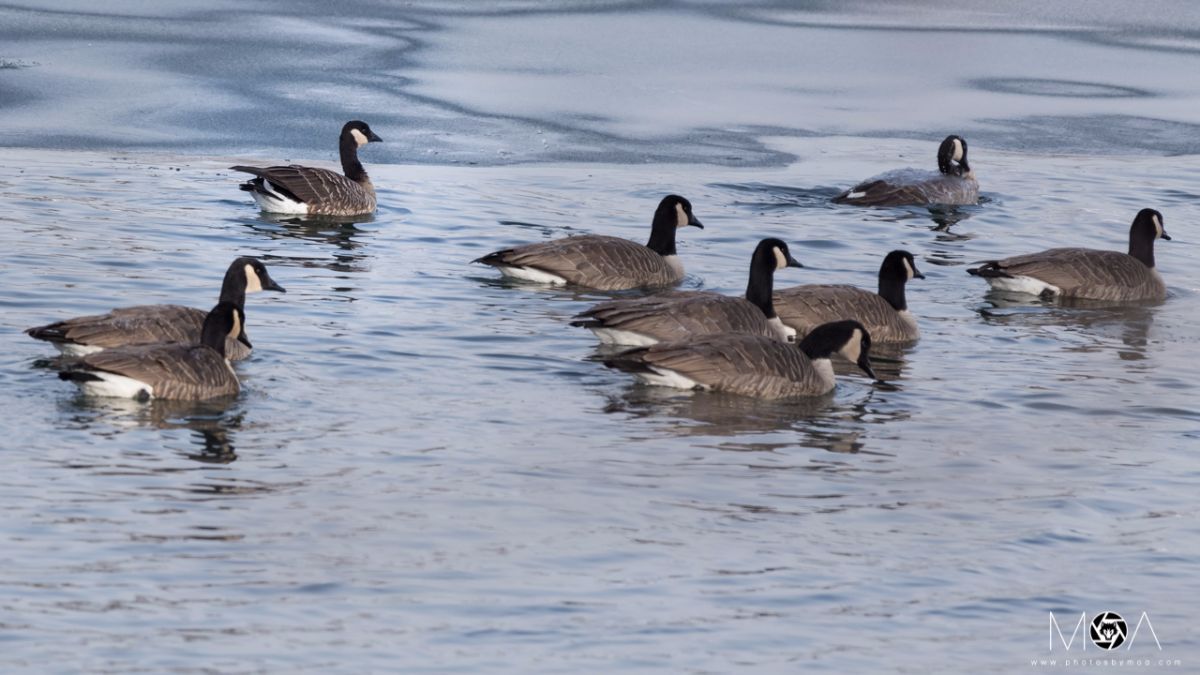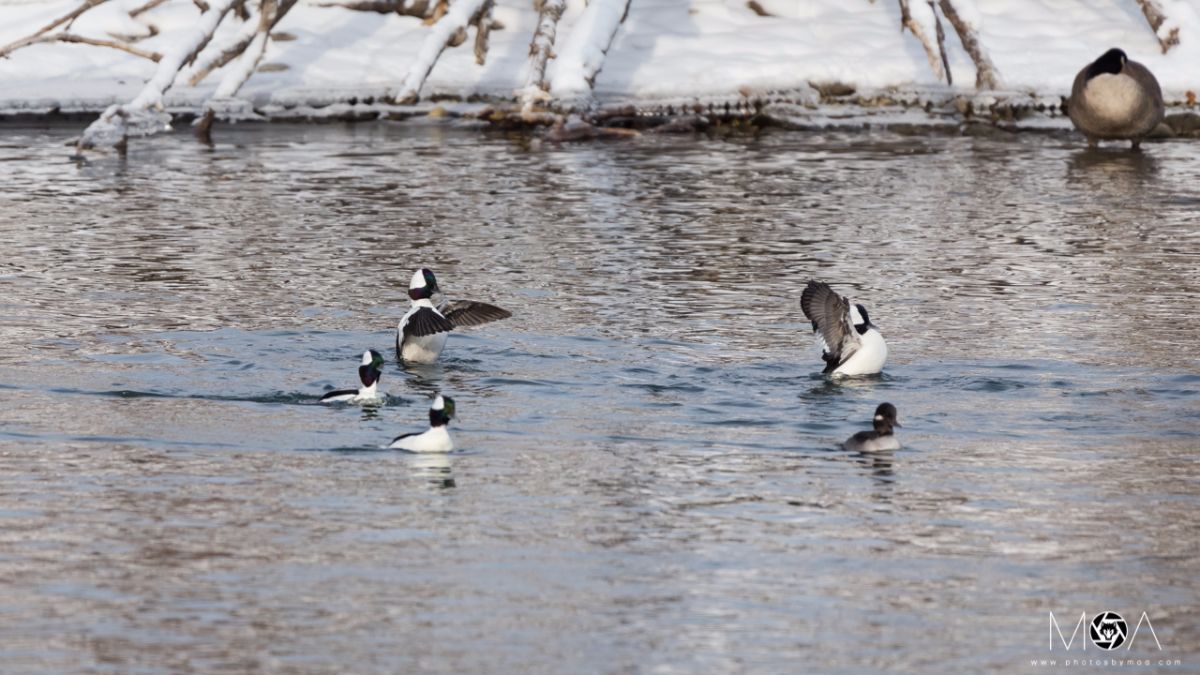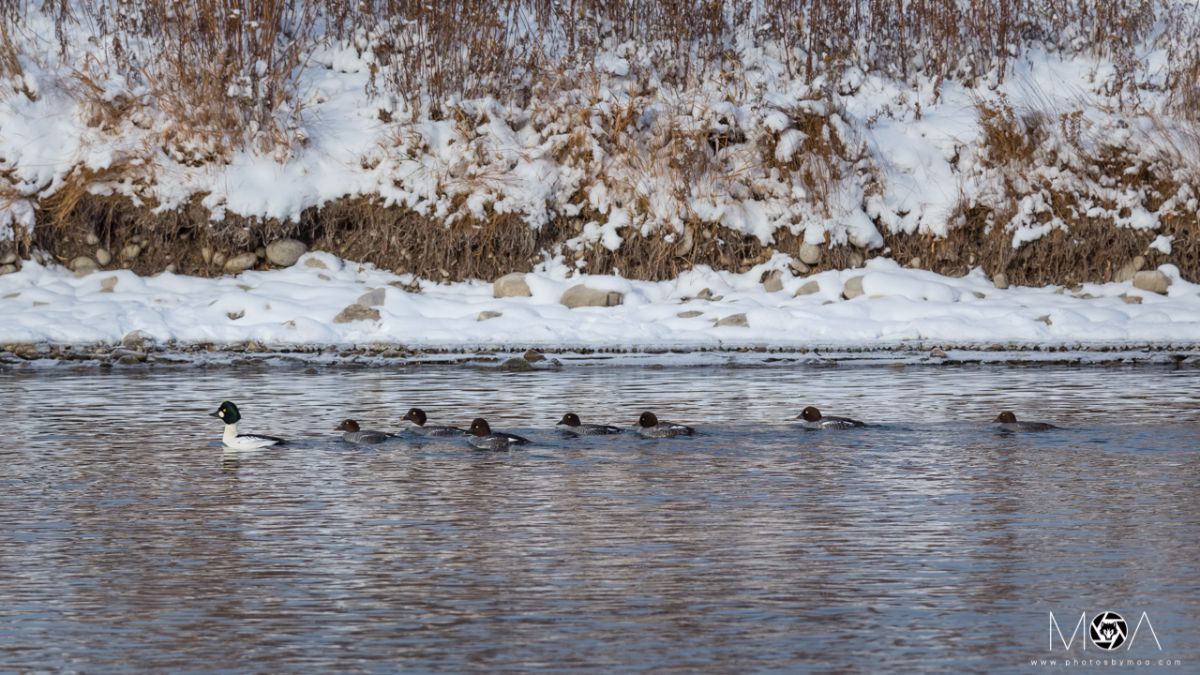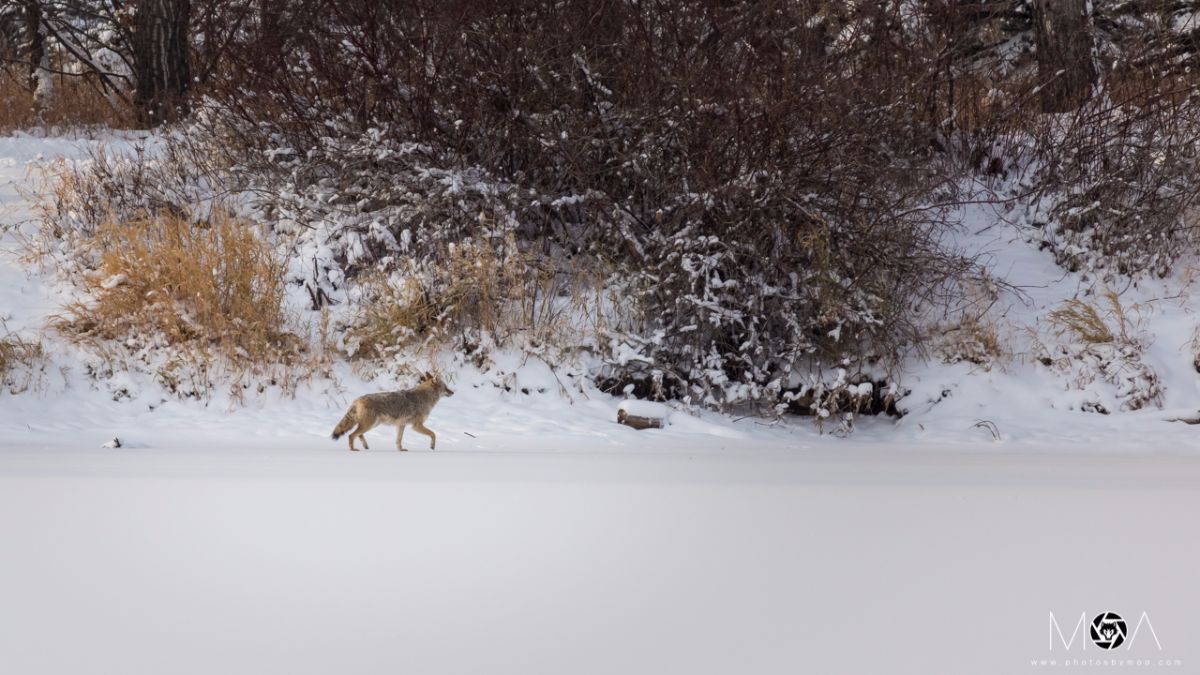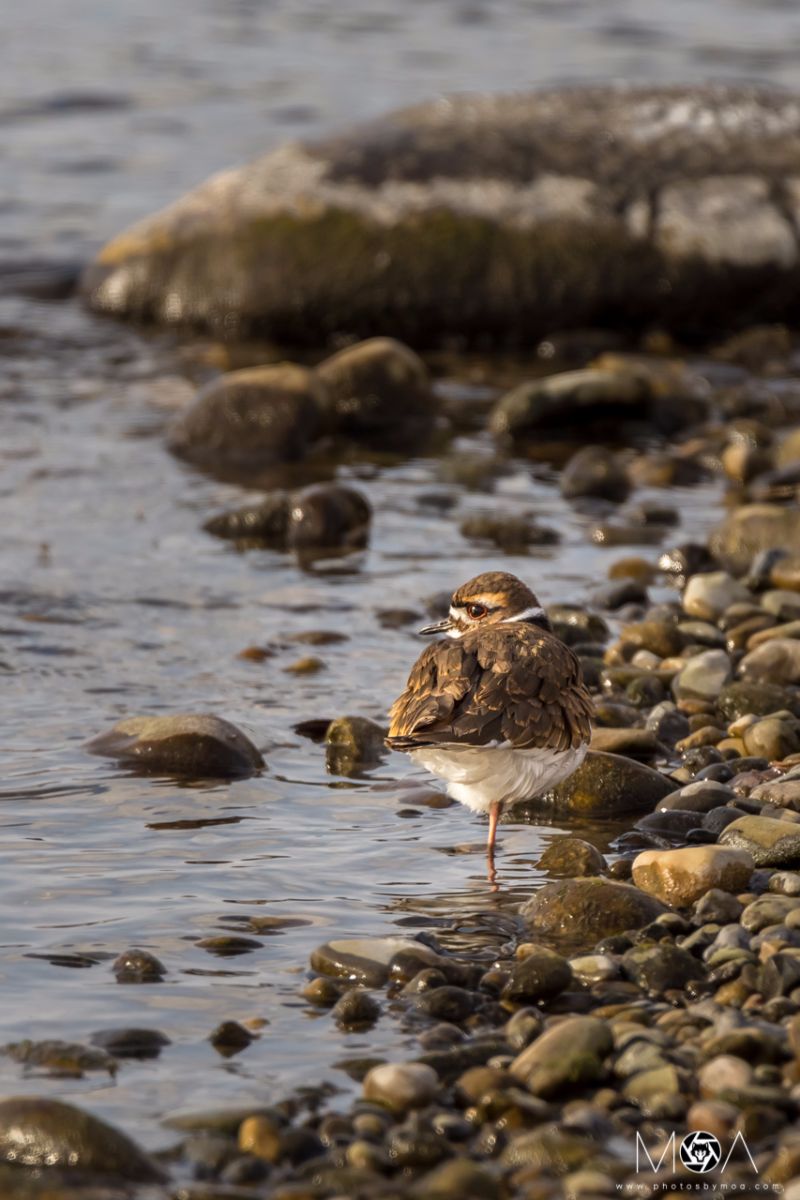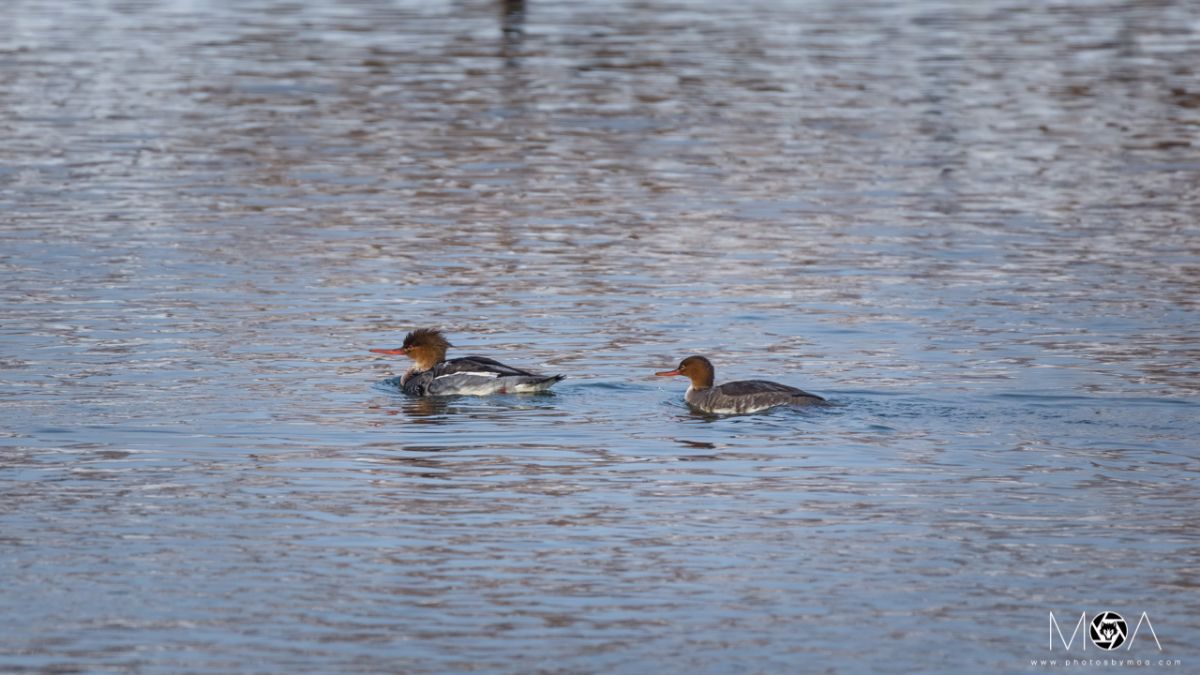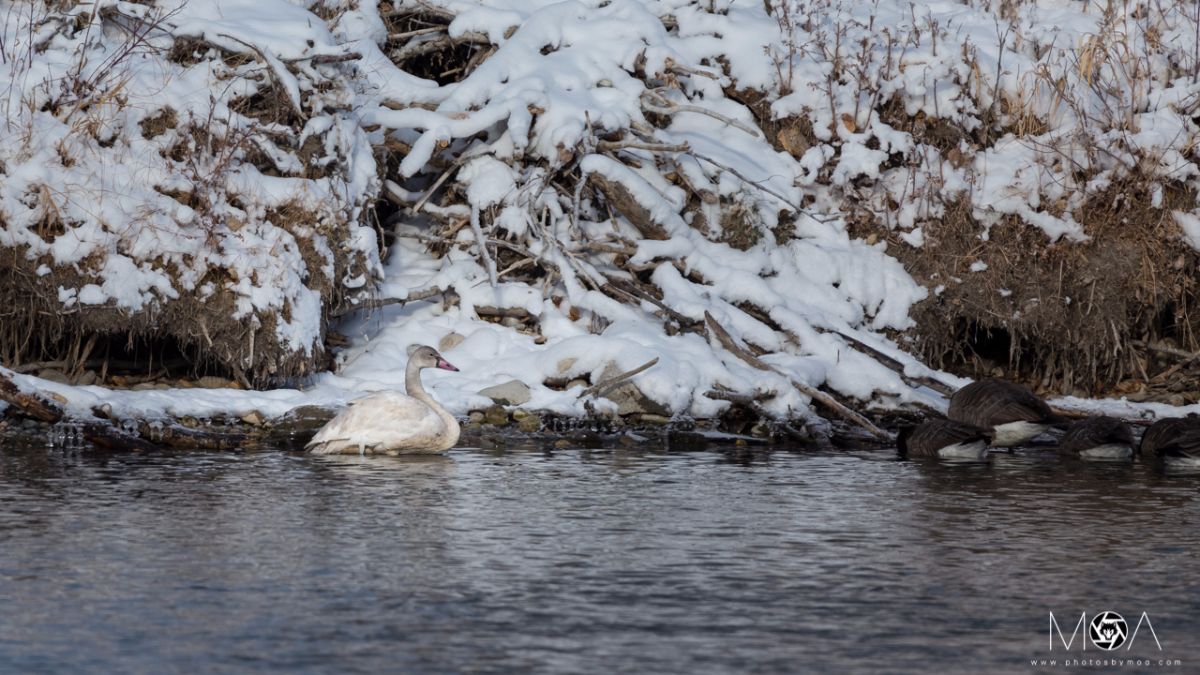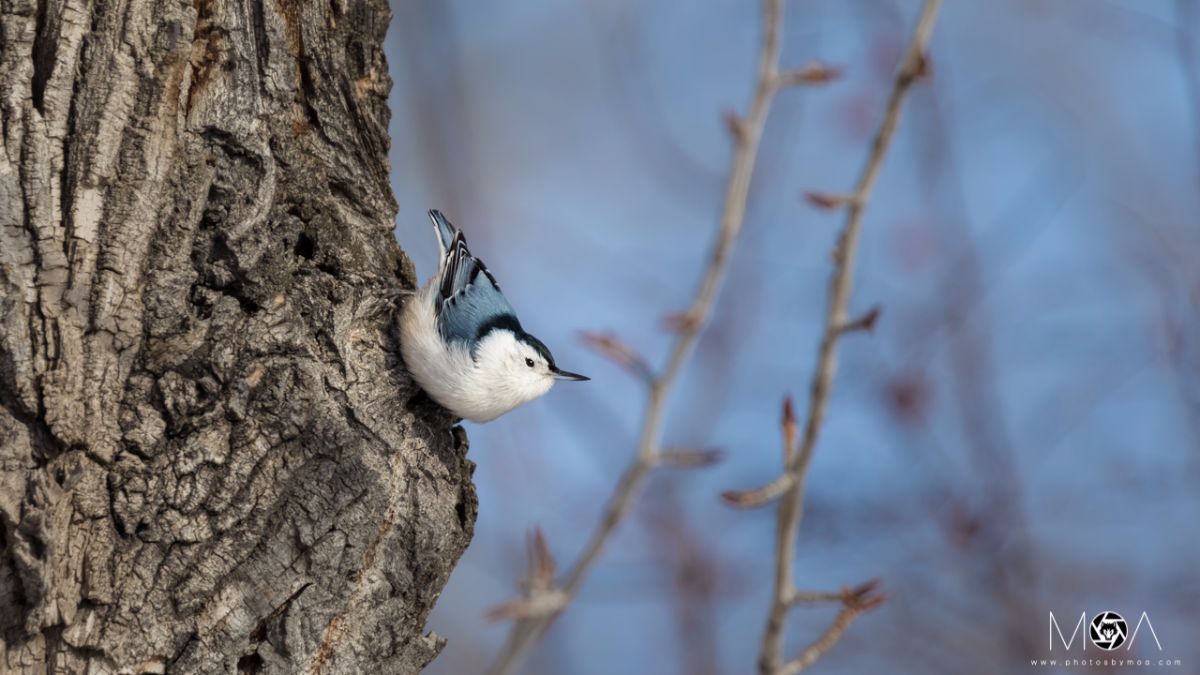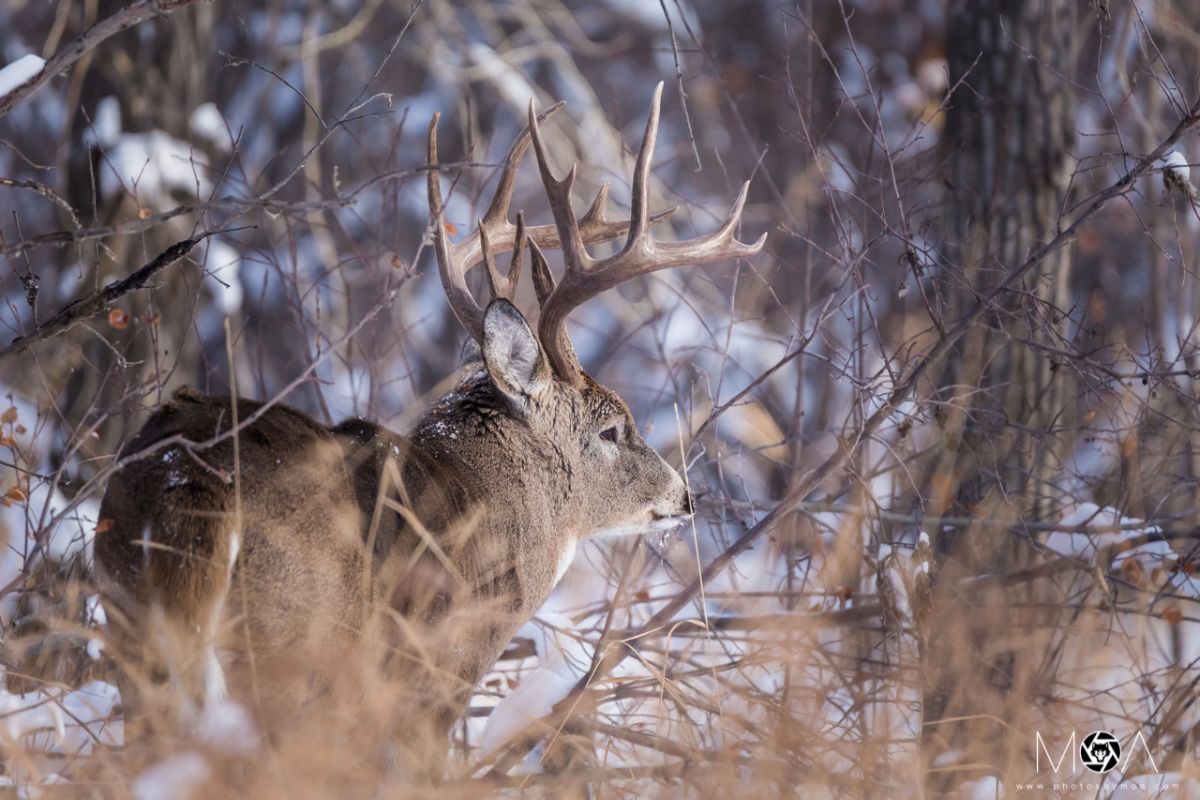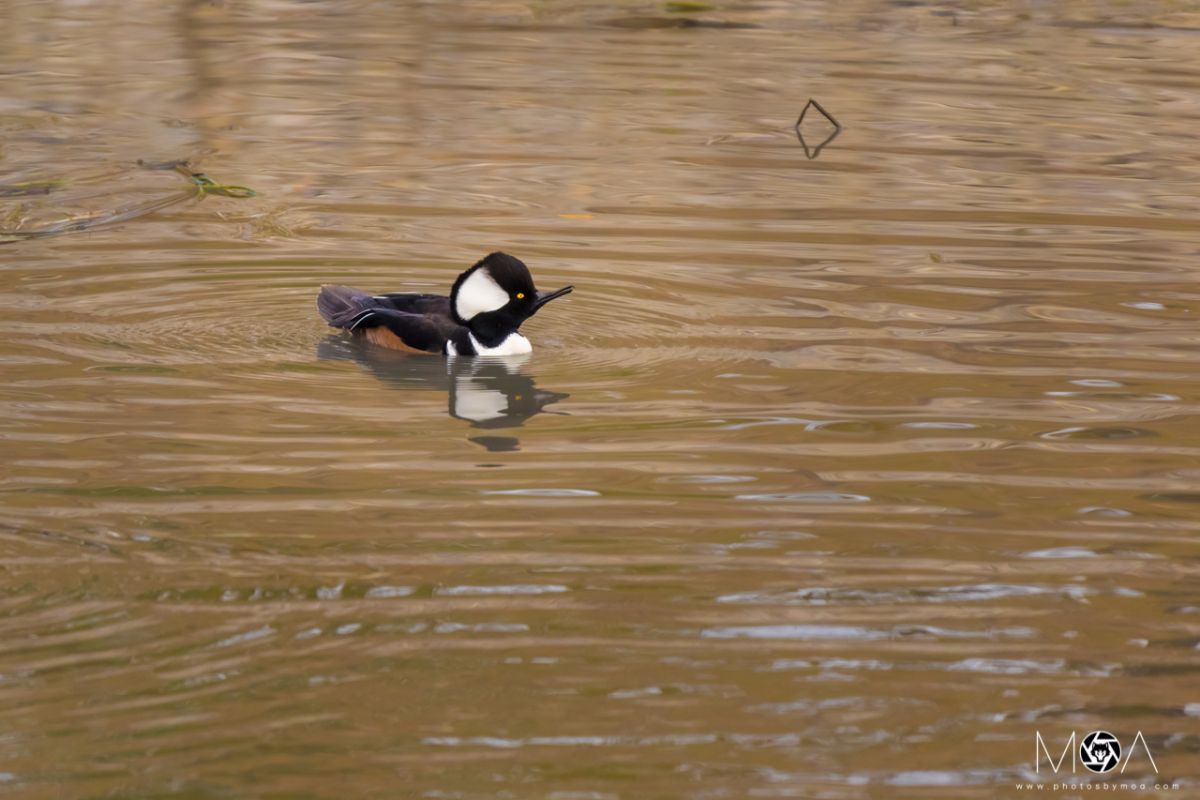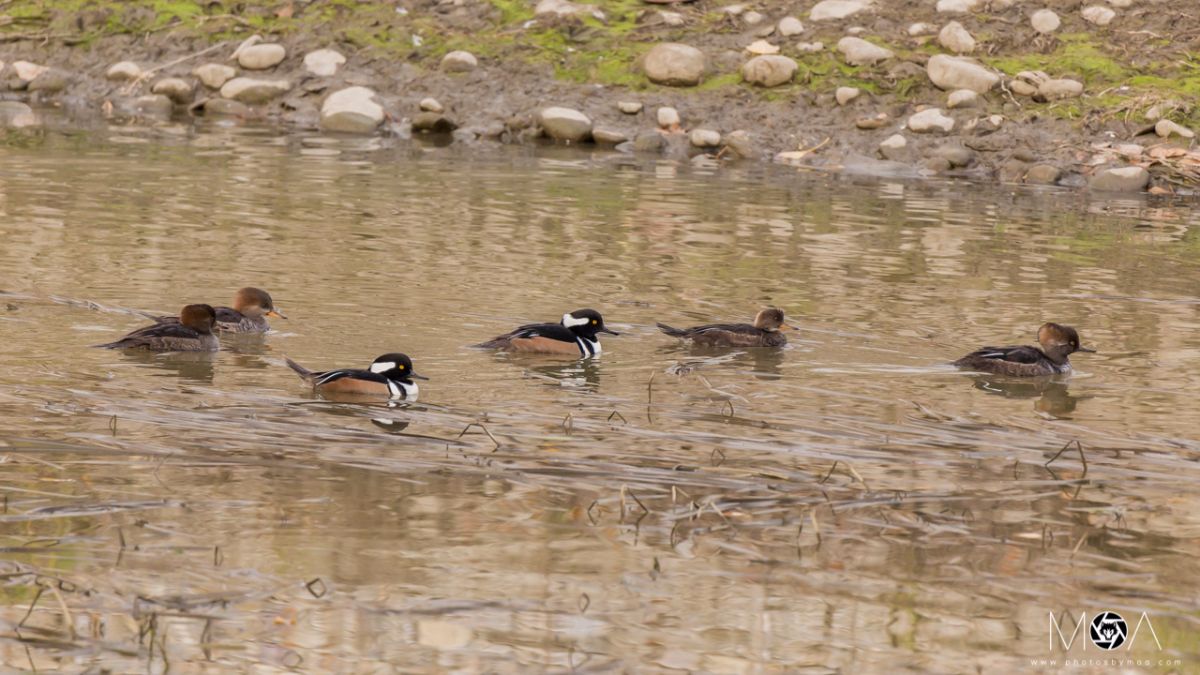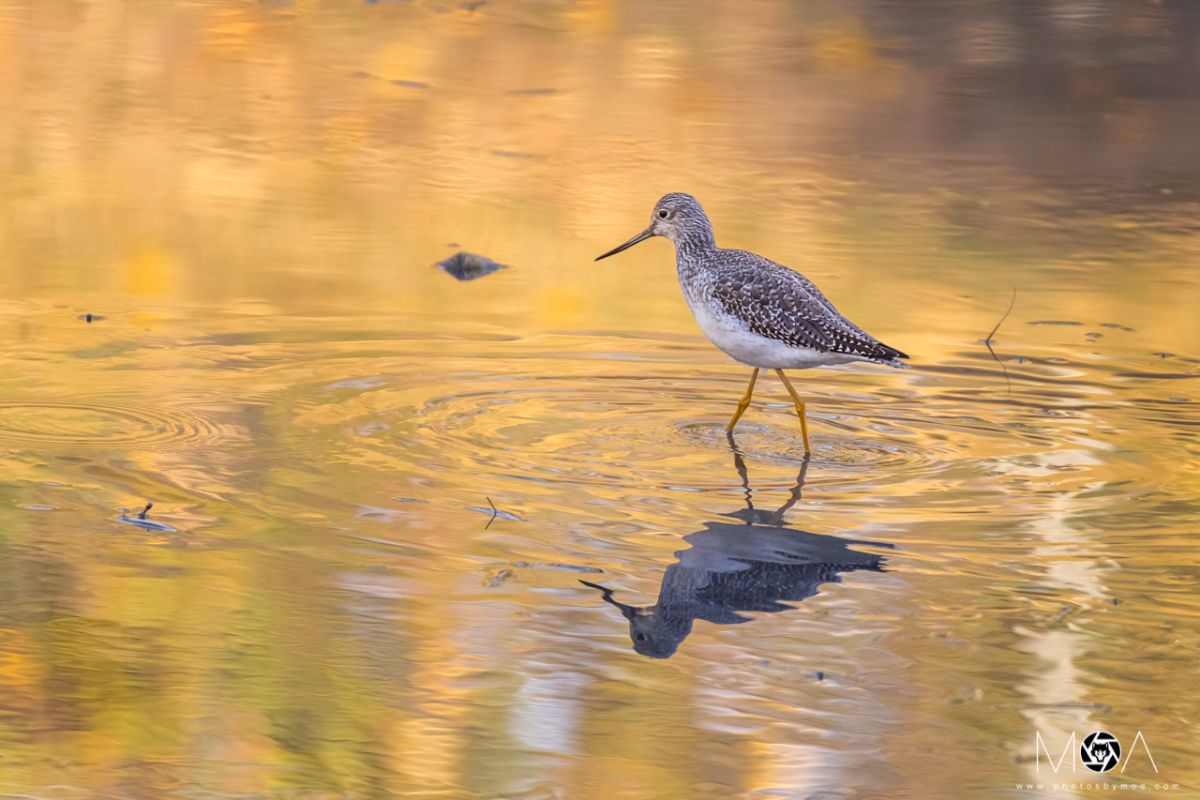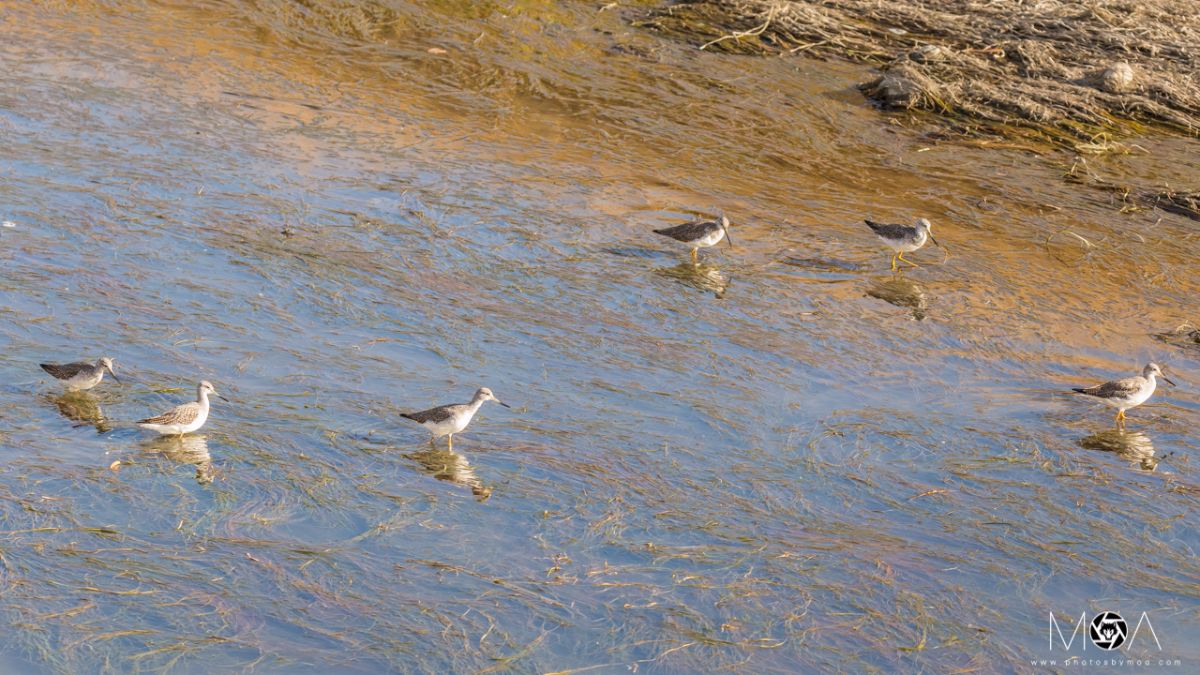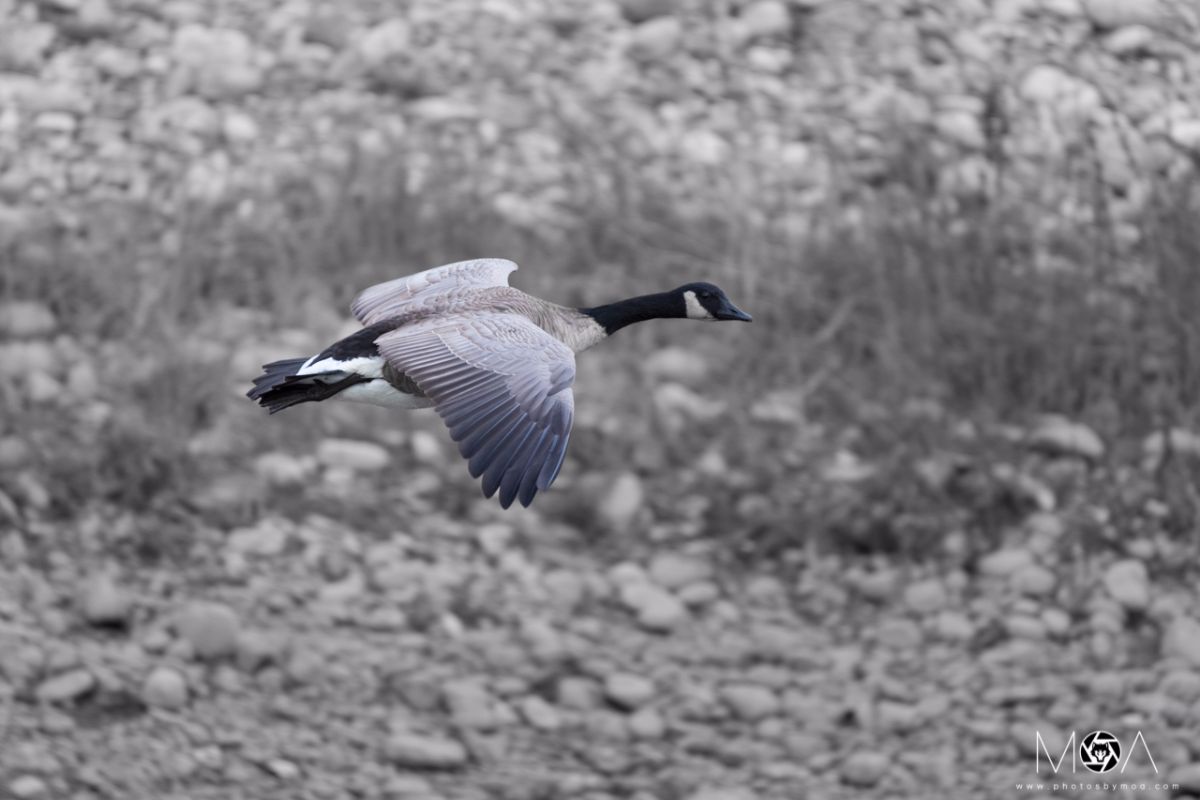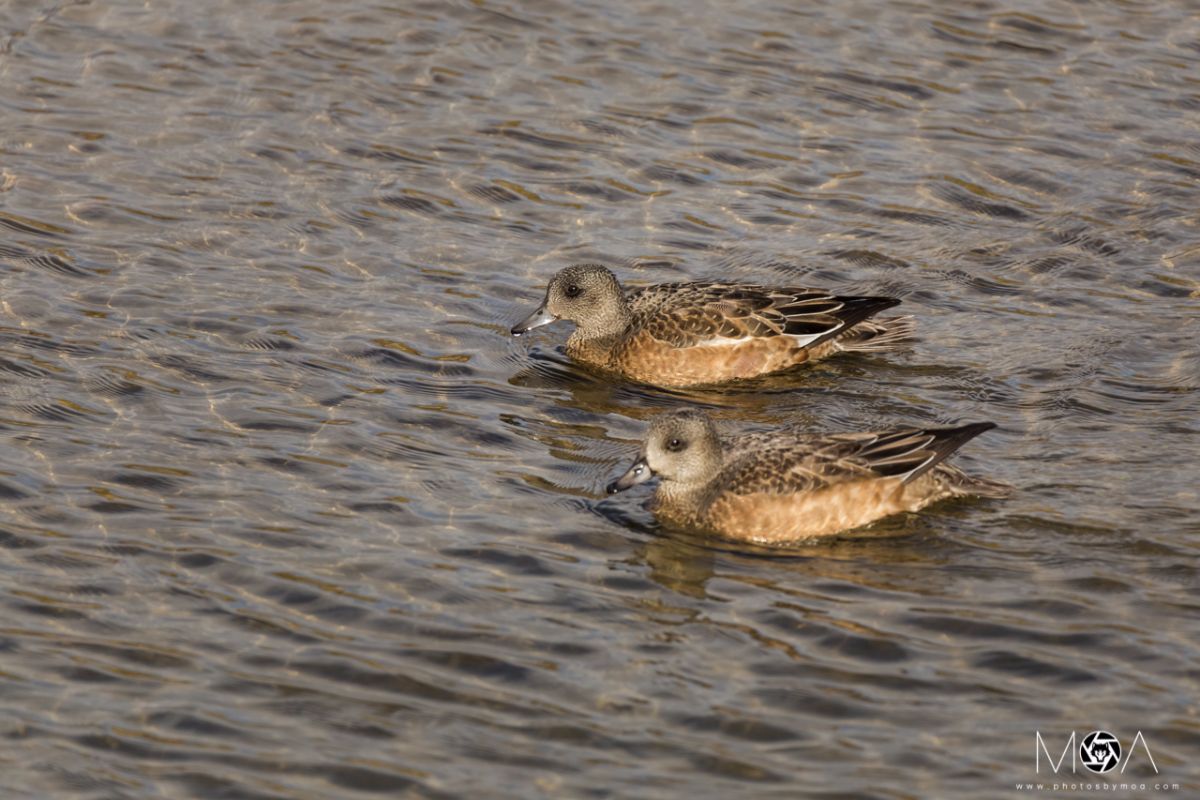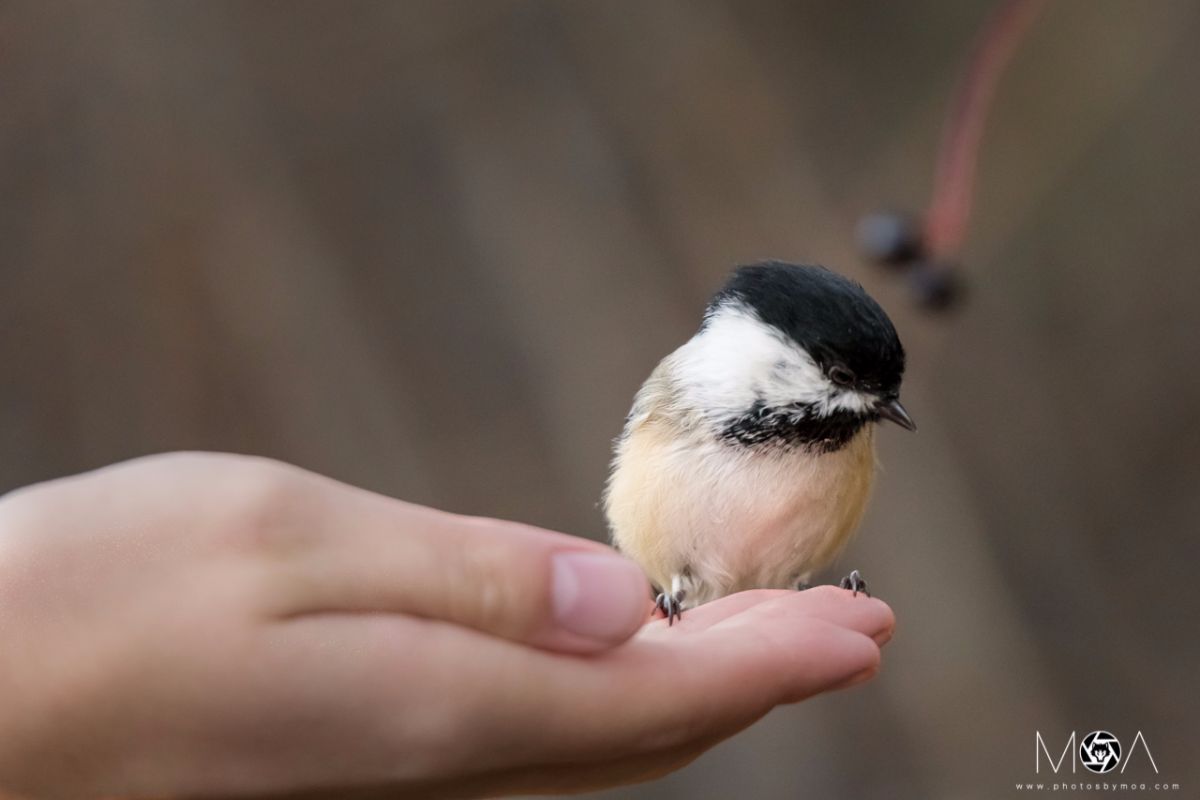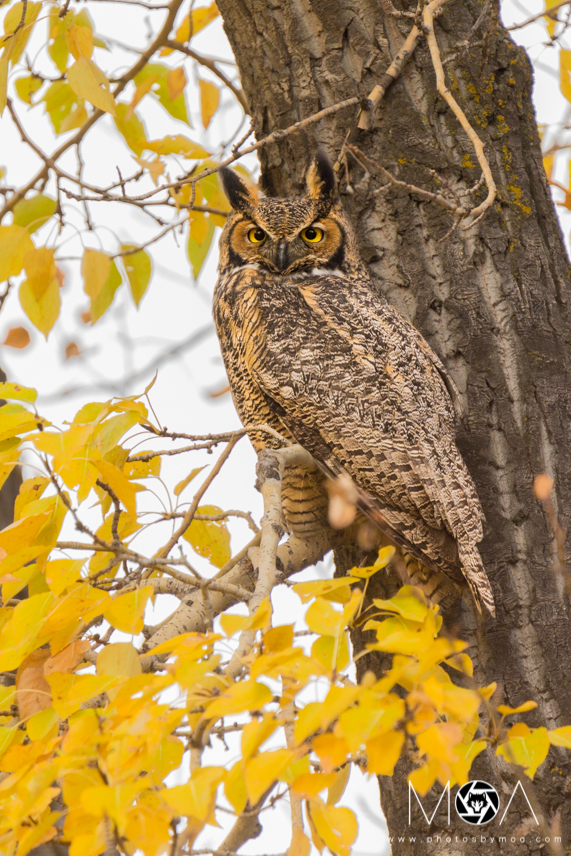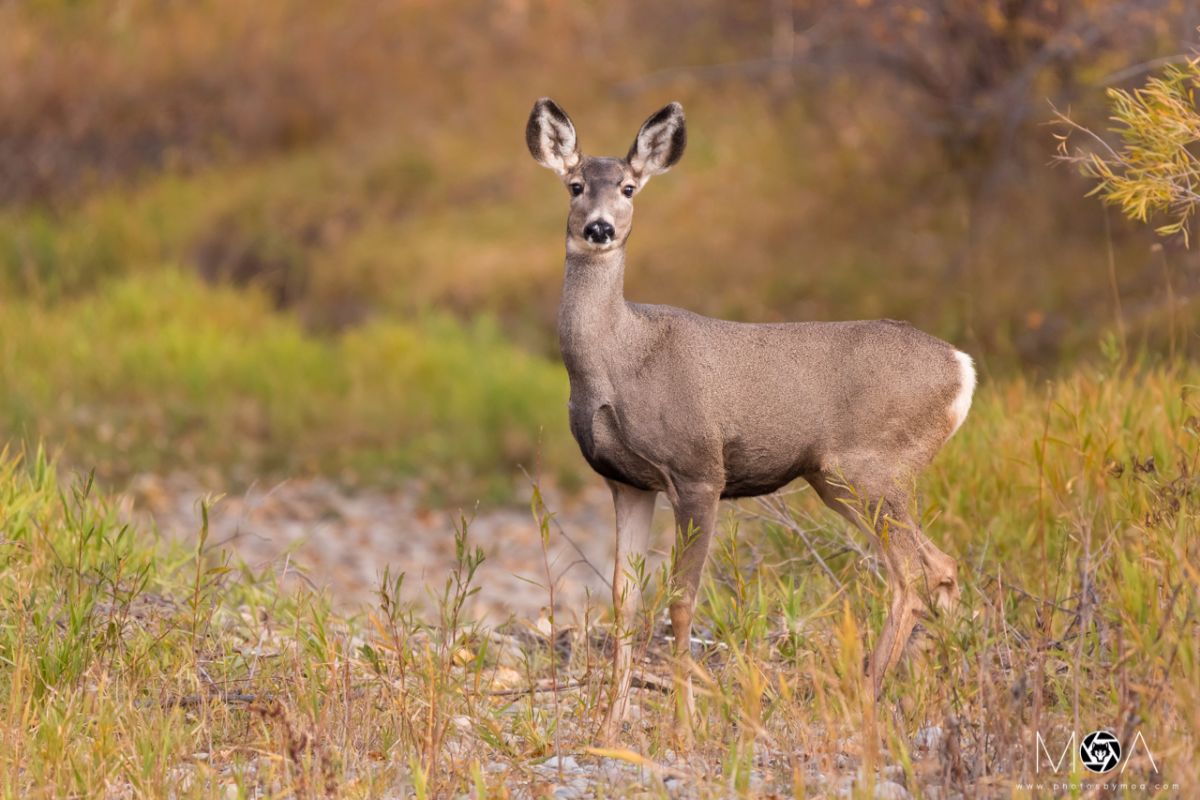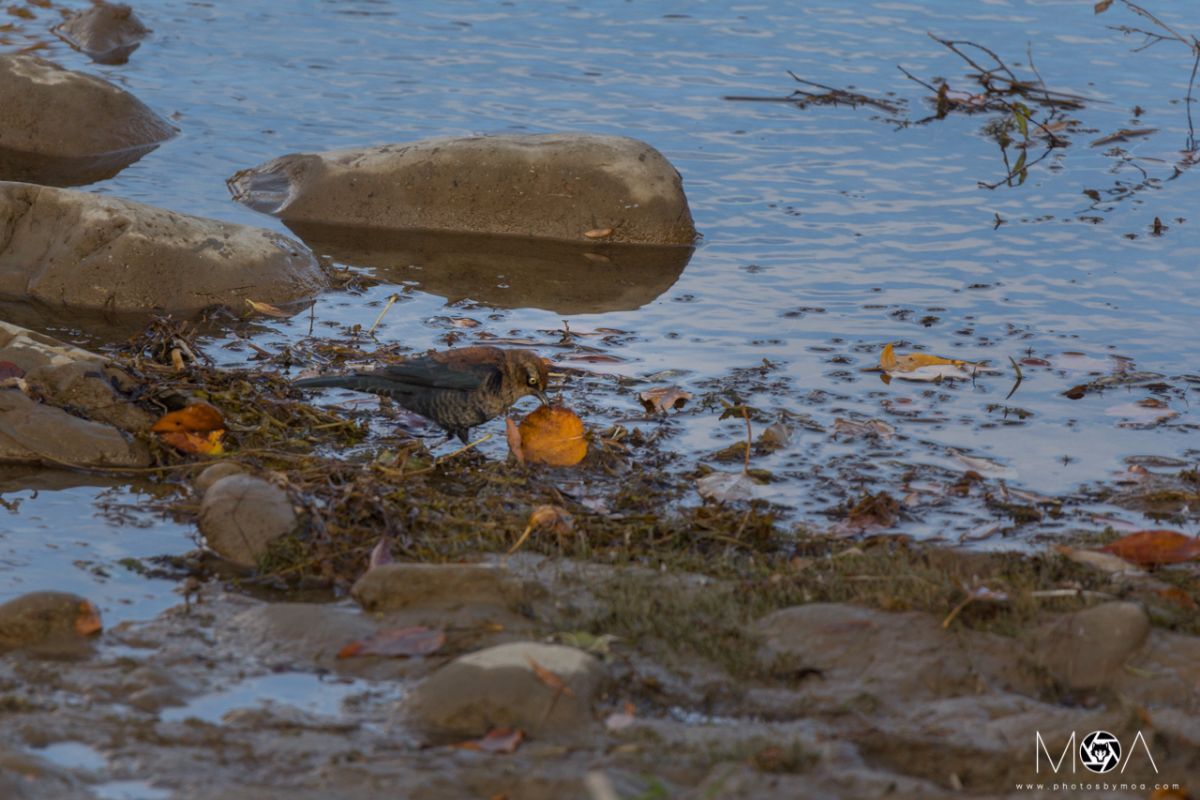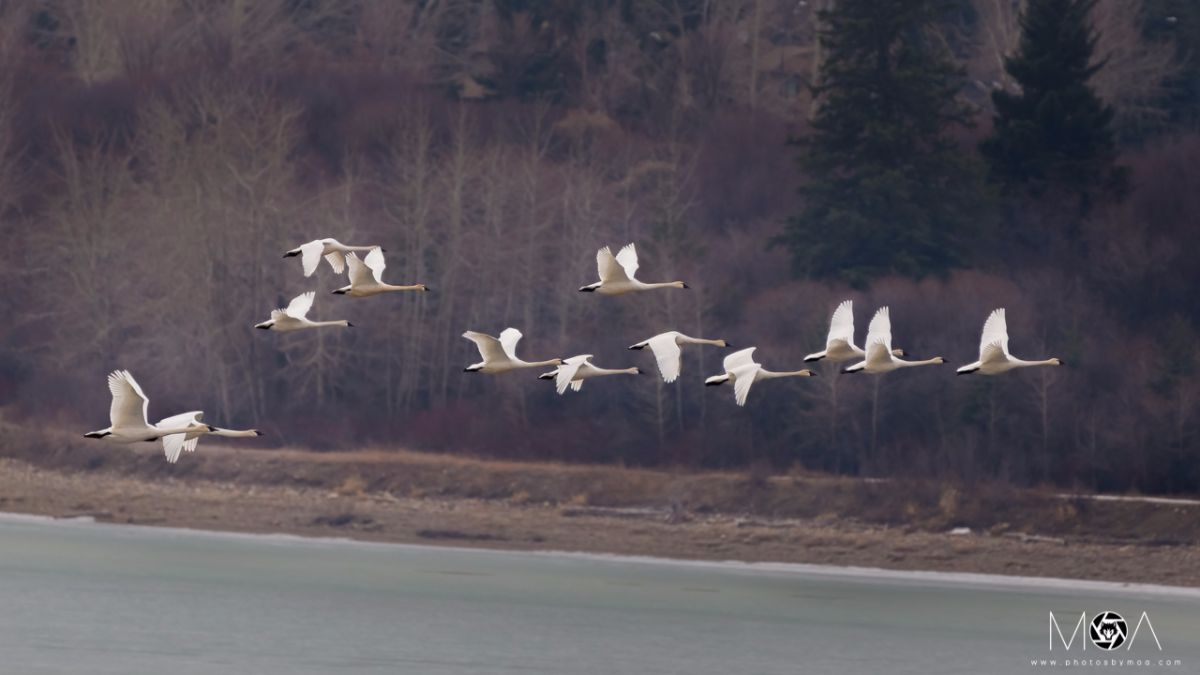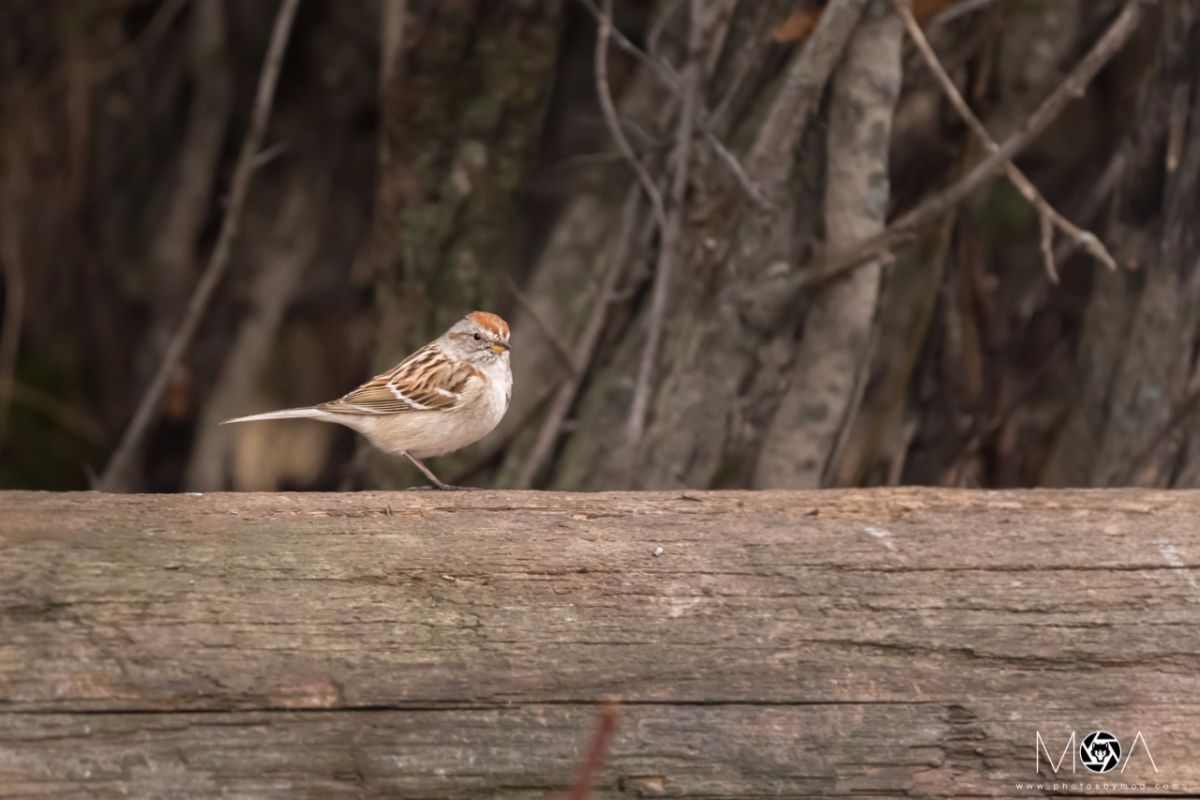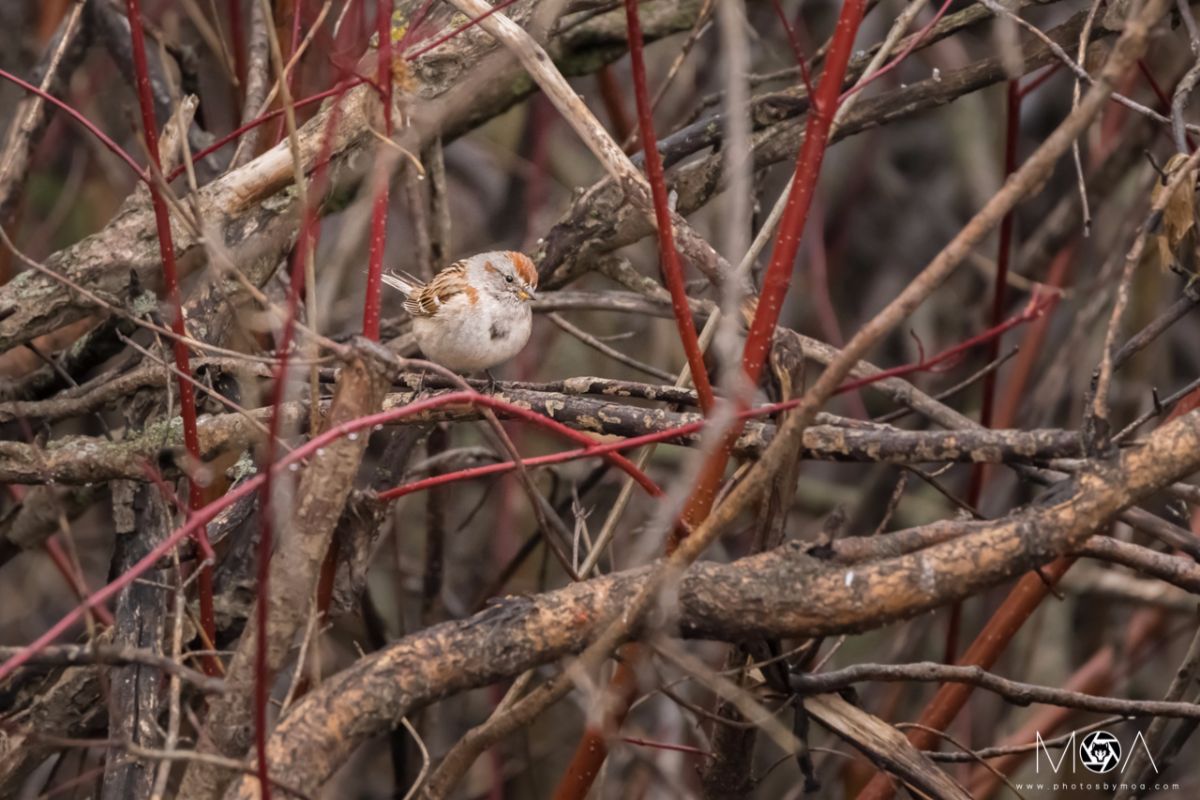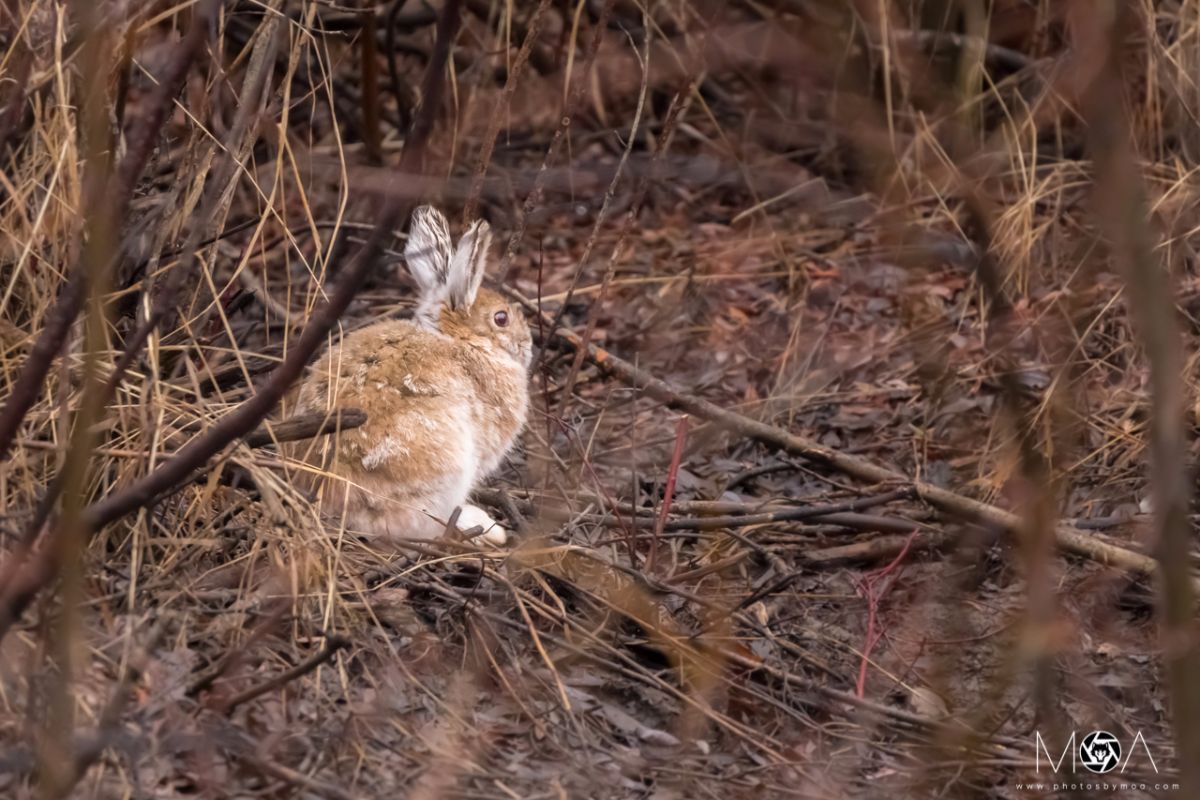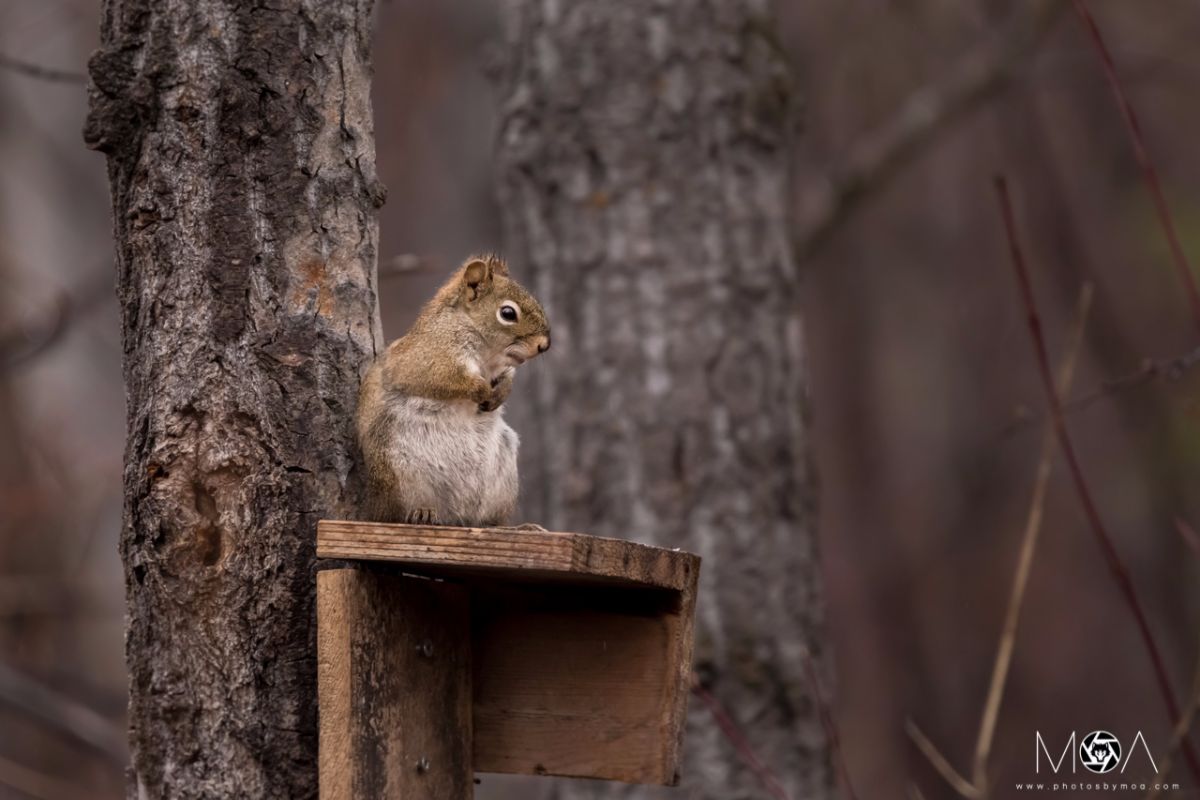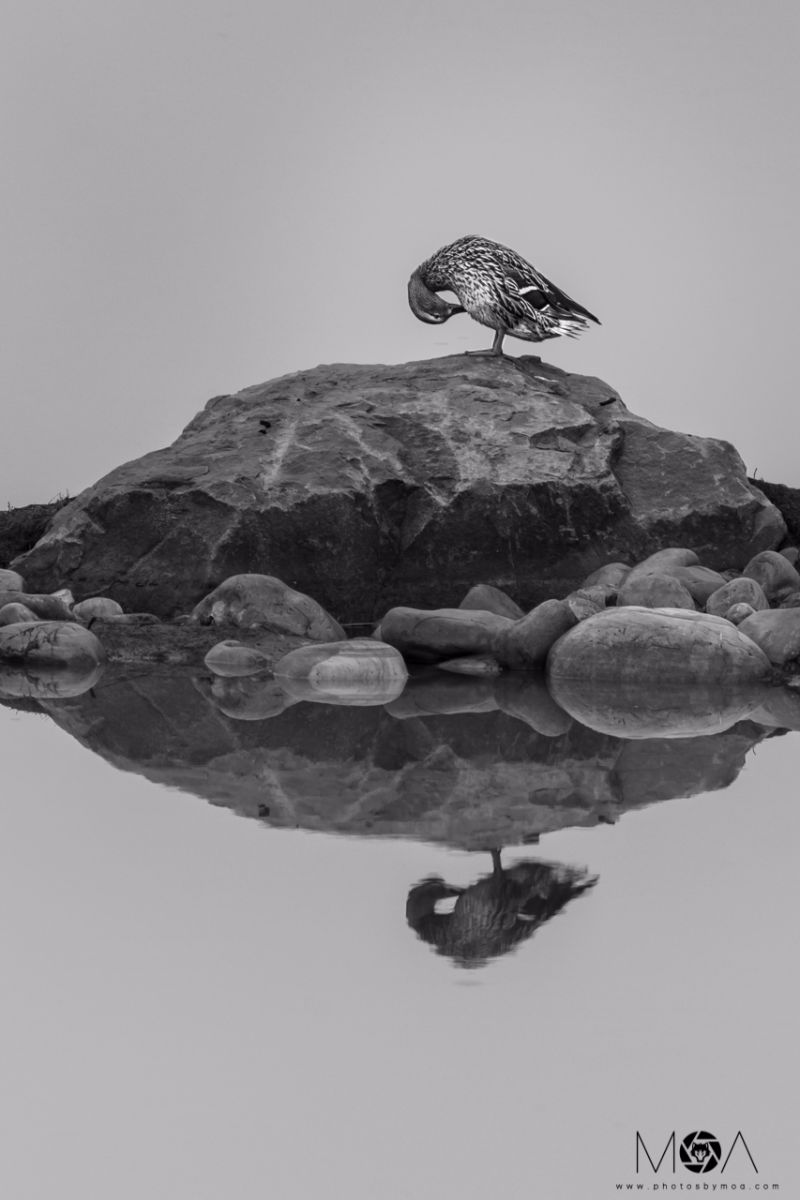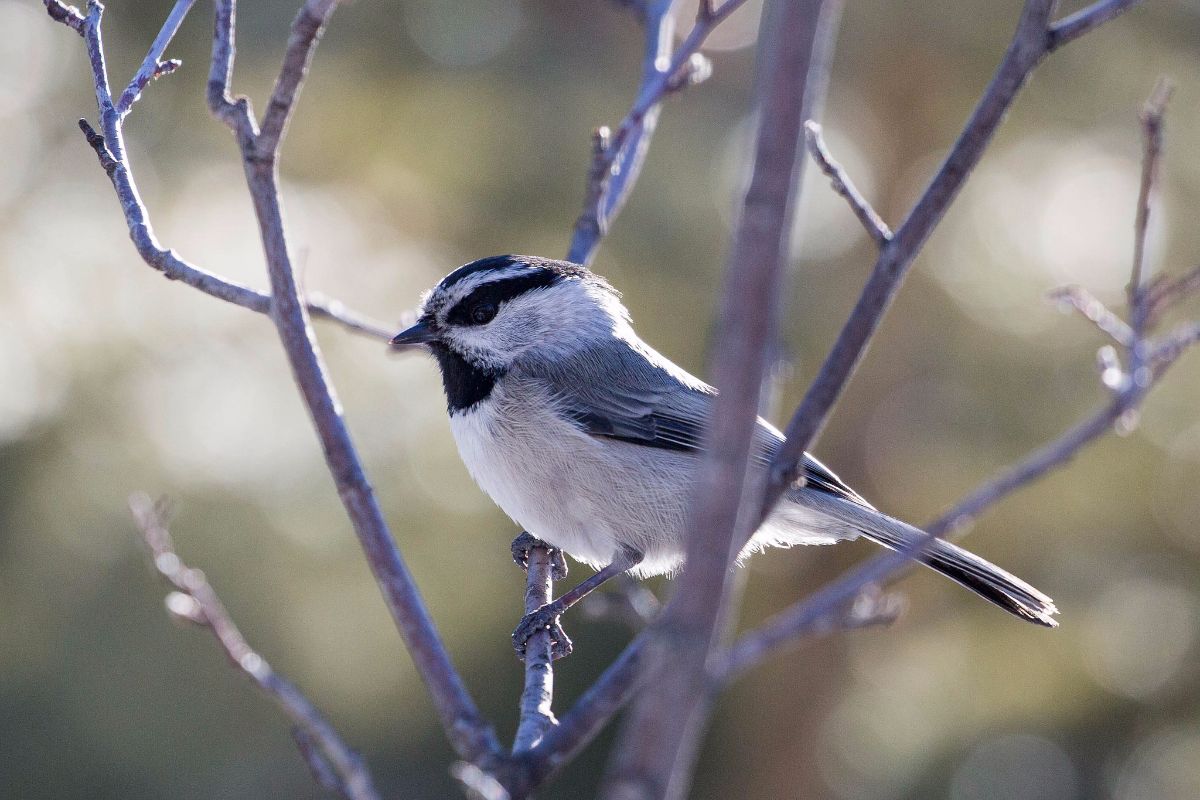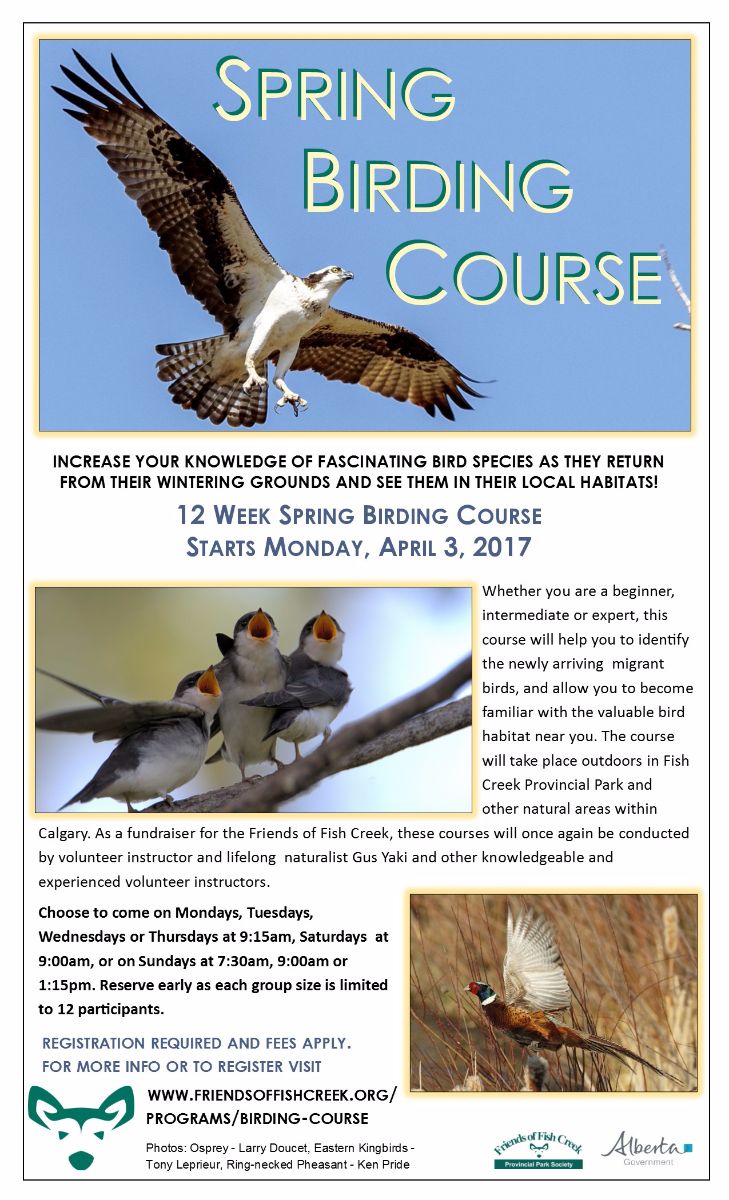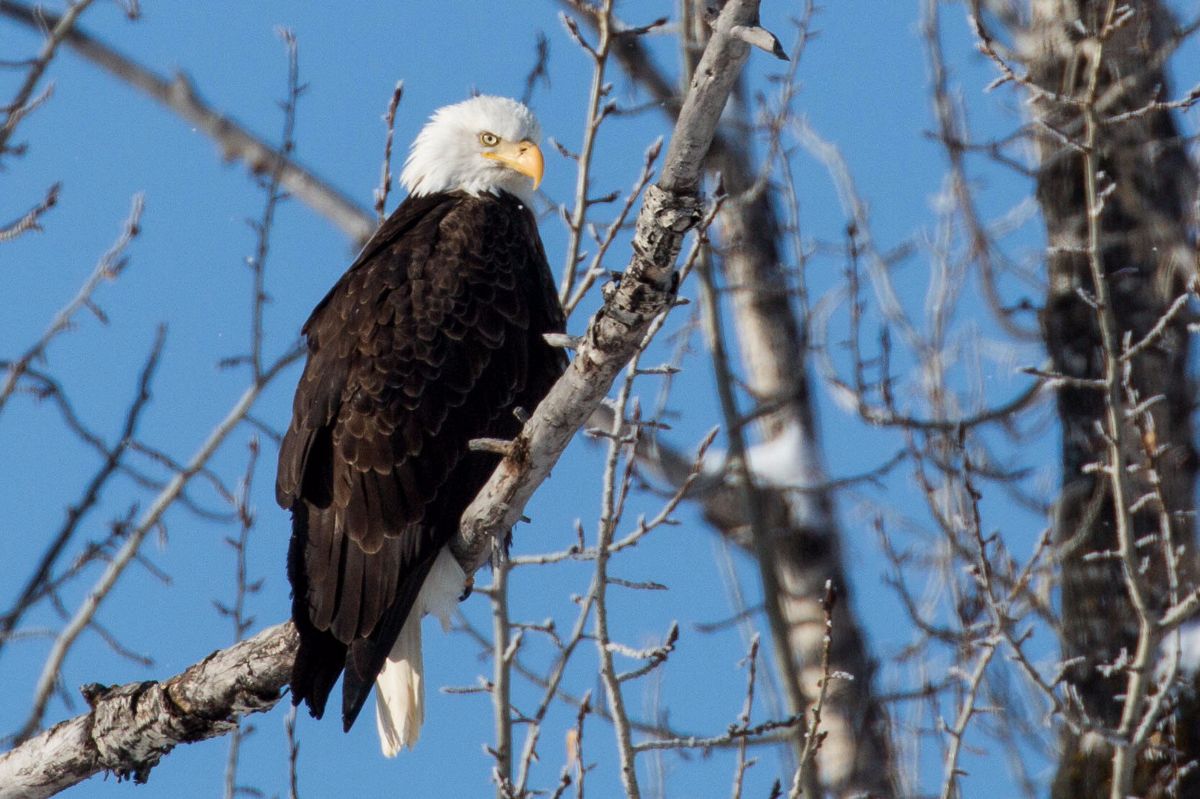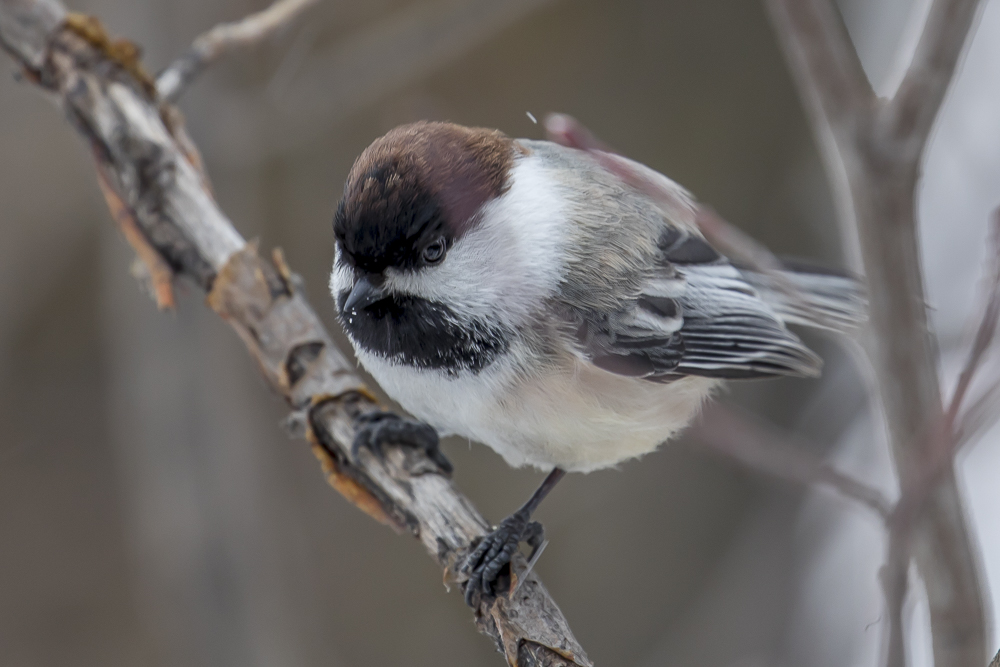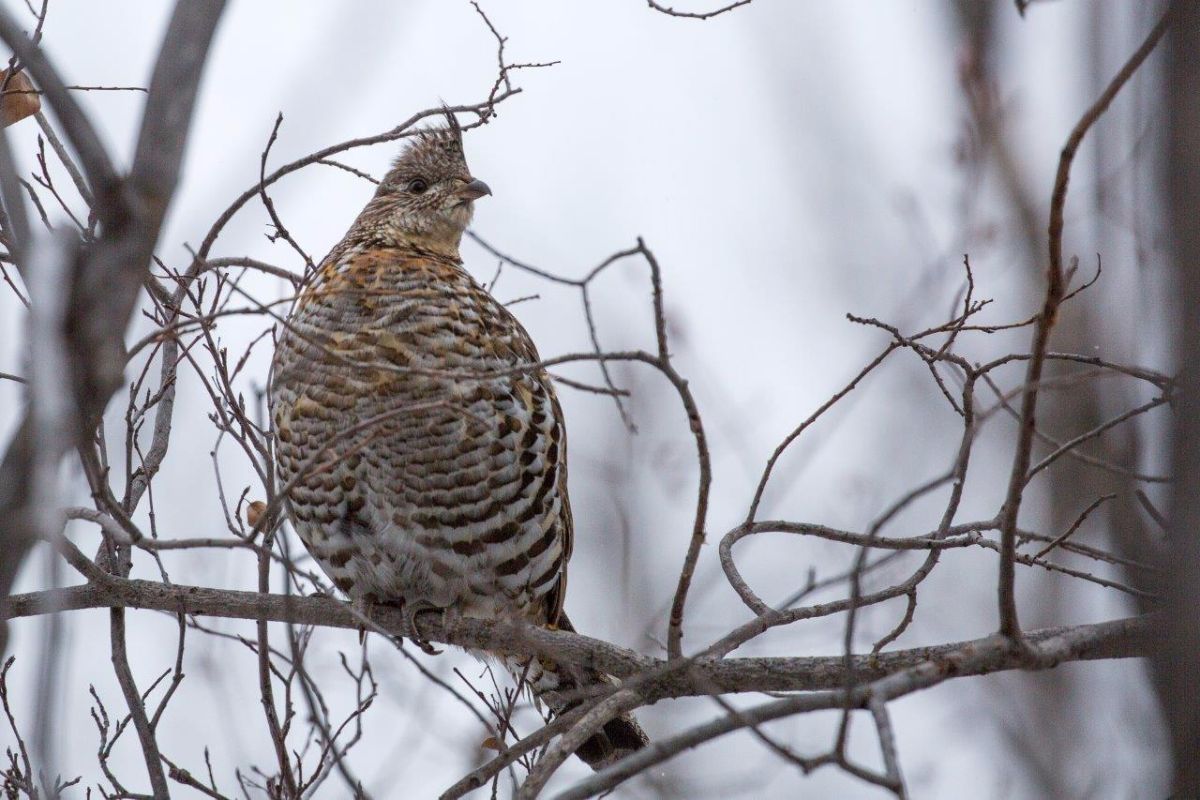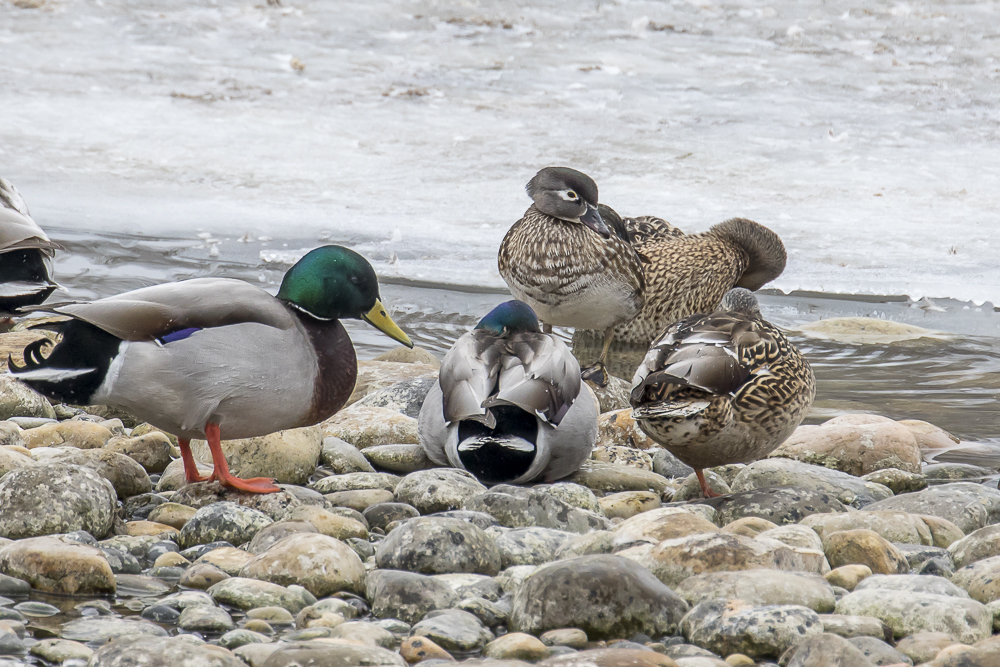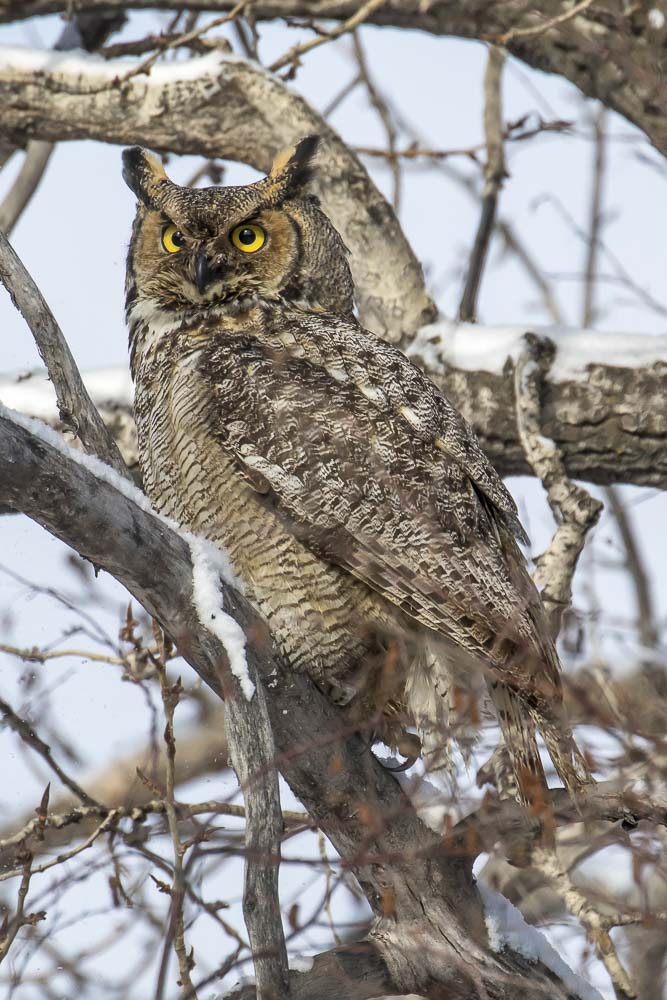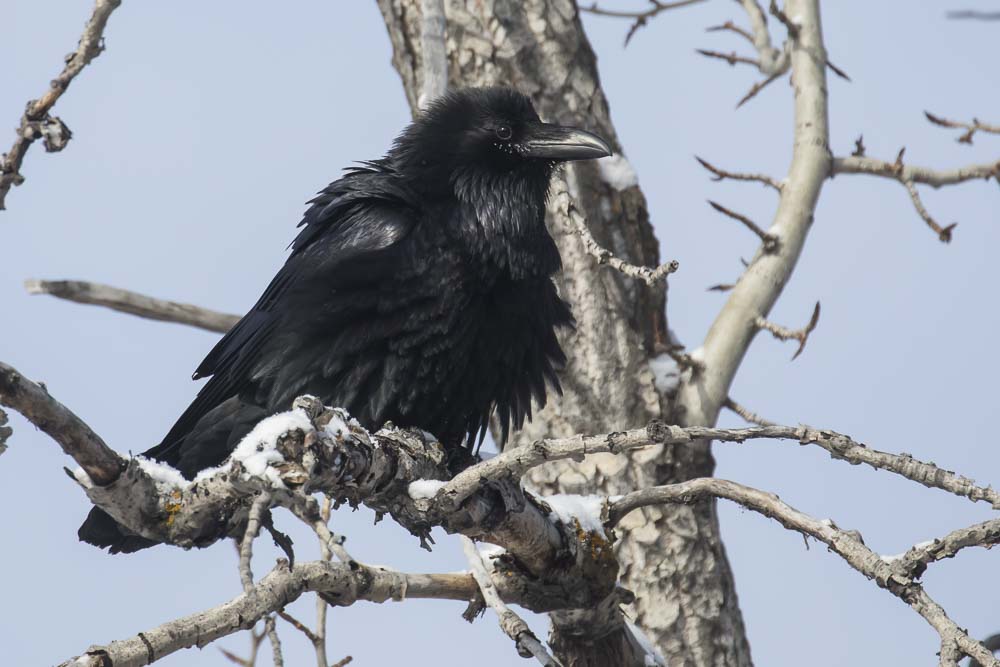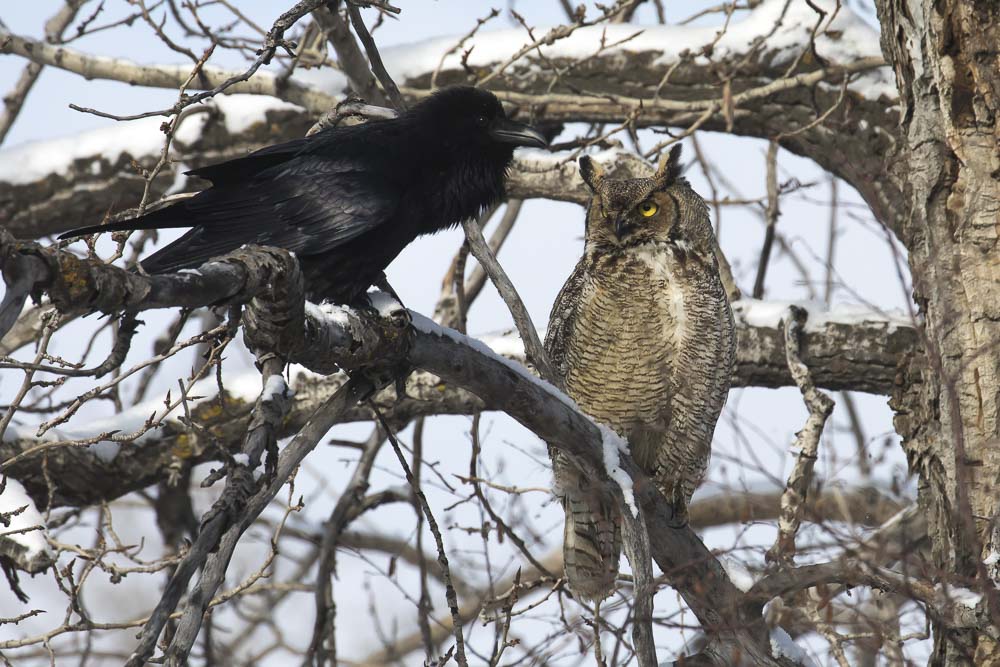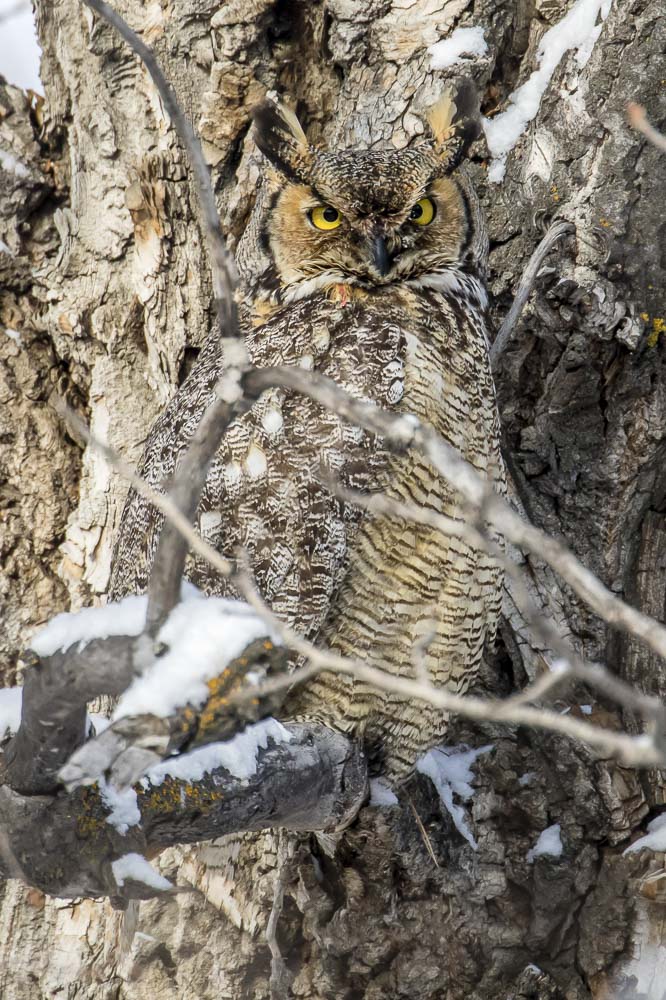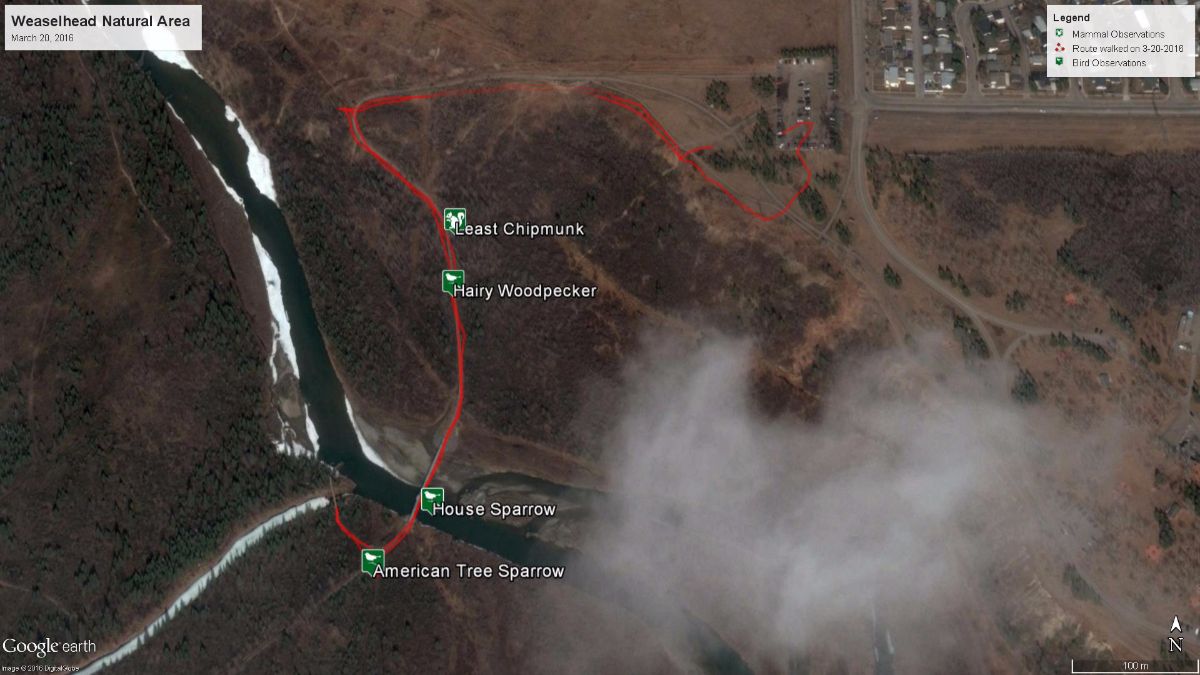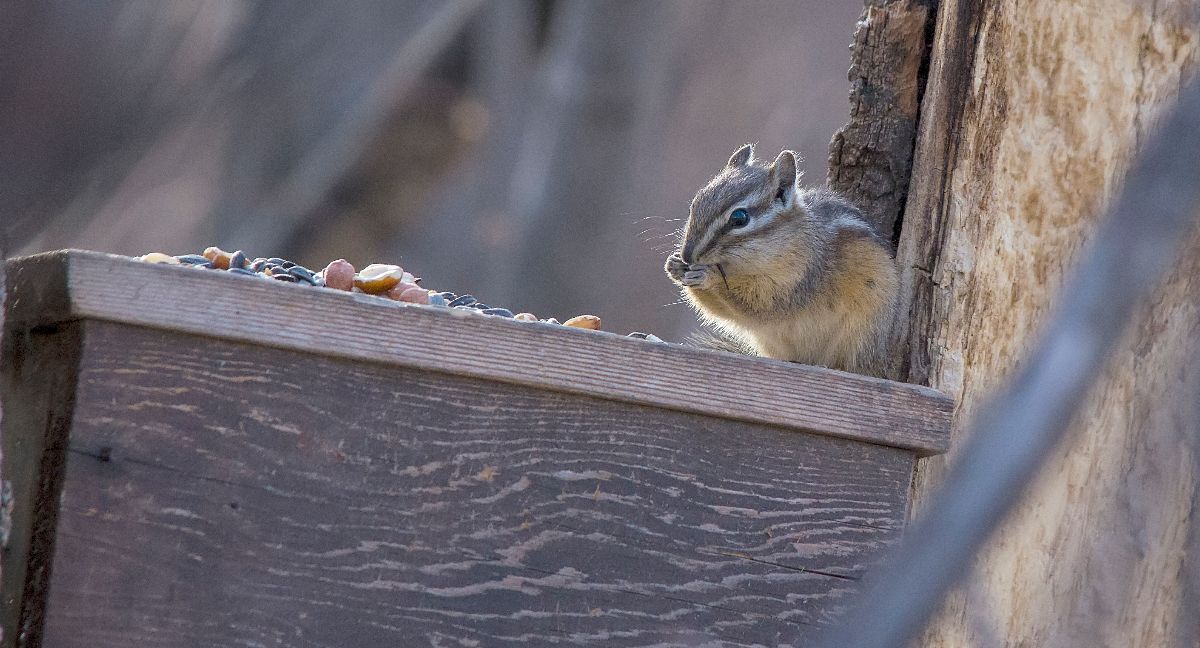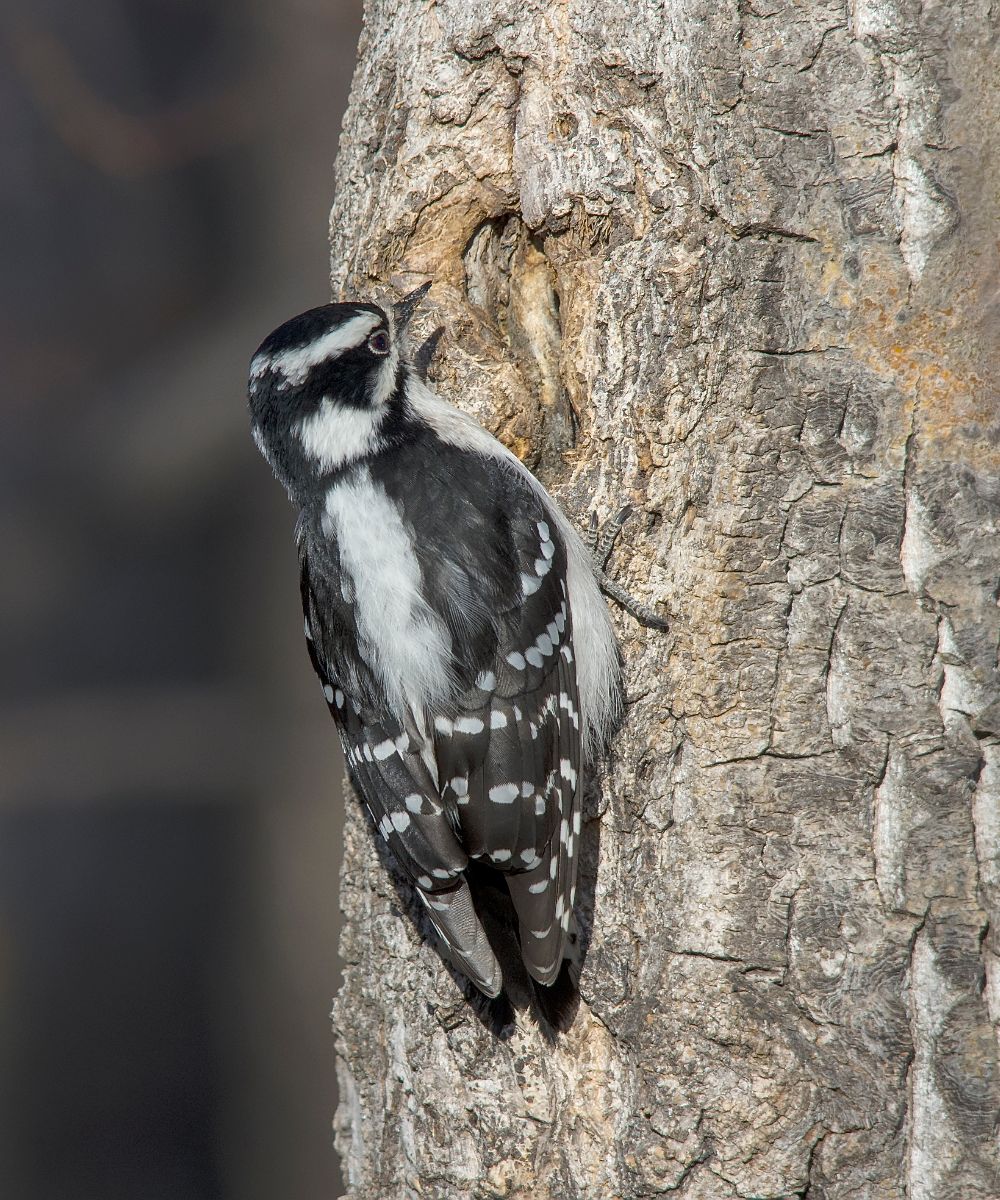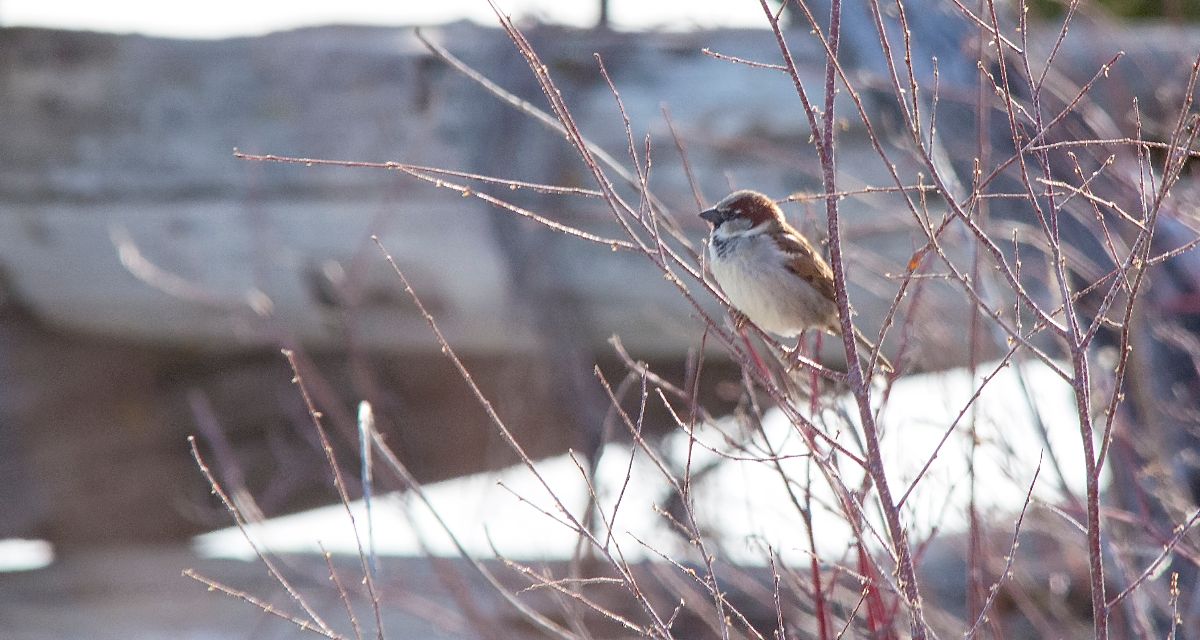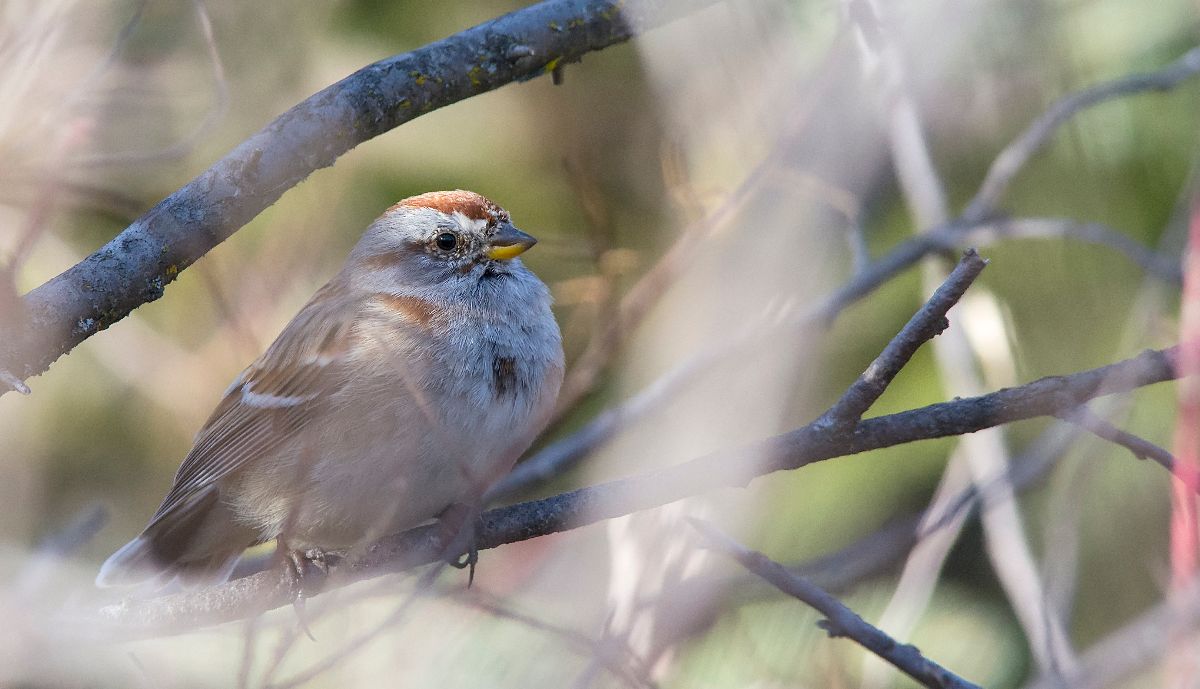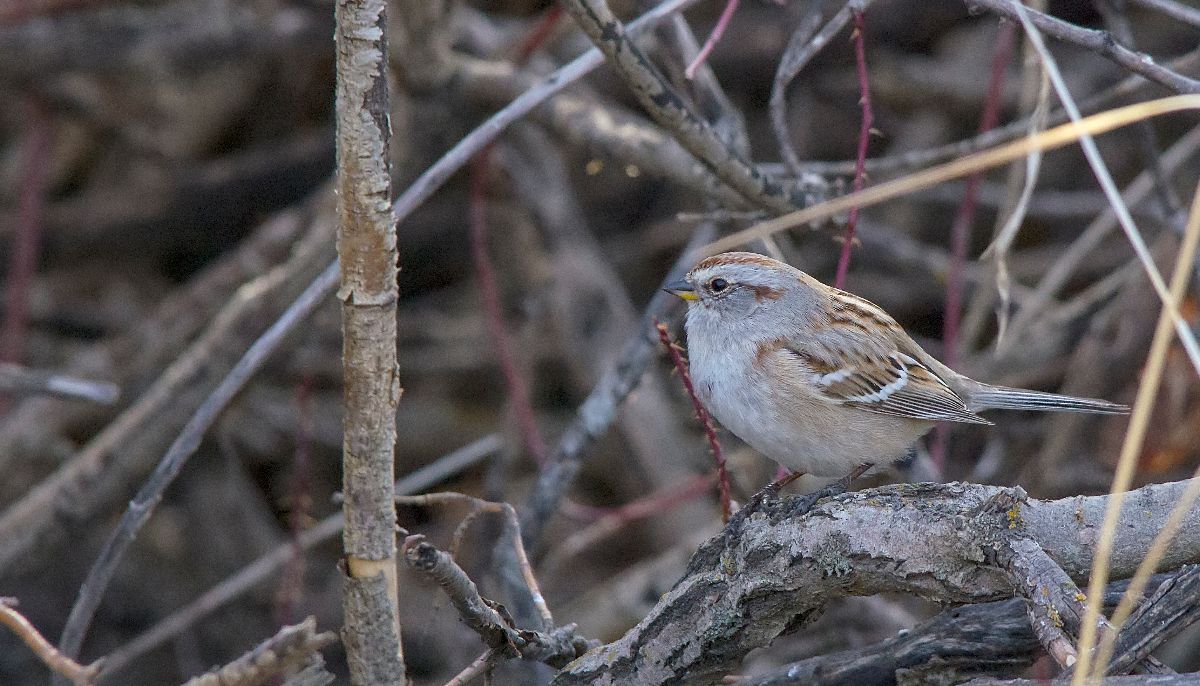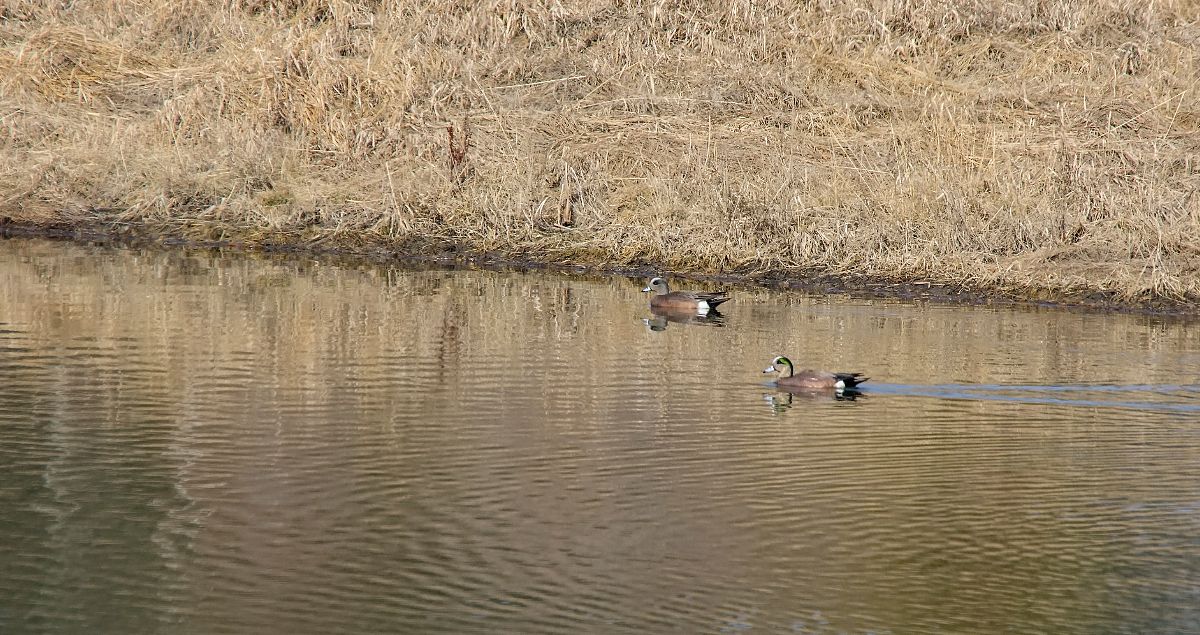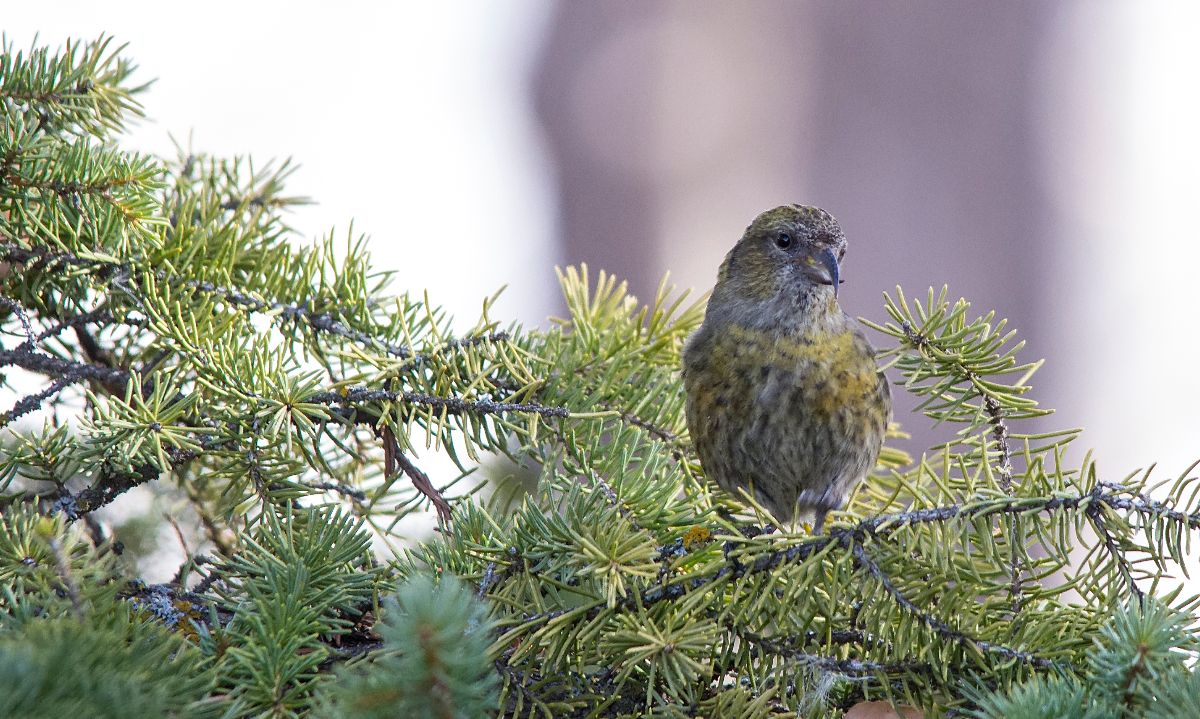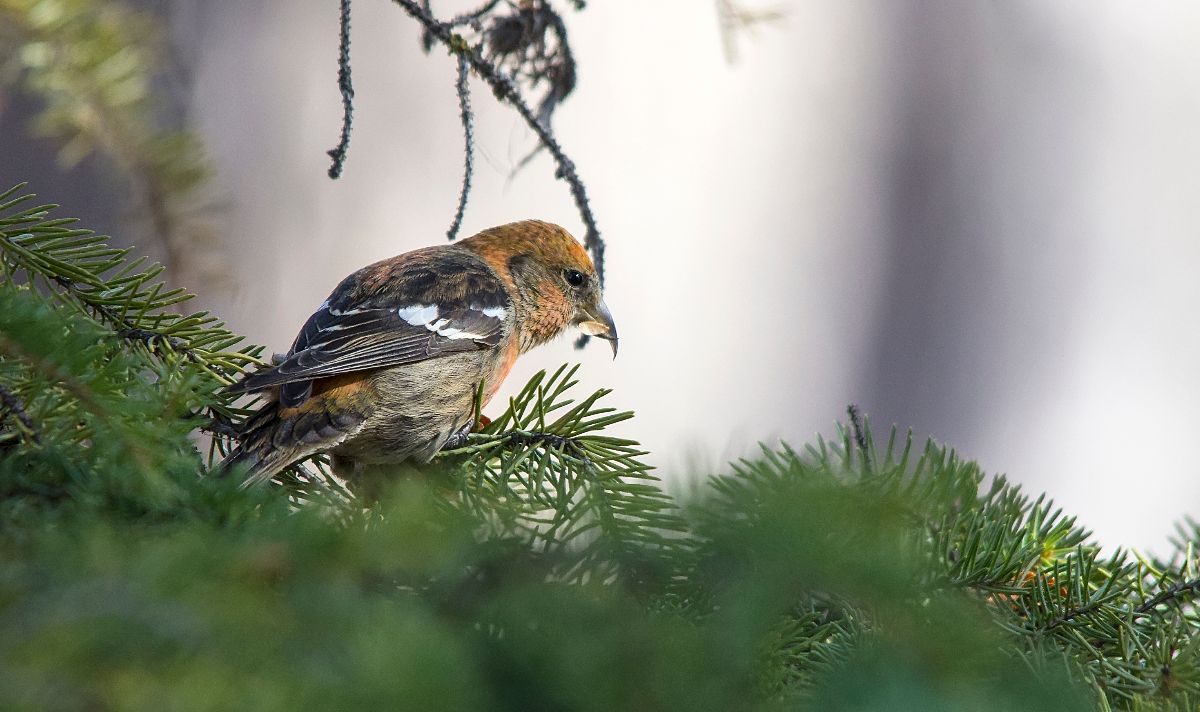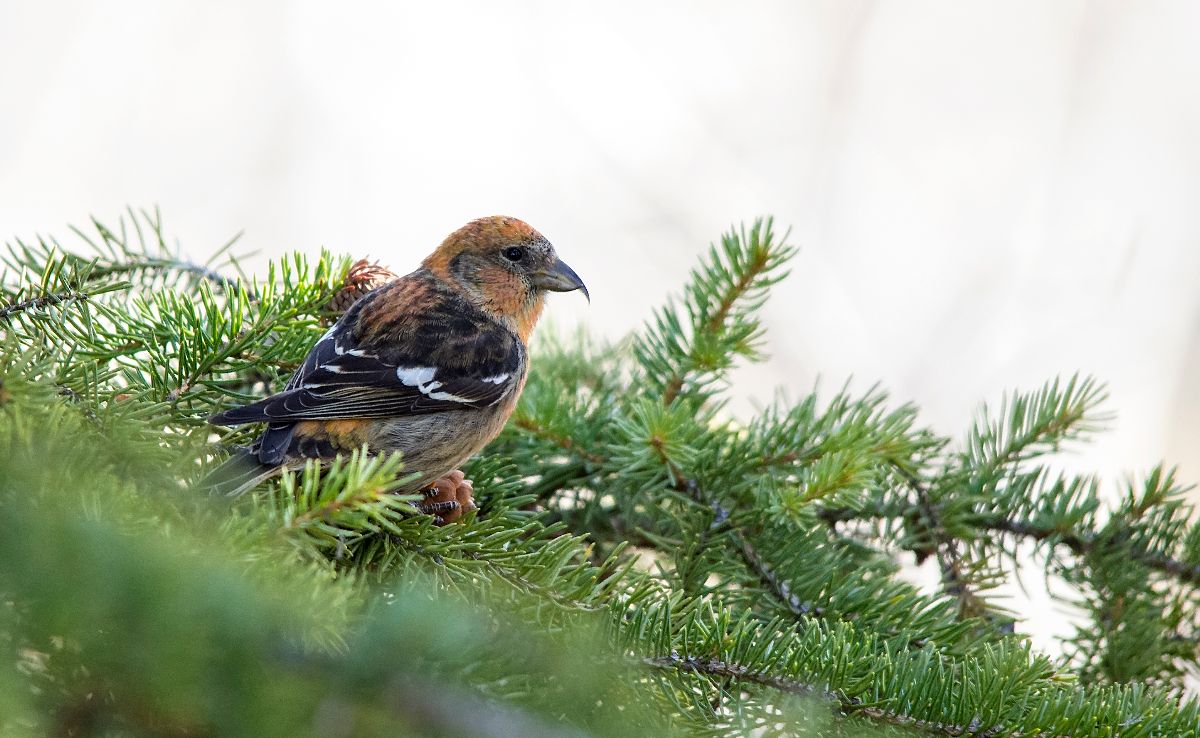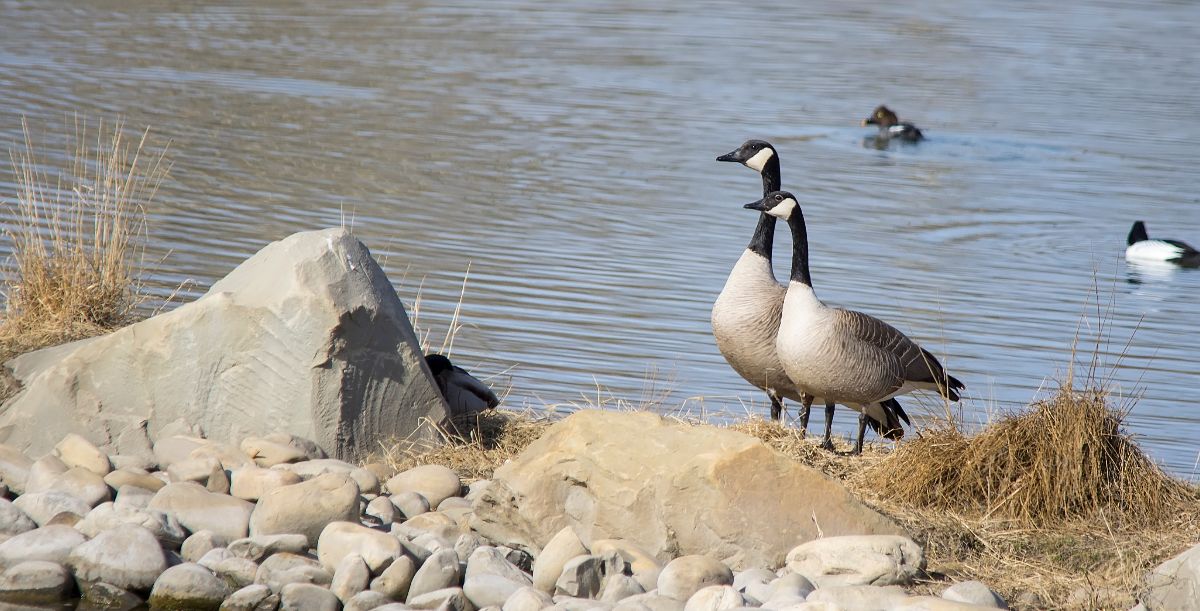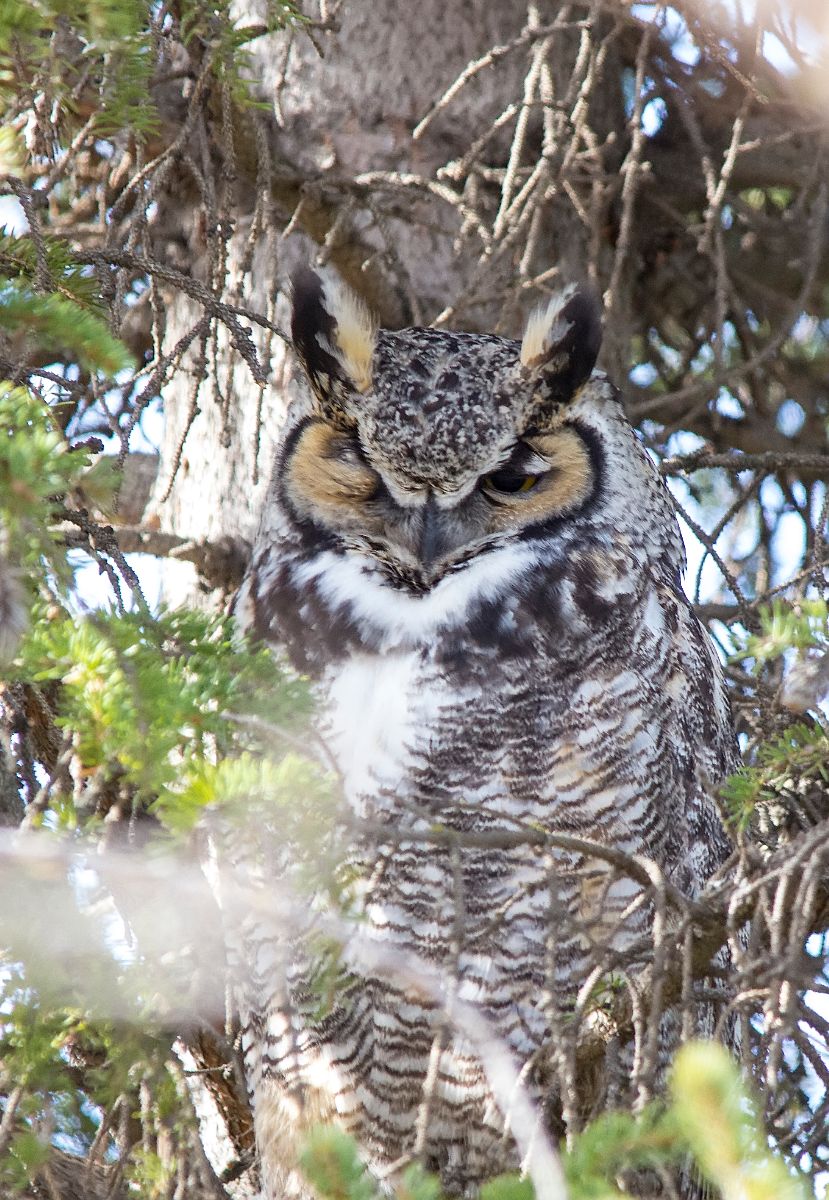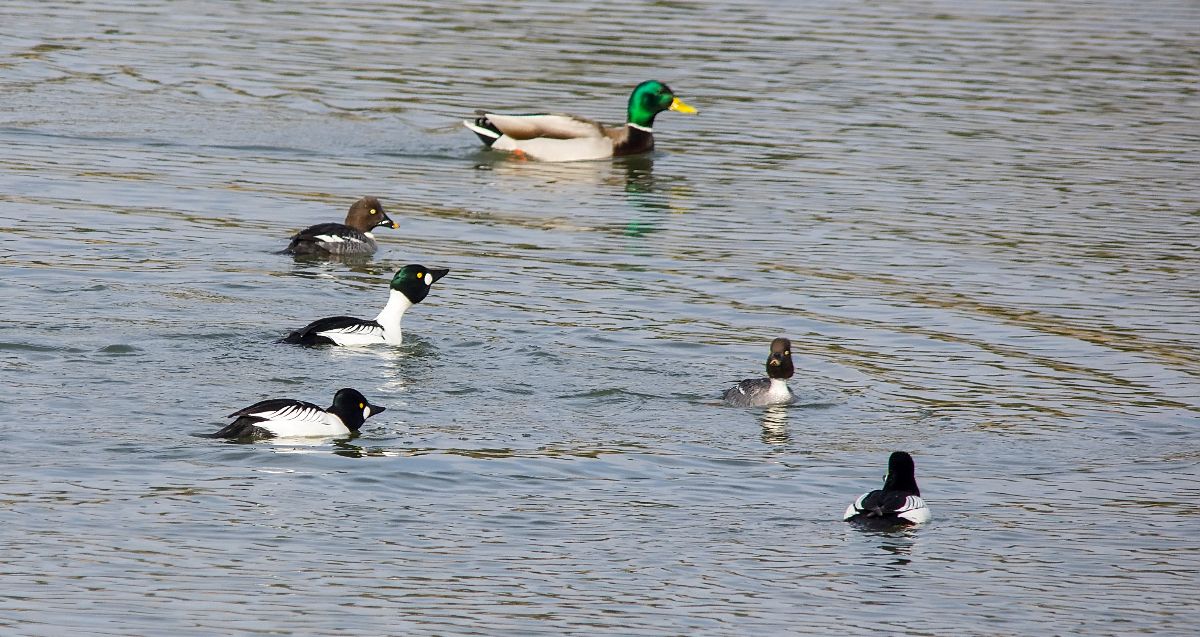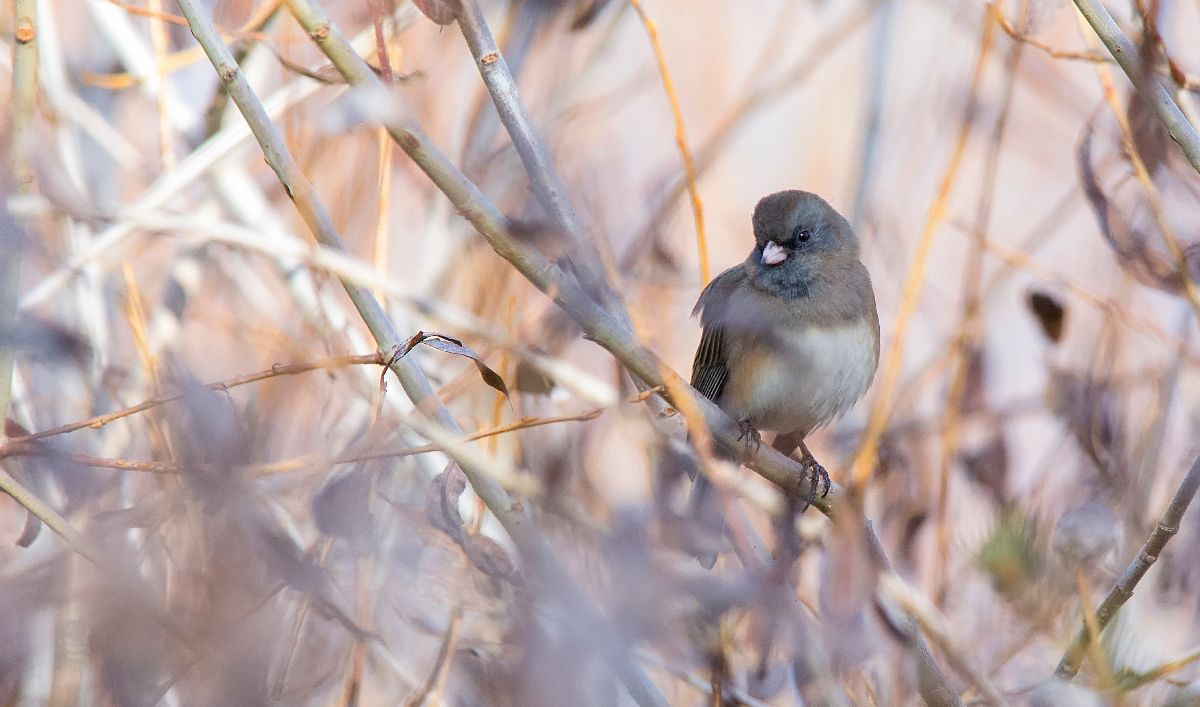Posted by Dan Arndt
The Western Headworks Canal (known to many of us simply as the Calgary Irrigation Canal, or Bow River Irrigation Canal) is an amazing area to bird any time from early spring all the way through to the beginning of autumn. The canal itself provides foraging and feeding opportunities to all varieties of dabbling ducks throughout the breeding season, while the established trees and shrubs along the edge of the canal are home to no end of songbird species throughout the year.
There is a very special time of year though, just after the first of October, when the Western Irrigation District stops drawing water from the Bow River and allows the canal to drain for the winter. It is at this time that the canal becomes prime feeding habitat for a few more exotic species. Unusual and rare gull species are often found among the flocking Ring-billed Gulls, late migrating shorebirds feed along the extensive mudflats, and the tail end of songbird migration can often bring exciting birds such as Rusty Blackbirds and the occasional Harris’ Sparrow along the edges of the canal. All of this excitement is over far too quickly for some as the water levels rapidly deplete over the course of the first two weeks following the drainage.
According to the Western Irrigation District website, “the Western Irrigation District provides irrigation water to over 400 farms and 96,000 acres of land, and supplies municipal water to over 12,000 people in four different communities through 1,200 km of canals and pipelines. Like other irrigation districts in Alberta, the WID operates under the rules and procedures of the Irrigation Districts Act. The WID is headquartered in Strathmore, Alberta, which is approximately 40 kilometers east of Calgary.”
On October 4th, I joined the Friends of Fish Creek to walk the canal a few days after it had begun draining. For one reason or another, this year seemed to have fewer birds than I remember in the past, and the water seemed much lower this early on than previously. That said, the walk started off on a high note while I watched this Northern Flicker feeding on berries in a shrub while I waited for the group.
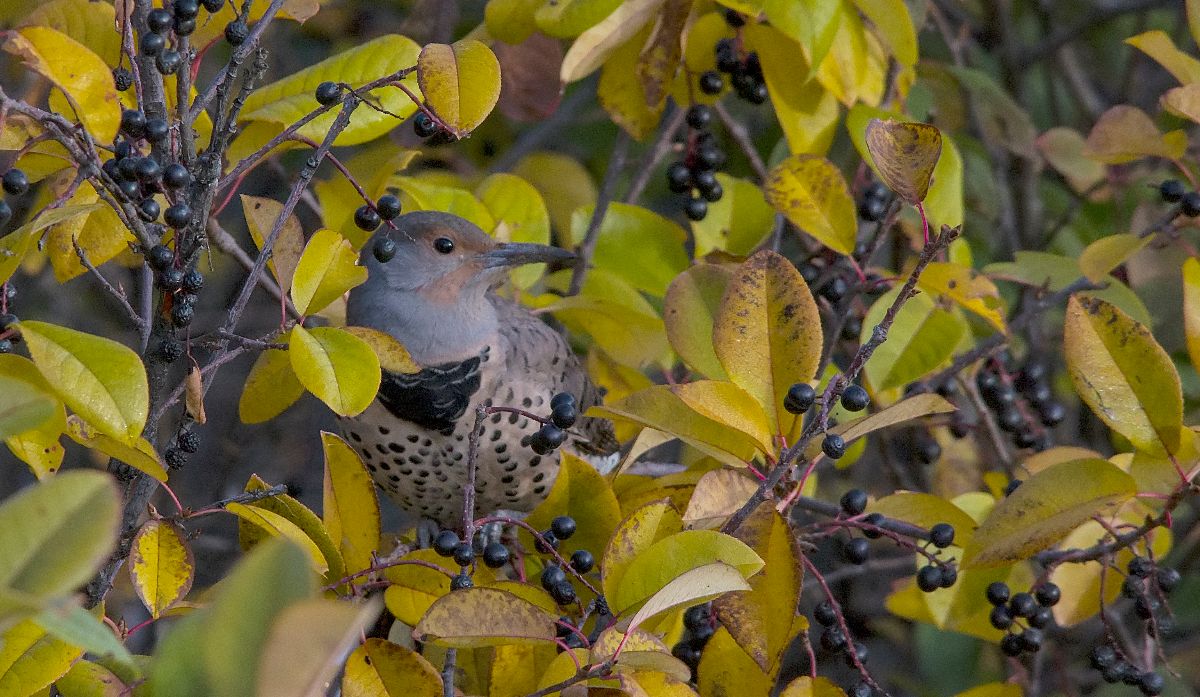
Northern Flicker
[exif id=”16160″]
Almost immediately upon reaching the edge of the canal, we began seeing some of the diverse assemblage of waterfowl that feed along the canal. The most common of course was the Mallard, with almost all of the males having returned to their brilliant green-headed breeding plumage.
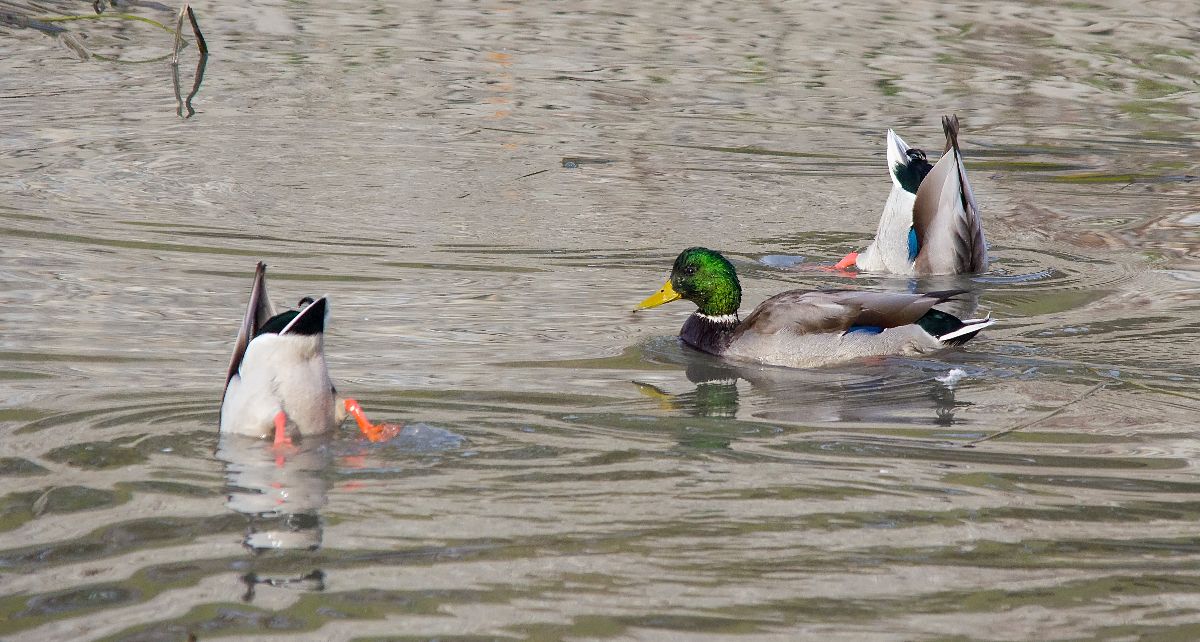
Mallard
[exif id=”16170″]
A lone female American Wigeon dabbled in the shallow water, barely lifting her head to check us out as we walked by.
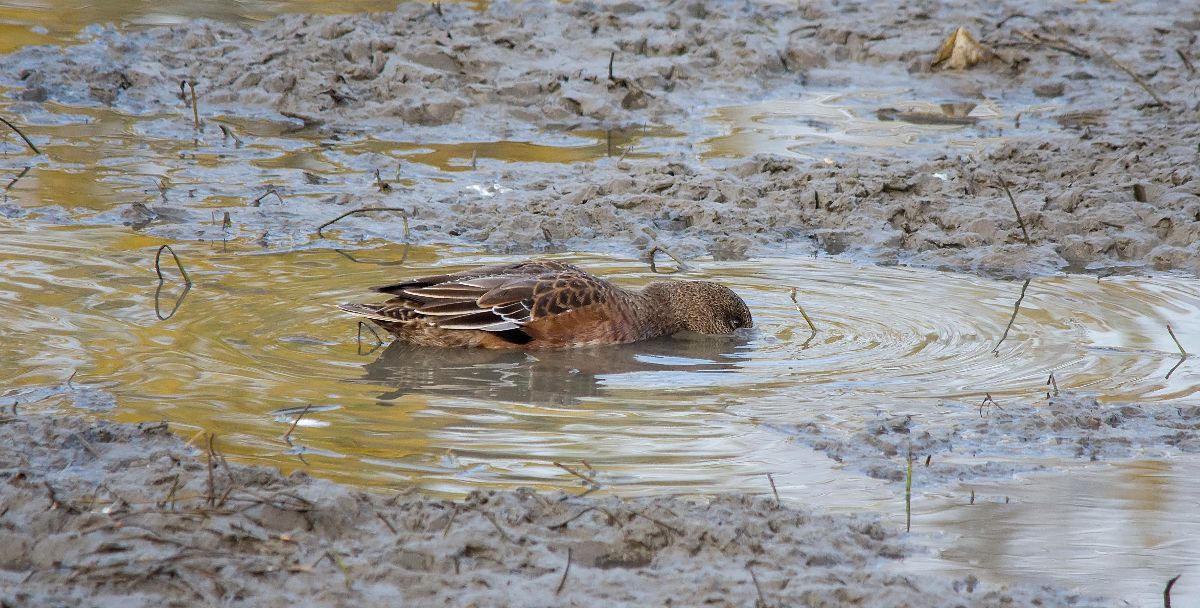
female American Wigeon
[exif id=”16158″]
A little further on, a pair of female Northern Shoveler floated by, followed closely by a pair of female Green-winged Teal.
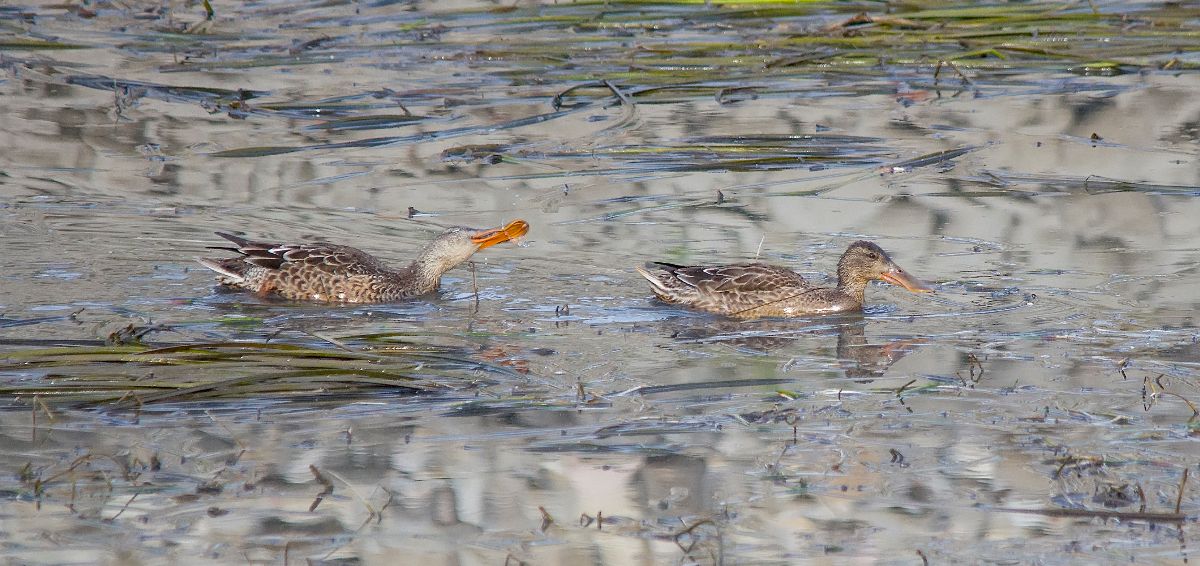
female Northern Shovelers
[exif id=”16173″]
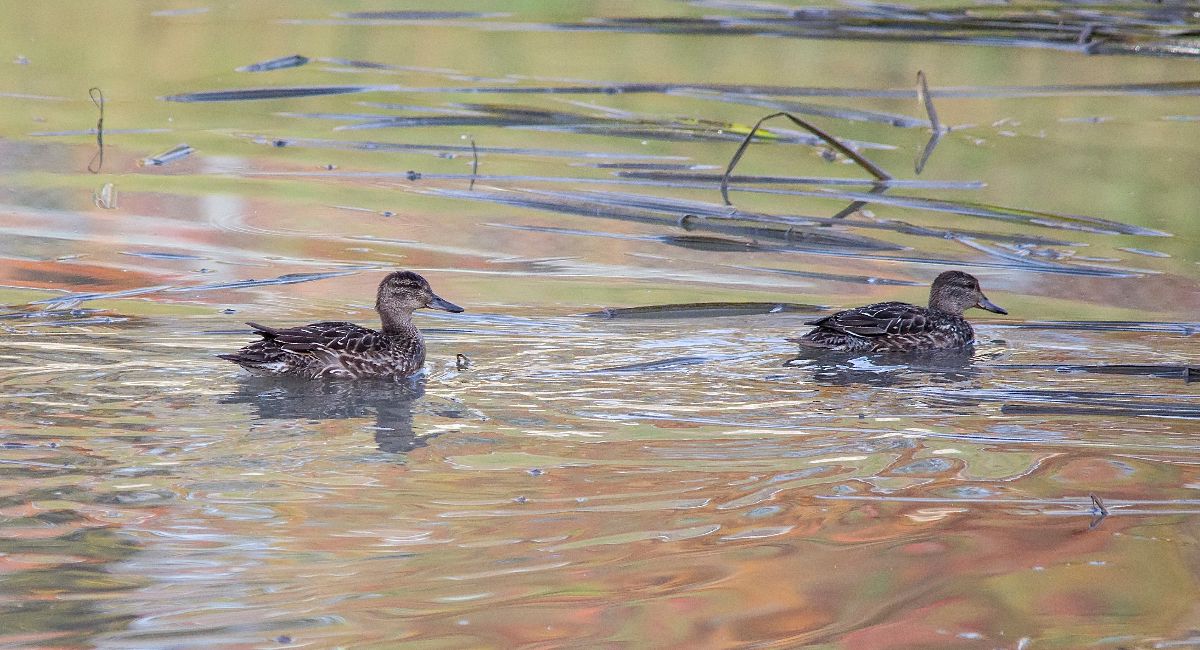
female Green-winged Teal
[exif id=”16172″]
The highlight of the waterfowl though are always the Wood Ducks. A fair number of them were found feeding along the canal early in the walk. As we continued down the canal, something spooked them and they flew up the canal and our of sight. These birds are likely from the same stock found at the Inglewood Bird Sanctuary, where they are known to breed each year.
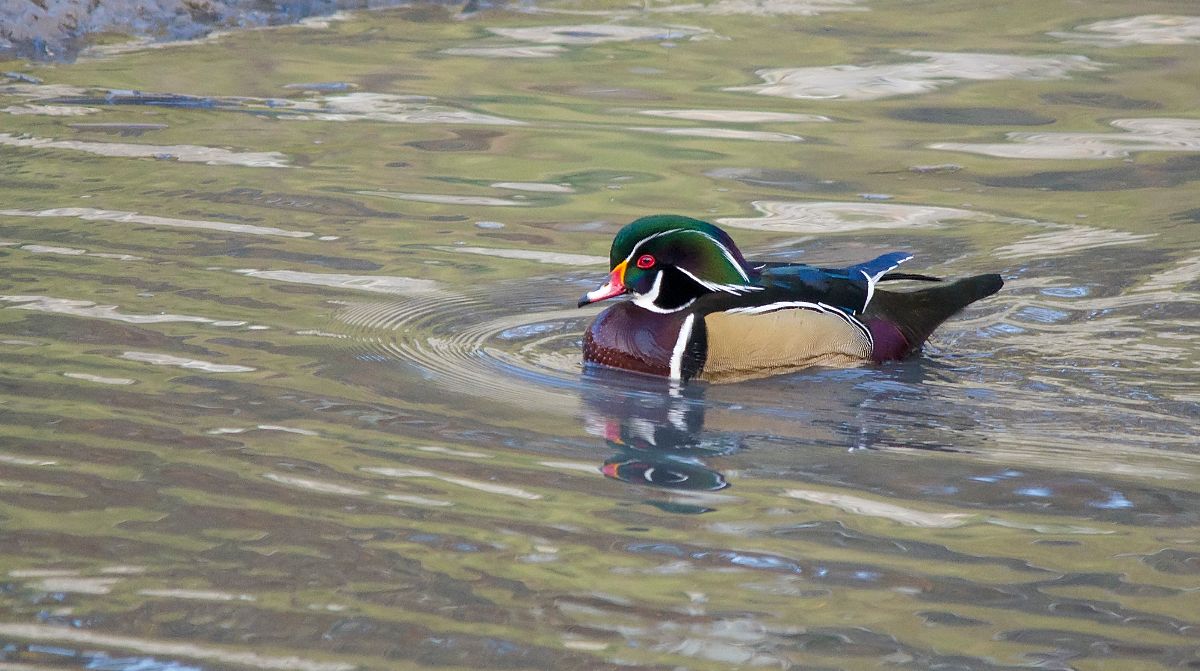
male Wood Duck
[exif id=”16159″]
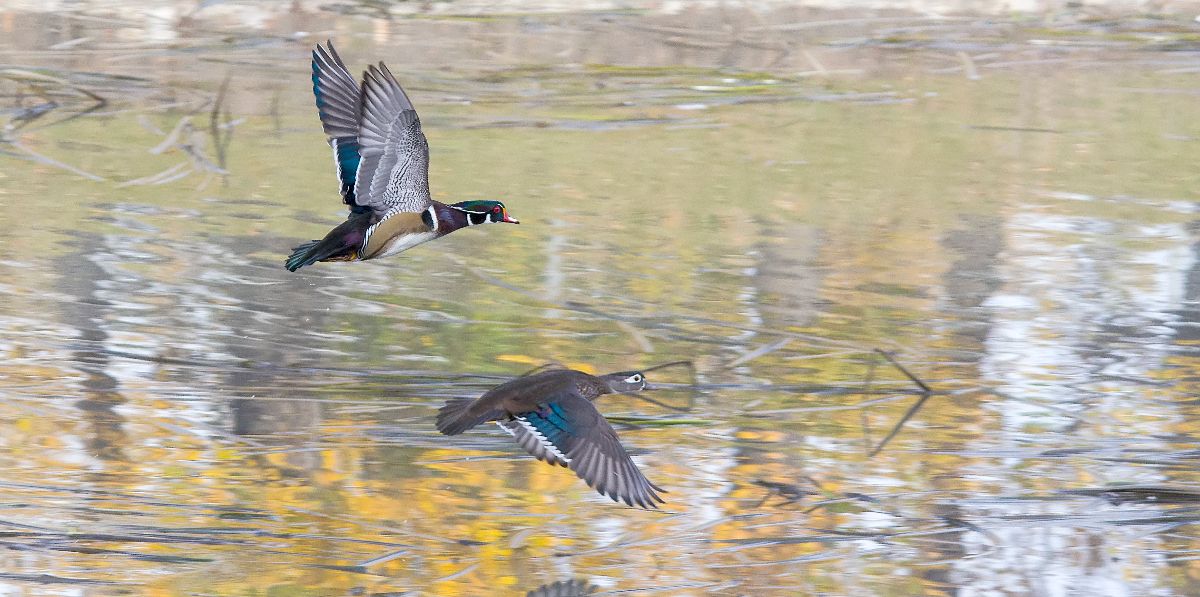
male and female Wood Ducks
[exif id=”16171″]
It’s always a bit of a surprise to see what shorebirds we can find down along the canal. It’s one of the best places to get good, close looks at Greater Yellowlegs, often in large numbers.
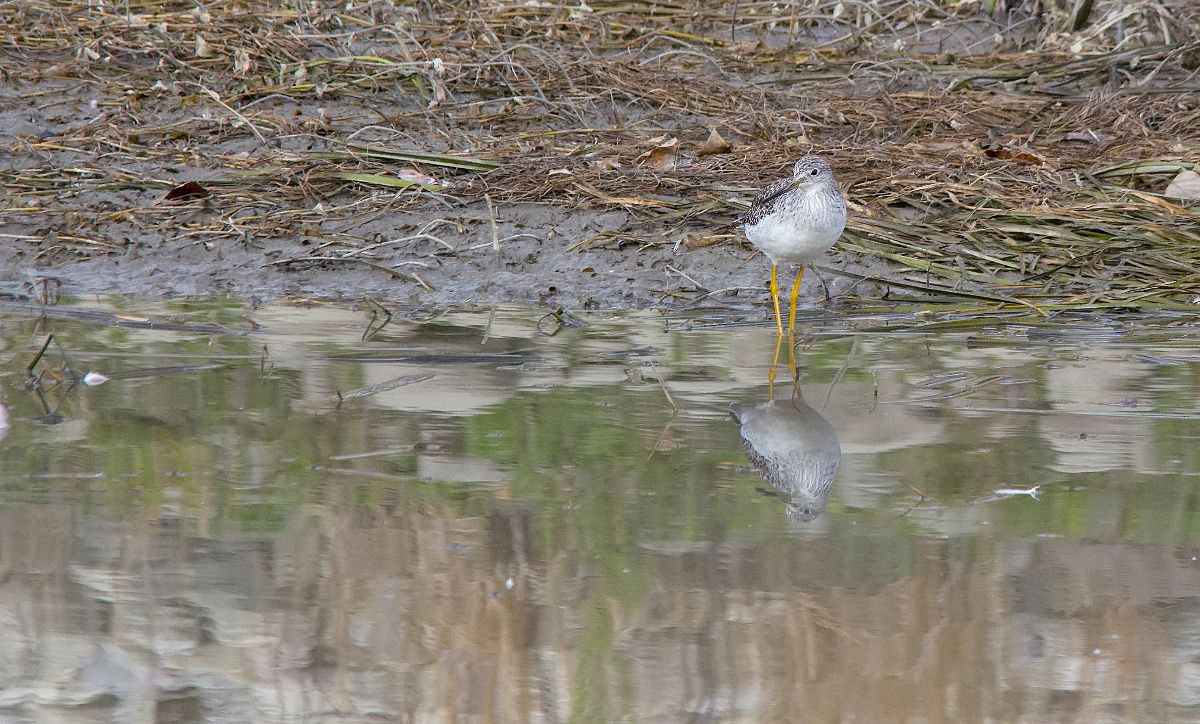
Greater Yellowlegs
[exif id=”16165″]
Less often though do we get Wilson’s Snipe. This year there seemed to be more than a few feeding along the canal.
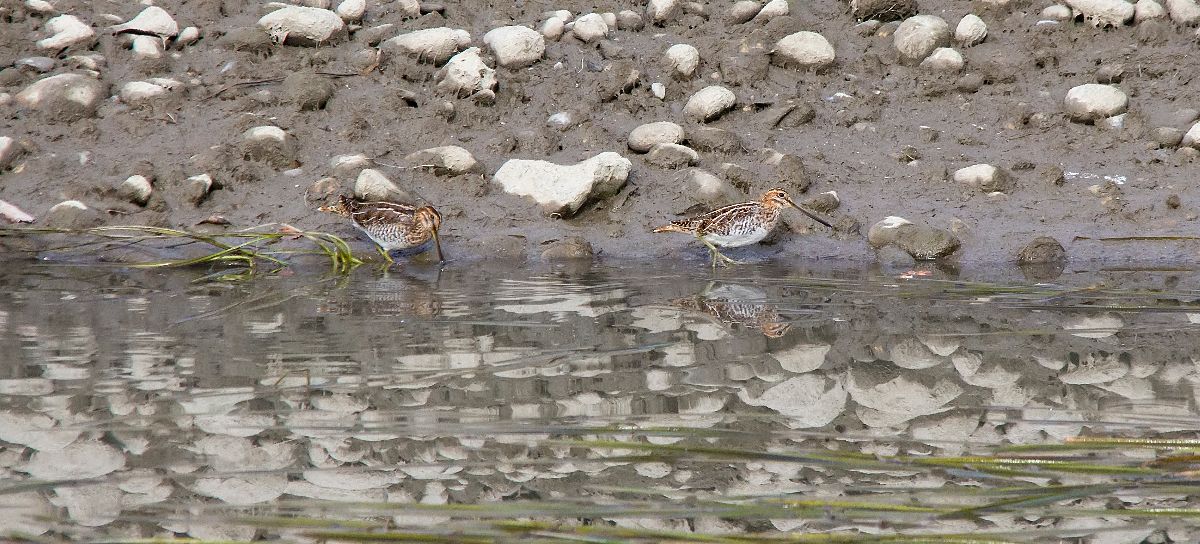
Wilson’s Snipe
[exif id=”16167″]
It was a little later on that we got a good look at what may have flushed the Wood Ducks earlier in the day. This female Merlin swooped in and perched in the trees right above us for a few moments before flying on and continuing her hunt.
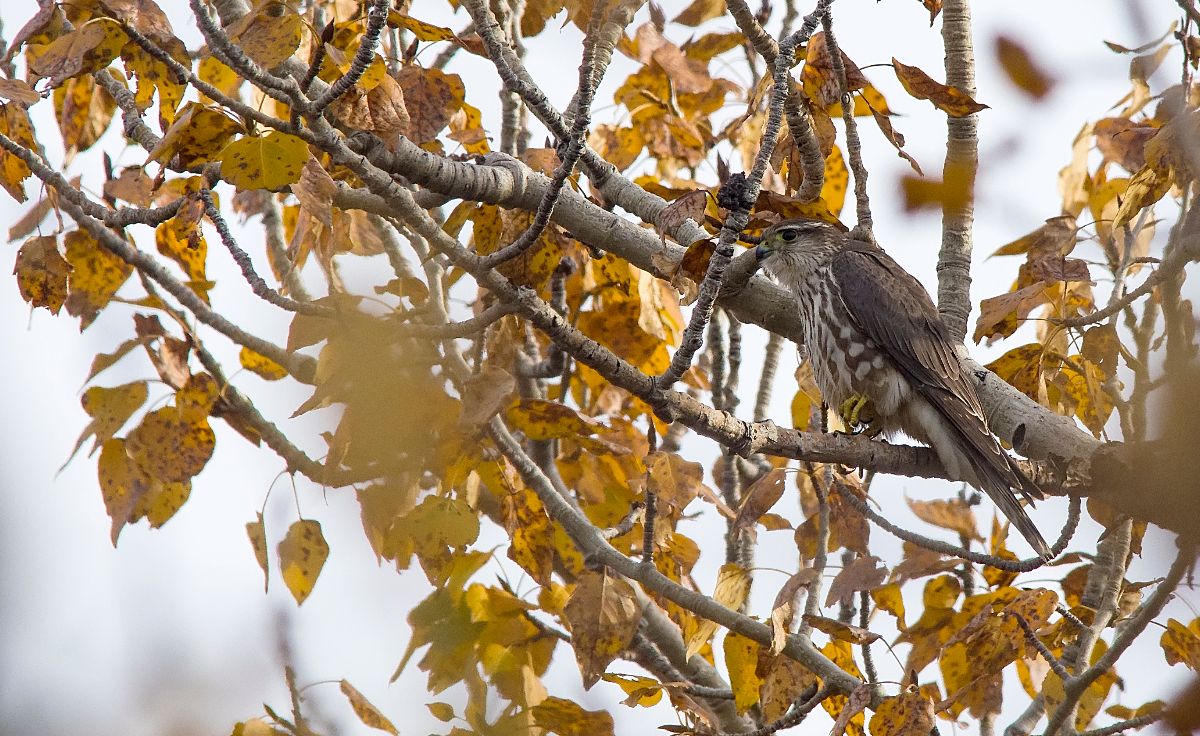
female Merlin
[exif id=”16169″]
There is one major benefit to the large numbers of Rock Pigeons that take residence in our urban centers here in southern Alberta, but it’s never a pretty sight to see. They make a great meal for any number of hawks, falcons, eagles and owls. Every once in a while though, one of these raptors gets chased off a fresh kill by a family of corvids. It is quite possible that this was a kill stolen from our female Merlin above, or from the Sharp-shinned Hawk that as giving us continuous fly-bys all morning.
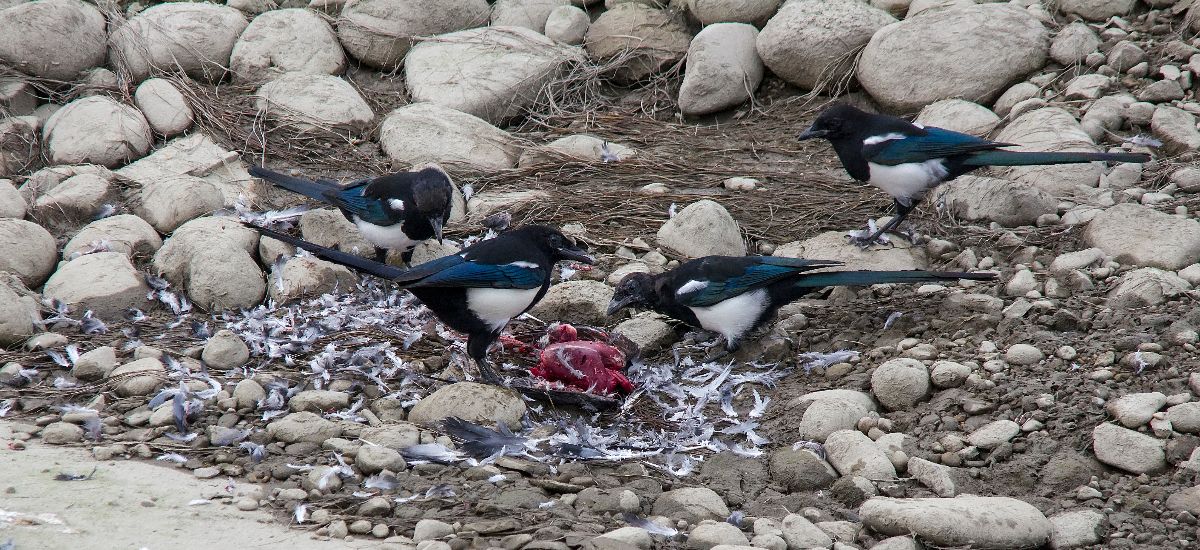
Black-billed Magpies scavenging Rock Pigeon remains
[exif id=”16164″]
While we kept our ears and eyes sharply focused on the shrubs nearby, and our alertness really paid off. We heard a handful of American Tree Sparrows, saw few Dark-eyed Juncos, and caught decent looks at what are likely to be our last Yellow-rumped Warblers for the year.
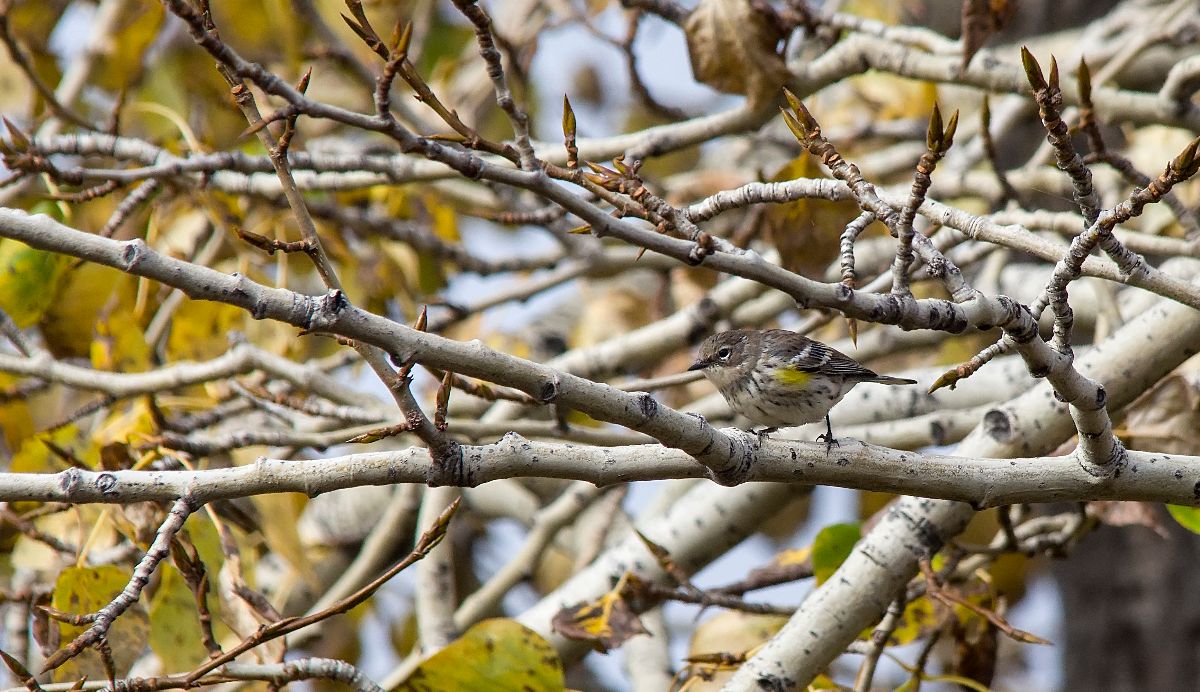
Yellow-rumped Warbler
[exif id=”16162″]
It always pays off to check out the gulls down on the canal though. As we walked the canal, we found hundreds of Ring-billed Gulls feeding in the shallow water.
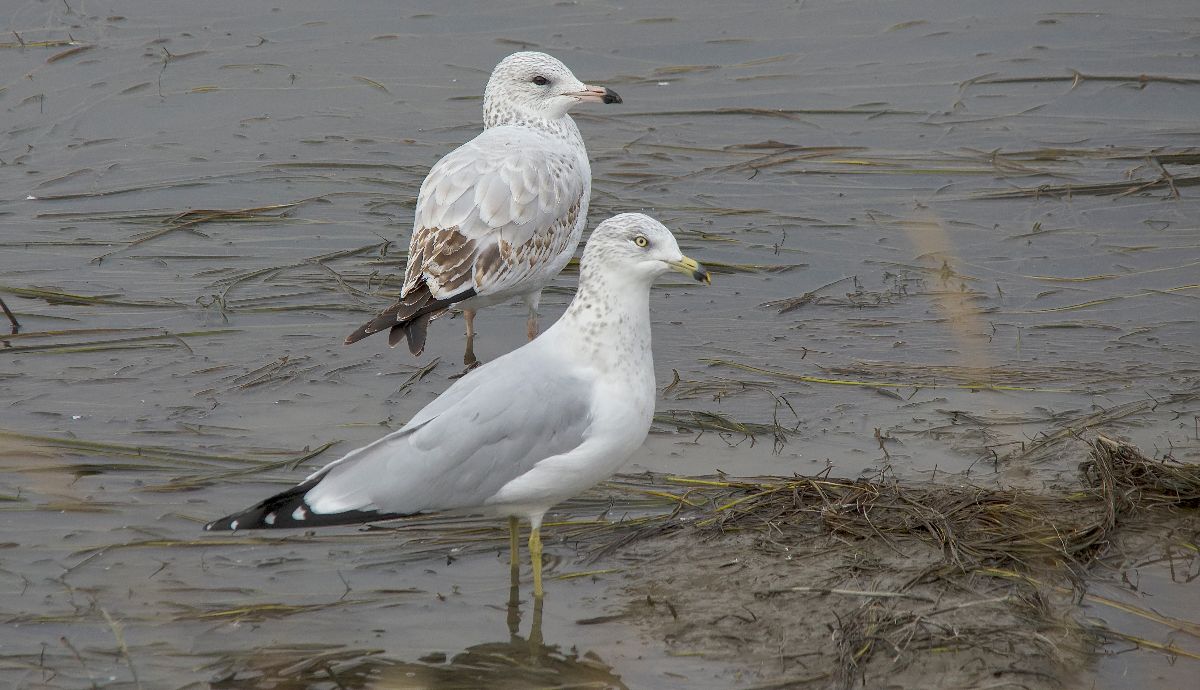
immature (back) and adult (fore) Ring-billed Gull
[exif id=”16163″]
One of our sharp-eyed participants pointed out this little Mew Gull all by itself. They feed a little bit differently than Ring-billed Gulls tend to, but the real differences are the major field marks. You might note the plain yellow bill, smaller, rounded head, and overall “softer” features than the Ring-billed Gulls above.
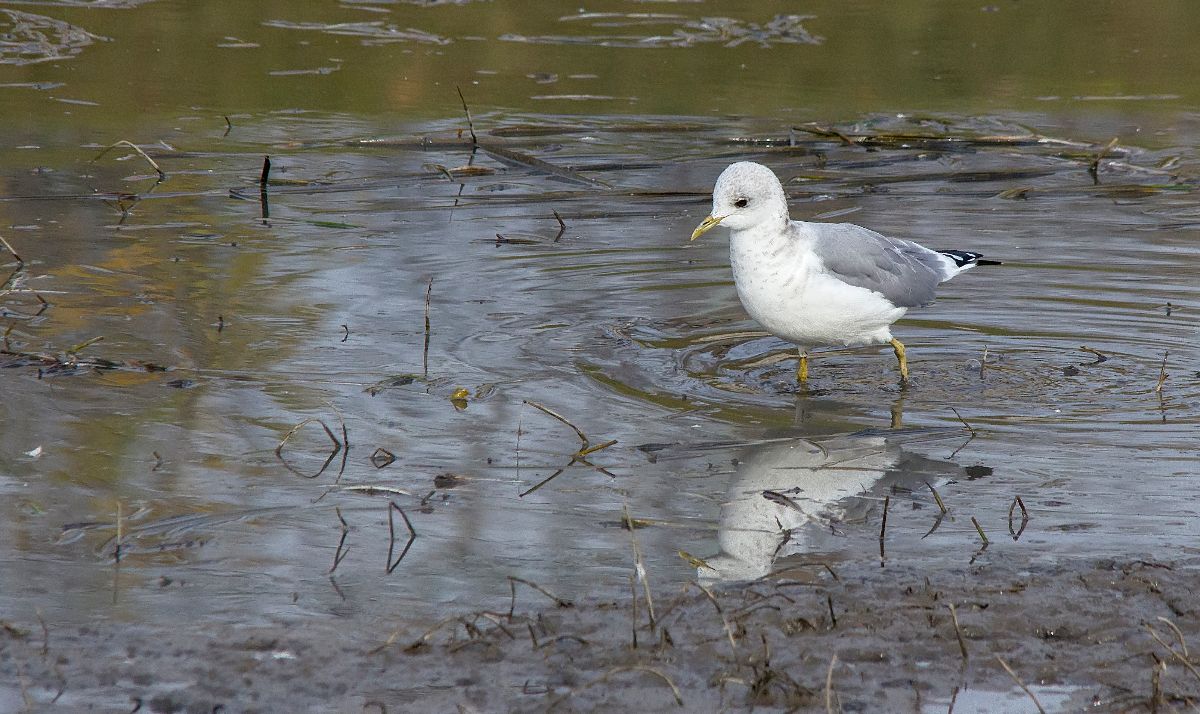
Mew Gull
[exif id=”16168″]
